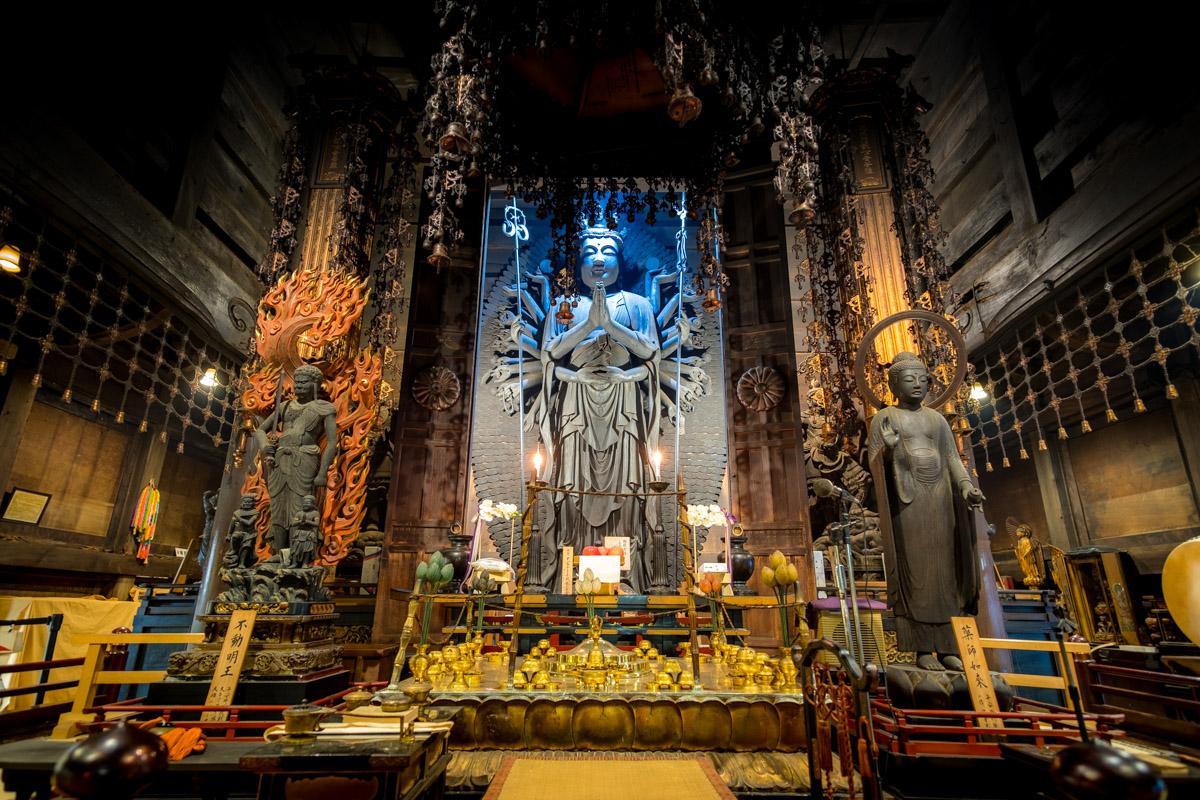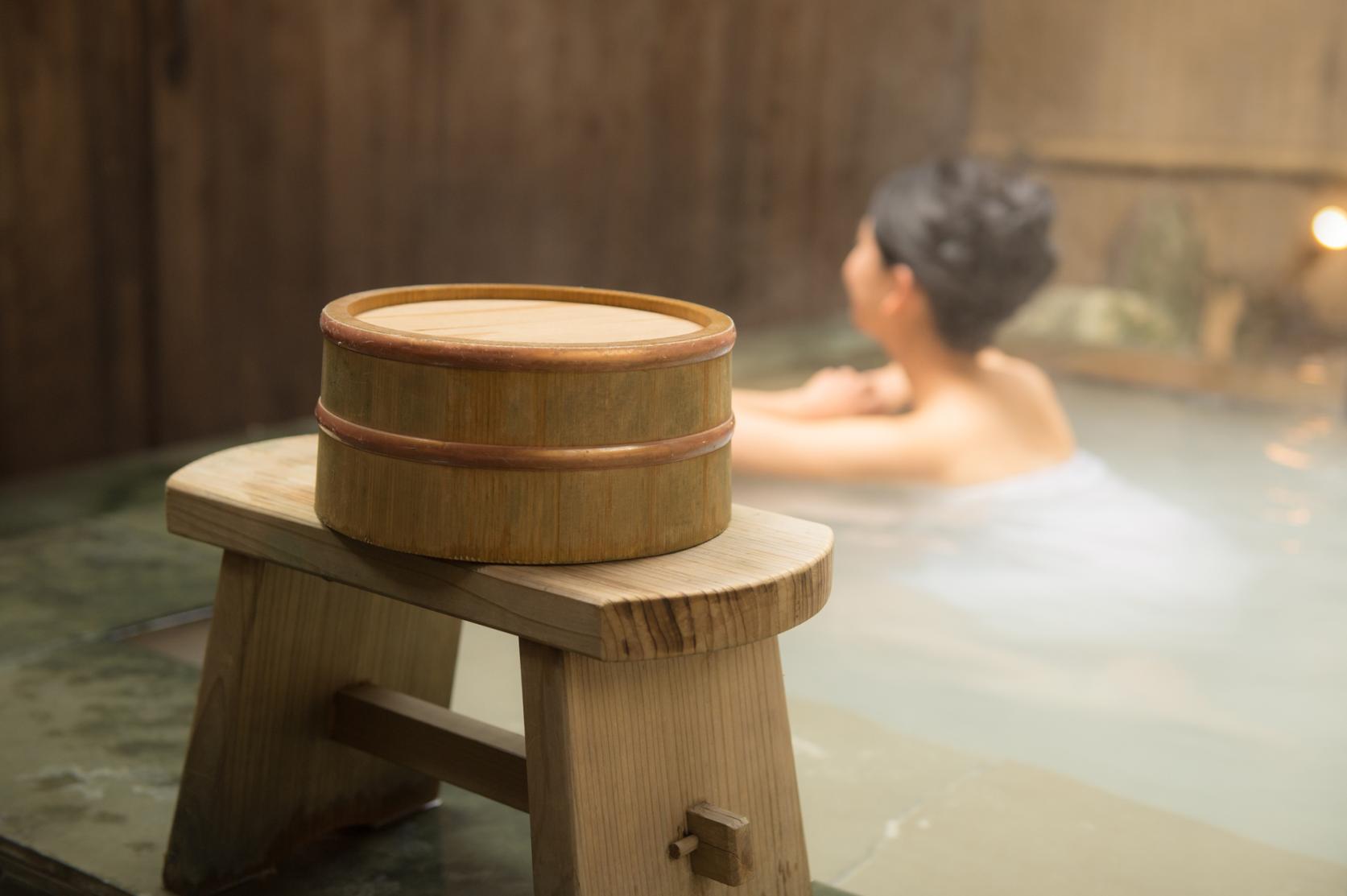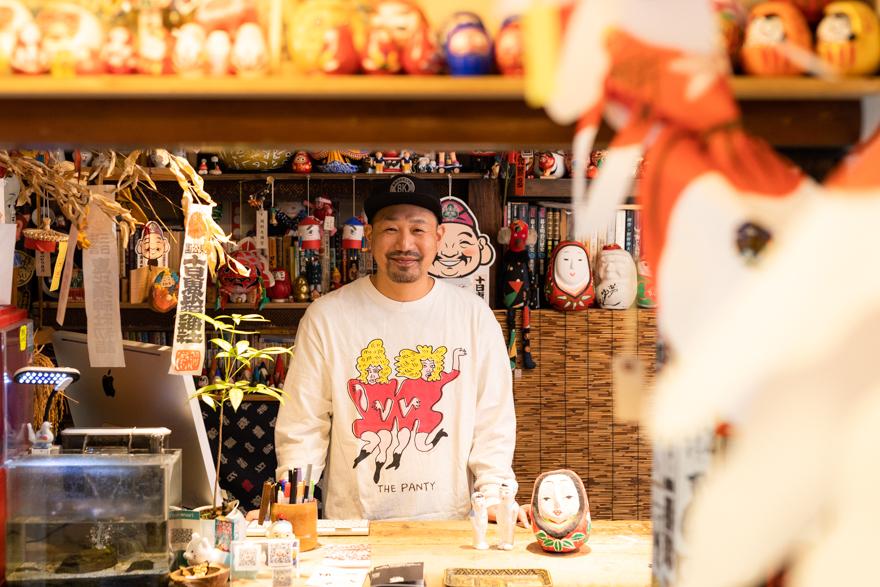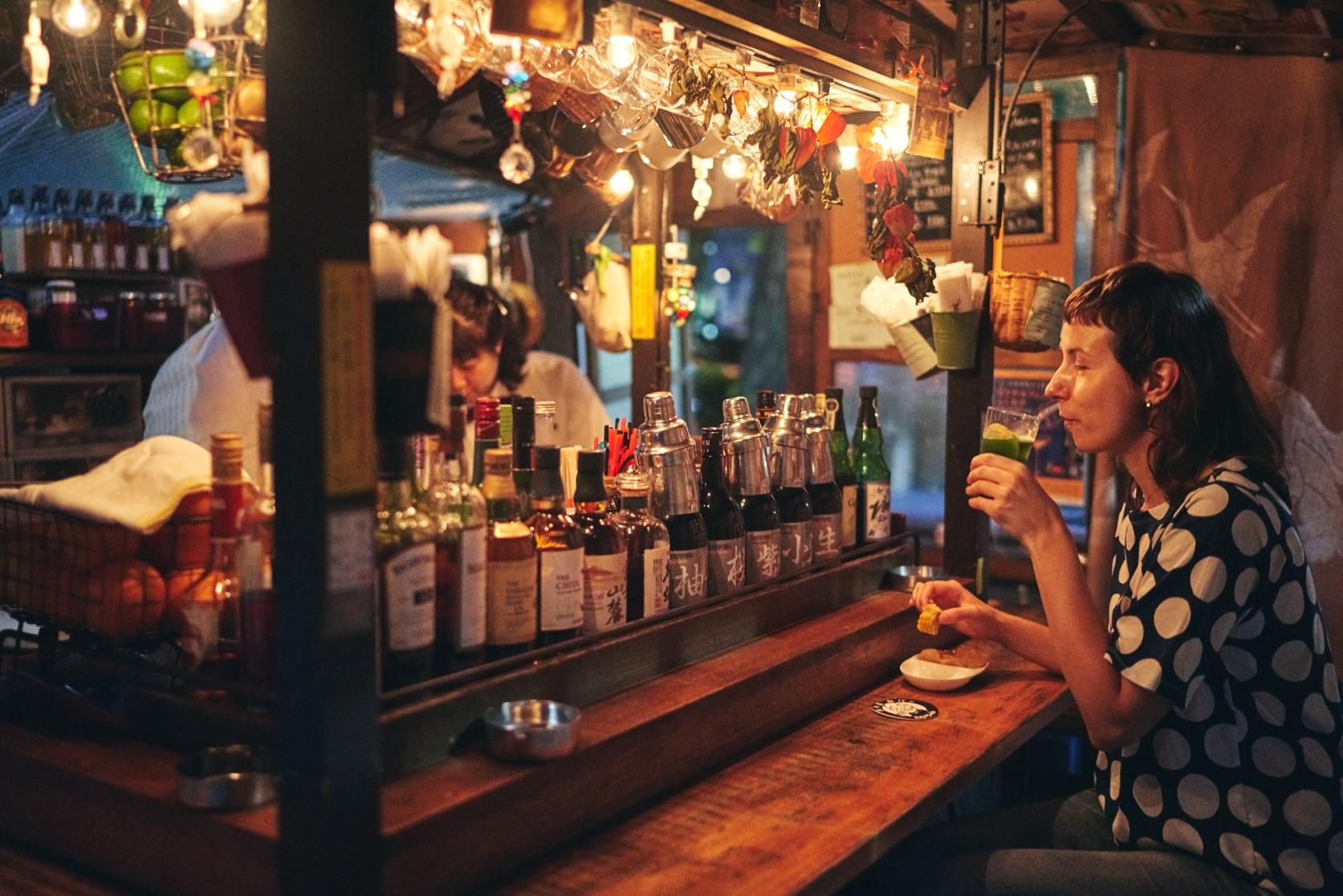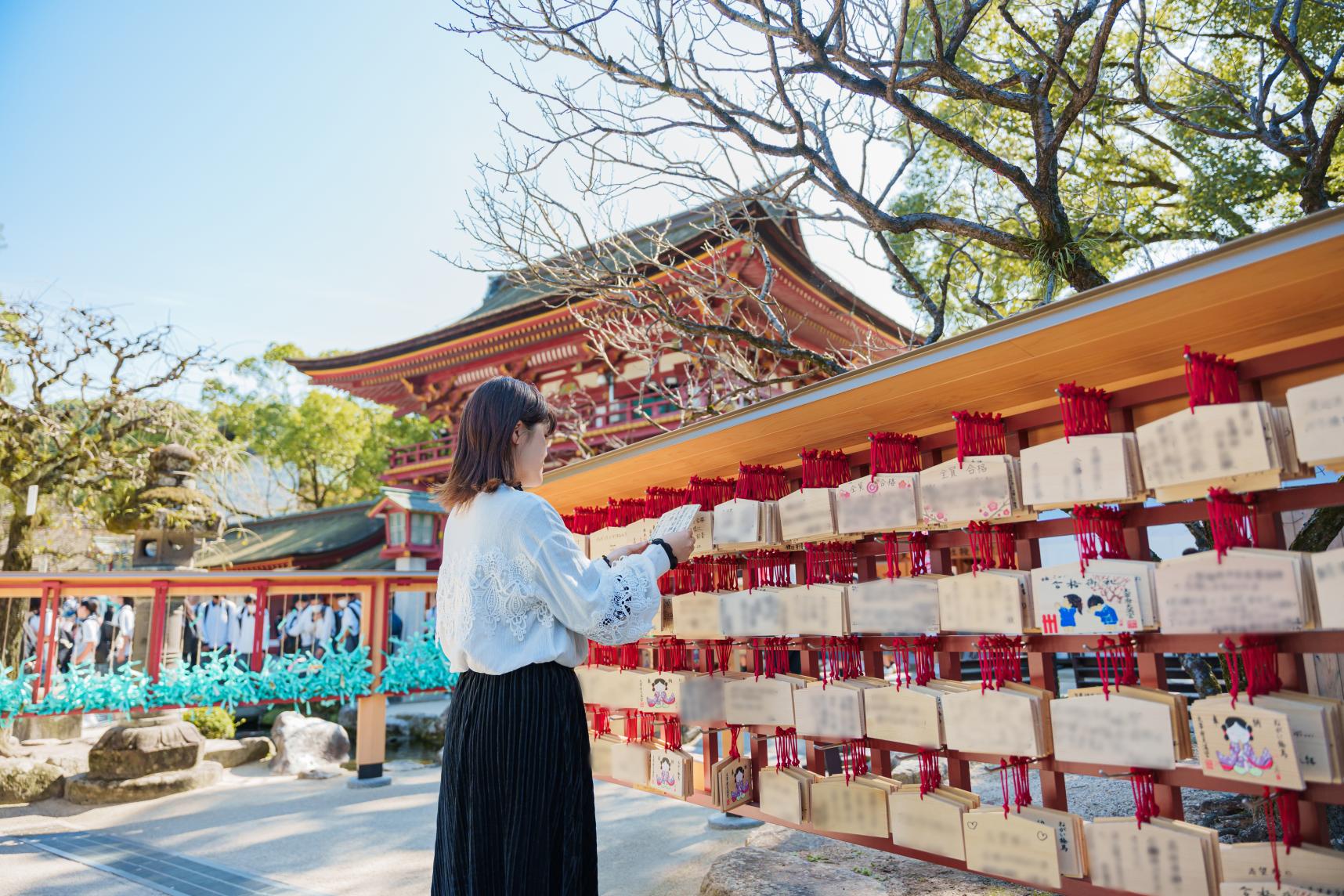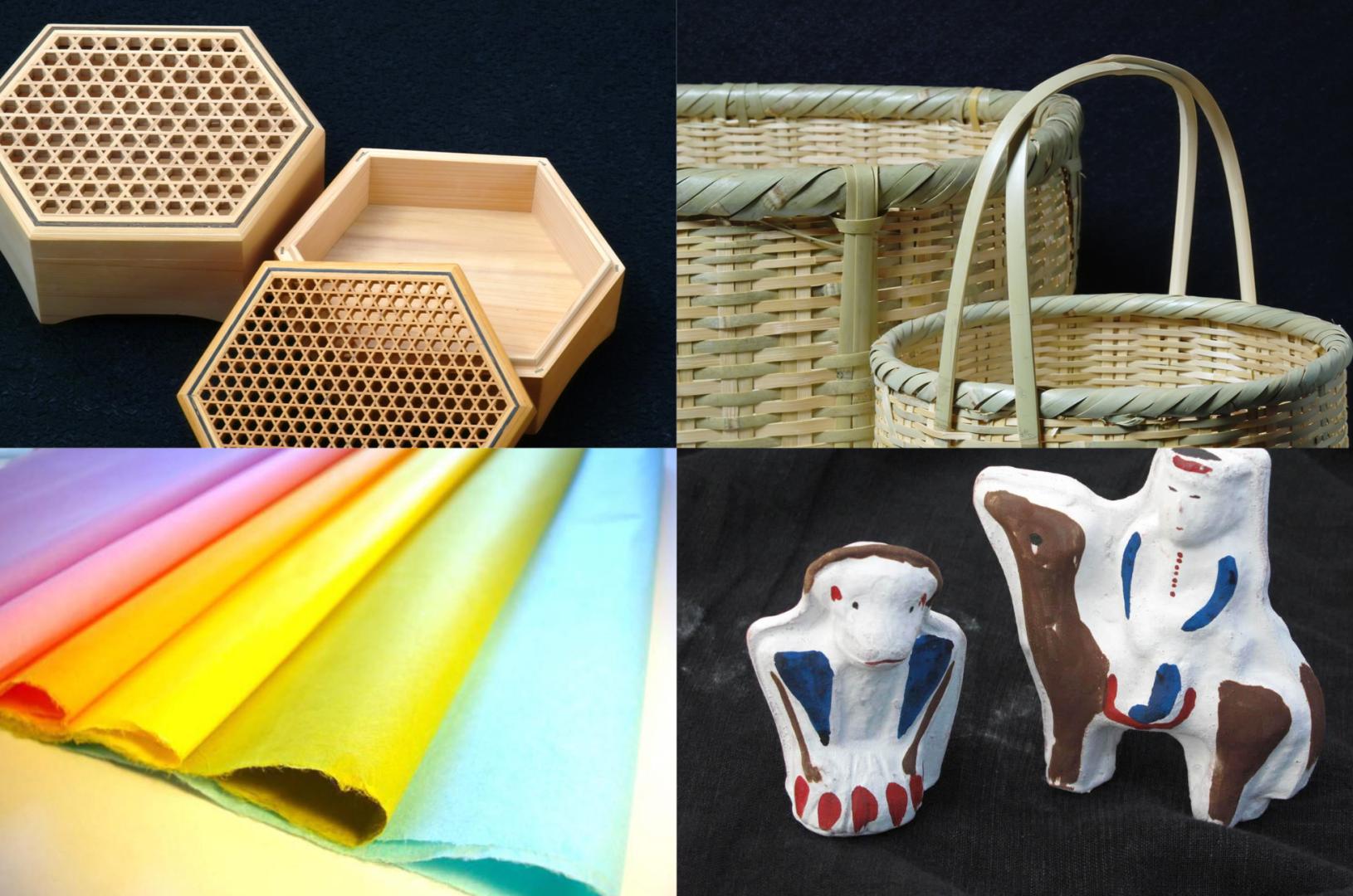
Fukuoka Governor-designated Special Traditional Craft
The designation is given to crafts and folk art produced in Fukuoka Prefecture that are rich in local color, have a history of more than 50 years, and have continued to be produced to this day. Currently, 35 items have been designated.
Magoji Dako
Preservation of old traditions with a playful heart
The brand name Magojidako was established by Magoji Takeuchi in Tobata city in the late Meiji period. Kite production is pervasive along the windy coast of the Kitakyushu area, and usually the kites are named after their producers. Famous representations are like the Fugu of Moji and Kappa of Wakamatsu. Similar Magojidako is named after the producer, with significant productions various themes and shapes. It is said that Takeuchi makes use of cicada as his main theme with the specific focus on the spice called Meimuna opalifera.
Kokuraori
Kokuraori is a thick, durable, and smooth cotton fabric. The striped pattern, created by weaving warp yarns denser than weft yarns using yarn dyed in advance, is dignified and graceful, creating a three-dimensional world with shades of color.
Kokuraori has been used as hakama, obi, and haori since the early Edo period, and there is a record that Ieyasu Tokugawa used it as his favorite haori for falconry. Today, it is well received both in Japan and abroad, and the next generation of weavers is being nurtured.
Hassaku-no-Uma
The simple gift symbolizing wishes and best hopes of victory of the next generation
Hassaku-no-Uma refers to the little gift given to neighborhood on the Hassaku day ( August 1 in the moon calendar) when a baby boy is born. It’s history is already 300 years long and the tradition is still kept nowadays on September 2 in the current colander. Riding on the horse is Nagamasa KURODA, a famous warrior. Since it symbolizes the wish of health growth of boys, and is still loved in the recent time. The horse is made by straw in the local community. The straw is first moistened and then softened by repeatedly rappin on a wooden board. Finally it is weaved to its shape.
Ashiyagama (Iron Kettle)
The ‘Ashiyagama’ is a type of cast iron kettle that is thought to have been made since Japan’s Nanbokucho period (1336 – 1392), in Ashiyatsu, Chikuzen Province – the previous name of what is now Ashiya, Fukuoka Prefecture.
Its graceful shape is known in Japanese as ‘shinnari’ (‘true shape’), and one of its special features is the elegant patterns which are found on the body. These Ashiyagama kettles have been highly prized objects since ancient times.
Production of Ashiyagama kettles halted during the Edo period (1603 – 1867), but since the early 1990s, calls for research and study into the practice resulted in its revival. Now, skilled iron casters are producing new Ashiyagama kettles even in the modern day.
Tsuyazaki Ningyo
The doll is loved for its simplicity and profoundness
Tsuyazaki Ningyo has over 230 years of history while it remains simple, stable, subtle and beloved. From generations to generations, it is made by the “nimaigata” hand-pressing method by professionals. The coloring is done by paints with water and glue and thus it is durable and sharp. Tsuyaki Ningyo dolls vary in its size, one of the big types is the “Fuzoku ningyo doll”, which is a good representation the times and, the owl-shaped type (believed as luck) can be used as a well-known musical instrument called “moma flute”.
Fukuoka Sekiso Kogei Garasu
The beauty of penetration and overlapping lights
Fukuoka laminated glass was first made 90 years ago as a multiple-layer glass, and it’s widely loved by the residents in the prefecture as a form of daily life artwork. Glasses with different textures are put together and overlapping with each other to create a sense of high penetration of sunlight. Developing over generations the glass has over 130 variations with unique, bright colors. They are being used as decorations and utensils to color people’s lives. The glass makers always aim to further improve and perfect the artwork and their passion polishes up the glasses, makes it remains stunning as time goes by.
Hakata Magemono
A very much Japanese daily tool.
Hakata Magemono is a very important treasure for the everyday lives of Japanese people since the past. Especially in the rice cooking process in which excessive water should be spread away for the optimum humidity of good rice and thus the tool is loved till nowadays like by the sushi chefs. Depends of the usage and preservation the tool can be kept as long as 50 years, it is simply more than being long -lasting and reasonable. In early Showa times, railway was being extensively developed and bred the culture of carrying lunch box, and also the wide use of the tool.
Hakata Basami
The essence of professional skills developed from wisdom of Japanese swords.
The history of Hakata Basami is around 700 years long. It is originated from the “Tang scissors” brought to Hakata, Japan from China in the Southern Song Dynasty. The scissors were brought by a trader called Kokumei SHA.
Later it became the present to the Shogun tent government and a number of sword makers in Hakata were involved in the production process. Here, the expert embraced the scissors with the sharpening skill. The blade is called “jikin” and the grind hone line part is called “Tansetsu”, all these representations are precisely designed and cautiously designed.
Hakata Hariko
Hakata Hariko was first produced in mid-Edo period by the Papier-mâché artists in Kamigata (big cities) by placing a number of layers of Japanese paper in wooden molds or clay molds. Cloths are also pasted, and it is followed by the natural drying process under sunlight and the cutting/dividing process. The hand making procedures are all kept nowadays. Finally bright colorings melted in Nikawa are used for the theme paints of symbols of luck such as tiger and the Daruma doll.
Hakata Koma
The fine work gave birth to rhythms
The history of sinning top in Japan began 1,300 years ago when imported as a toy from China in the Chinese Tong dynasty. Hakata top, first made in late 17th century, is said to be the first Japanese production. As its unique feature, there is an iron axle driven in the wooden part. The axle is vitally important for keeping the central balance and prevent shaking while spinning. Besides, it may also further accelerate the spinning speed. It is the origin of the spinning top rhythm culture.
Hakata Okiage
The warmth and beauty from a piece of cloth, the Hakata traditional “pressing picture”
Okiage means the 3-dimensional artwork done by adding cottons gingerly on a cloth. In Hakata, Kyushu, okiage is the best present when a baby girl is born. There, the art is specialized for its tiny but rich representations of the hand-drawn faces. It was first created by the emperor female servants in the Edo period, and spread by chiga MURATA, the wife of the famous painter Tohoh MURATA who lived nearby the Suzaki-machi in Hakata area. Okiage was learnt as a form of liberal arts by Hakata girls in the Meiji and Taisho periods. And, the skill is now acquired and continued by Oyako SHIMIZU.
Imajuku Dolls
The representation of local community lives and preservation of traditions
The well known Hakata doll is developed from community clay doll, and the clay doll was born in Meiji year 38(1905) when Seisuke OHASHI came to know the doll store "Kiyoto" in Imajuku. The work is closely linked with and created for the presentation of lives. Representative works include the "sarumen" (literally the monket face) , the Sasanosaizo and the Otafukumen", the representation of fire and thief. Imajuku Dolls is very much beloved for its simple but heart-warming visualization. In present days, the crafts beloved by Kiyosuke and Shigeo is well-preserved and continued by Shigeo’s nephew,.
Ki Uso
The descending bird from up above
Ki Uso is the representation of the bird called Uso staying on a tree (which is pronounced as “ki” in Japanese). In the year 1591, a group of Uso bird flew to the Dazaifu Tenman-gū shrine and expelled a huge number of bees, which invaded and created problems previously. Since then, the bird is said to be the descending bird from up above.
Ki Uso is featured by feathers, which thinly curl and twist and it is used in the ceremony “Usokae” on 7th January in the shrine, the god of luck also descends to comes close to it.
Takatori ware
Takatori ware has a history of being moved and expanded many times around Fukuoka Prefecture, and these changes resulted in different styles. When production first began in the early Edo period (1600s), simple products were the norm, but gradually the craftsmen began to produce tea ware in the powerful and bold style of the Momoyama period (1573–1615), and during the Kan'ei period (1624–1644), Takatori ware came under the guidance of renowed tea expert Kobori Enshu, beginning the production of the refined tea ware that he preferred. Throughout the Edo period, it became beloved by many as tea ware with a stylish feel.
Today, Takatori ware kilns are still dotted throughout Fukuoka Prefecture, and each kiln not only produces tea ware, but also tableware that suits modern lifestyles.
Amagi Shibori
Amagi Shibori is a tie-dye technique that developed in Asakura City, Fukuoka Prefecture during the late 18th century. Fabric is bound with thread and dyed with indigo. From the Meiji to Taisho periods, it boasted Japan's highest production volume alongside Hakata Shibori as part of “Chikuzen Shibori,” and was also exported. The industry ceased around 1951 due to economic depression, war, and the shift towards Western clothing. However, the techniques were preserved by individuals, and in 1995, the Amagi Shibori Preservation Society successfully revived the craft. Currently, the Amagi Shibori Liaison Council oversees production and promotion activities.
Haki Gogatsu Sekku Nobori
The heroic flag is for decoration in the Chikugo festival, the May festival. The national May festival is commonly believed as originating from the Chikugo one. Two bright-color flags form a pair as a magnificent sign, and the flags make up the traditional scenery of the Chikugo area. Especially in the Asakura area ( known as Haki city in the past) there are sufficient of water supply that made the place suitable for dyeing so the flags are extensively produced. Most of these flags are small ones for interior decoration while there are also big ones as representation of the masculinity of big hero’s in Japan’s history such as warriors Hideyoshi TOYOTOMI and Kiyomasa KATO. Families dream of having a baby boy usually put up one at their house.
Hikosan Garagara
The oldest rattle as the guardian for everyday lives
Mount Hiko baby rattle is originated from the Soeda city nearby the foot of Mount Hiko, the place for Shugendō practice. The rattle, with 800 years of history, is believed as the oldest in the nation, and characterized by its clear sound from the unglazed procedure. The ancient emperor of Japan, the Emperor Monmu once visited the mountain for worship a bell, and it was then buried, found, copied and distributed to believers. The bell is believed as a talisman for protection against evils. Sometimes it is buried in farm or nearby water sources for its power to prevent natural disasters from happening. It is an important charm for people’s lives.
Shuro Boki
The basic “daily item” in life
Shuro Boki refers to the broom made from palm, which is normally planted in the garden of farmers’ house in Japan. In various regions, farmers just made that for sales in their off-peak season. The palm fiber can absorb dusts and by using it to clean the floor every day, the natural palm oil just keeps the floor clean and shiny indeed.
Kurume Okiage
The cloth culture from the “padded cloth picture”
Okiage refers to the artwork done by adding cottons gingerly on cloth in a very sharp color. It is a kind of “oshie” (pressing picture in Japanese). Common patterns include flamboyant chicks and Kabuki performers. There are a number of different explanations of its origin, and there is one saying that it was originally a souvenir brought by a successor to the lord in the Arima domain. In the Meiji & Taisho time, the face of the characters was drawn by a profession called Menmoku-shi (literally the face master) while now, the art is mainly continued by common ladies.
Rantai Shikki
The durable & beautiful daily item
Ratai means “using a bamboo basket as the foundation”. As named, the procedure is to add coloring and proceed to a few decorating procedures om a bamboo-weaved basket as the foundation. Based on the Kataji lacquerware production skill developmental traditions platform created by Hanbe SHOGETSU, the famous creator originated from Kyoto and invited to the Kurume domain. In around Meiji year 20, input from tea master Katsuji TOYOFUKU and bamboo-work artist Koushichi KONDO and painter Minejiro KAWASAKI were added and the Rantai Shikki is transcended to its current form. The ware is beautiful, light and durable. Accented tastes are added as time goes by, and so it is widely used and loved.
Jyojima Onigawara
The strict faces being decorated as house roof in Japan.
The history of Jyojima Onigawara started when Landlord Arima took over the control of the Kurume domain. The roof is famous around the Kyushu island for its elegant color, its high-end shape and high durability. It is commonly used in shrines, castle buildings, and also traditional Japanese houses. The demon roof on top of the house, as named, include the strict demon faces but also cloud and chrysanthemum, the demon-go-away items.
Chikugo Wagasa
The Chikugo Wagasa is a great piece of practical artwork that includes over 100 detailed procedures. It is believed that it was first made by the Shinto priest as their part time job in the early 17 century. Bamboos, the materials for the art pattern, the umbrella stick and ribs were obtained along the Chikugo river. The productions of Japanese paper and persimmon were close, and also the number of the professionals were rather adequate, these all made up and accelerated the umbrella production, and the production area simply got specific and became the biggest production site. In Showa year 20 (year 1945) there were only around 500 professionals left, while gratitude should be expressed to preservation committee for the support of the continuity of production skill and they are still well learnt and preserved nowadays.
Nabeshima Dantsu
The best rug for the climates in Japan
Nabeshima Dantsu is believed as the oldest form of cotton carpet, and it was first manufactured in the Genroku era (around 300 years ago) when Kogaseiemon learnt the skill from China and attempted to make an Ougimachi carpet. When compared with the popular wool carpet overseas, this Japanese carpet is much unique for its cotton texture, which, indeed, fits well as a rug under the relatively hot and humid climate in Japan. Considering its convenience to use and nice texture, it is widely loved and used in various situations.
Yame Tesuki Washi
The strong & durable Japanese paper
Yame Tesuki Washi has the longest history in Kyushu, and its origin can be traced back to over 400 years ago when the Uwamae and Echizen Nichigen monk investigated about the land and water in the Yabu area saw people making paper. It was believed that the monk learnt the skill there. One of the significant feature of the paper is strength from the use of the long fiber mulberry. The fiber is thick and brings strength, thus making the paper applicable as hanging scroll, shoji, fusuma (Japanese room partition). The paper receives high evaluation from users at all times.
Yame Ishi Toro
The excellent artwork can only be made with Gyokaigan rock
The characteristic of Yame Ishi Toro is the use of Gyokaigan rock, the abundant natural resource in the area. Gyokaigan rock is light, soft and easily weathered that make it not suitable for fine processes, while on the contrary, it is highly heat and cold resistant and easily mossed. And so, this is just the perfect material for stone light tower. In the Edo period, there were a huge number of experts living around the area and made their living by making stone bridge. And that’ also bred the production of stone light tower.
Yame Take Zaiku
Practical items well-loved for a long time
The “red earth” in the Yame area has high viscosity that is perfect for the growth of good quality madake giant timber bamboo and tortoise-shell bamboo. And, the bamboo-working made from these good quality materials has a long history; its origin can be traced back to the development of skills in the Fukuoka and Manabe domain in Houei period, which is around 300 years ago. It was originated as the part time hand-production work of the junior samurai. The work is especially famous for the detailed rolling and wounding around the all sides. The thin bamboo strip can be as long as 10m. Without any dyeing and adhesive, the good work is still durable and can be used for over 50 to 60 years.
Yame Ya
The merits and beauty of Yame Ya
There is a huge number of fletchers in Yame because of the abundant of great raw materials in the area. In Horeki year 2 (year 1752), many fletchers just moved to and stabilized in the area. Yame Ya is mainly produced in a hand-making way, which include the feather-cutting, and the bamboo extending procedure through charcoal fire called “aratame”. Basically, four bamboo sticks form a group and all these sticks are with almost the same weight and same length. Lately miniature for decoration purpose is also producing, amazingly from the same material, and it is receiving more and more attention and lovers.
Yame Wagoma
Characterized by its large belly button
There are various theories about the origin of Yame Wagoma, including that it was introduced by Sugawara no Michizane. It is characterized by a large, hollow "heso" (belly button) in the center of the top surface, which is said to be a vestige of its pre-Meiji period shape. The process of making koma requires a long period of time, including about one year of drying of a tree that is more than 30 years old and has grown to a full maturity.
The process requires a long period of time. In addition, in order to spin the koma long and vigorously, it is important that the core of the tree is at the center of the koma, and skilled branches are required.
Akasaka Ningyo
The simple but heart-warming clay doll
The Aakasaka Ningyo doll is originated in mid- Edo period, it was first created by the skillful professional crafters in the famous and popular Akasaka-Yaki craft for the emperor in Arima domain. It is also called “teteppopo” by the locals at that time, which literally meant “clumsy persons” in the ancient accent in the Chikugo area. As named, it is rough and the protrudes are all remained as they are when they are molded. The colors are simple as well, and it presents a sense of roughness and simplicity.
Kijiguruma
The representative wooden toy in Kyushu
Kijiguruma is a good representation of Kyushu wooden toy, it is simple but lovely. Since the ancient time, it is believed that the small kart heads for and thus bring luck, connections and harmony in family. It once appeared in the poem of Hakushu KITAHARA and since then it became well known throughout the country. It is made from the wood of pine and princess tree without using nails. Instead one single hatchet is used for shaping and moding.
The toy appears in another form with a different number of wheels and design in various areas Northern Kyushu. Thus, Kijiguruma should be regarded as a general name for the toy swith different localized characteristics in different communities.
Tennen Shono
The nice fragrance hidden in forest
Camphor was first manufactured 400 years ago as insecticide and aromatic widely used in daily lives. It is made by first slicing the raw wood of camphor tree then steaming inside a koshiki earthenware. Camphor is, then, crystalized. Yet, only around 25 kg can be made from 6 tons of camphor wood indeed. Lately, the camphor oil produced in the steaming process has become popular as aromatic oil. Synthesized camphor is becoming more accepted and natural ones are facing extinction, but as the only manufacturer of Tennen Shono in the prefecture, the Uchino camphor in Miyama city will be, definitely continued and preserved.
Kakegawa
Kakegawa is mainly used as rugs for Buddha altar, and it is produced in the Chikugo area, an area well-known as the habitat of soft rush. Kakegawa rug is especially popular for its unique refreshing texture, the fragrance, the sharp color and smoothness when it’s folded. It’s believed that in Ookimachi area with lots of soft rush, hostesses stayed at their farmers’ house and weaved the rugs. Originated 40 years ago, it remains as an important summer item for Chikugo resident.
Okawa Soukiri Dansu
Features of Princesstree wood utilized by the skills of professionals
The excellent wooden material in Japan has a huge number of excellent features including temperature-adjusting, water keeping, fire-proof, and bugs-proof. The closet is the great combination of charm and beauty of the wood and skills of the professionals. And, it simply utilized every single merit of the material. There are Karakira (string controlling) holes for air circulation deep inside drawers and cautious calculation of how components match with each other. You will be amazed by a simple touch of the artwork.
Okawa Chokoku
The strength and beauty of sculpture
Okawa Chokoku is famous for its penetrating beauty of the fine linings and dimensions on a relatively thin Yaku-cedar wooden board. It is a great representation of the creator’s sensitivity, the understanding towards the piece of wooden board and accumulated professional skills. The tradition is believed to pass through the Tachikawa river in the Tachibana domain in the past, and in late Edo period it was widely used to decoration in shrine’s altars. It went pervasive in recent centauries. It is a national treasure, but it is also a common art that can be found in many Japanese houses as decorations.
Okawa Kumiko
A fine and detailedly sculpted wood pattern
Okawa Kumiko, has over 300 years of history and its beauty well persevered. The basic triangular pattern is called Mitsukute and developed from it are over 200 variations. To accomplish this, professional sculptors are said to have skills as fine as for small units like micron. During peak seasons these excellent crafters are able to make up to thousands of these great art works, which are both great to catch your eyes and fine to surprise by its details. All components work perfectly together as one complete,whole piece.
Yanagawa Mari
The decoration of girl’s first life festival & and the shape of love
Yanagigawa refers to the Hina altar, with a long local history, for the first life festival of baby girls. Precise skills are needed for the Sagemon, the clip hanger suspension rack on the altar, and the tradition is kept until nowadays. To create a Sagemon, wood slices are first cut into a round circle shape and cotton or knitting wool strings are added on. Cotton strings, usually plant dyed, are knitted precisely as an embroidery. Colorful Lily-yarn string is used lately as well.
Yame Sudare
The outstanding details of Yamwe Sudare is depicted in Man'yōshū
It is commonly believed that sudare, bamboo blinds, were brought to Japan by the missions came back from Sui China in the Nara time. Later in the Heian time, it has already become the necessary item in the emperor castle. Since the Meiji time, Yame suare has been massively produced in the Yame area. And recently, they are also displayed in hotels various kinds of store. Furthermore, they are also used in general households and shrines as a high-end item. They are also exported oversea.
Contents
01 Hakataori
02 Hakata Ningyo
03 Aganoyaki
04 Koishiwarayaki
05 Kurume Kasuri
06 Yame Chochin
07 Yame Fukushima Butsudan


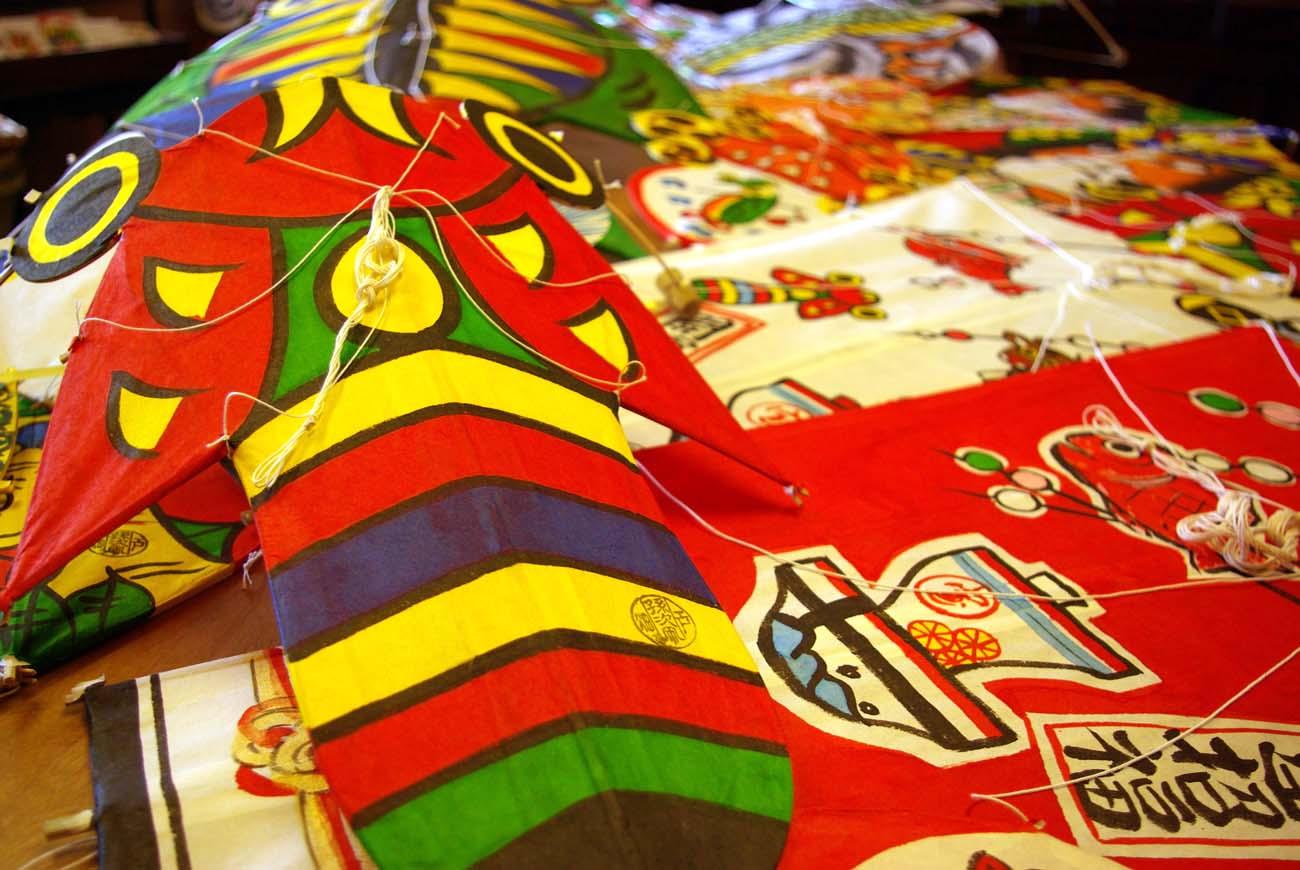
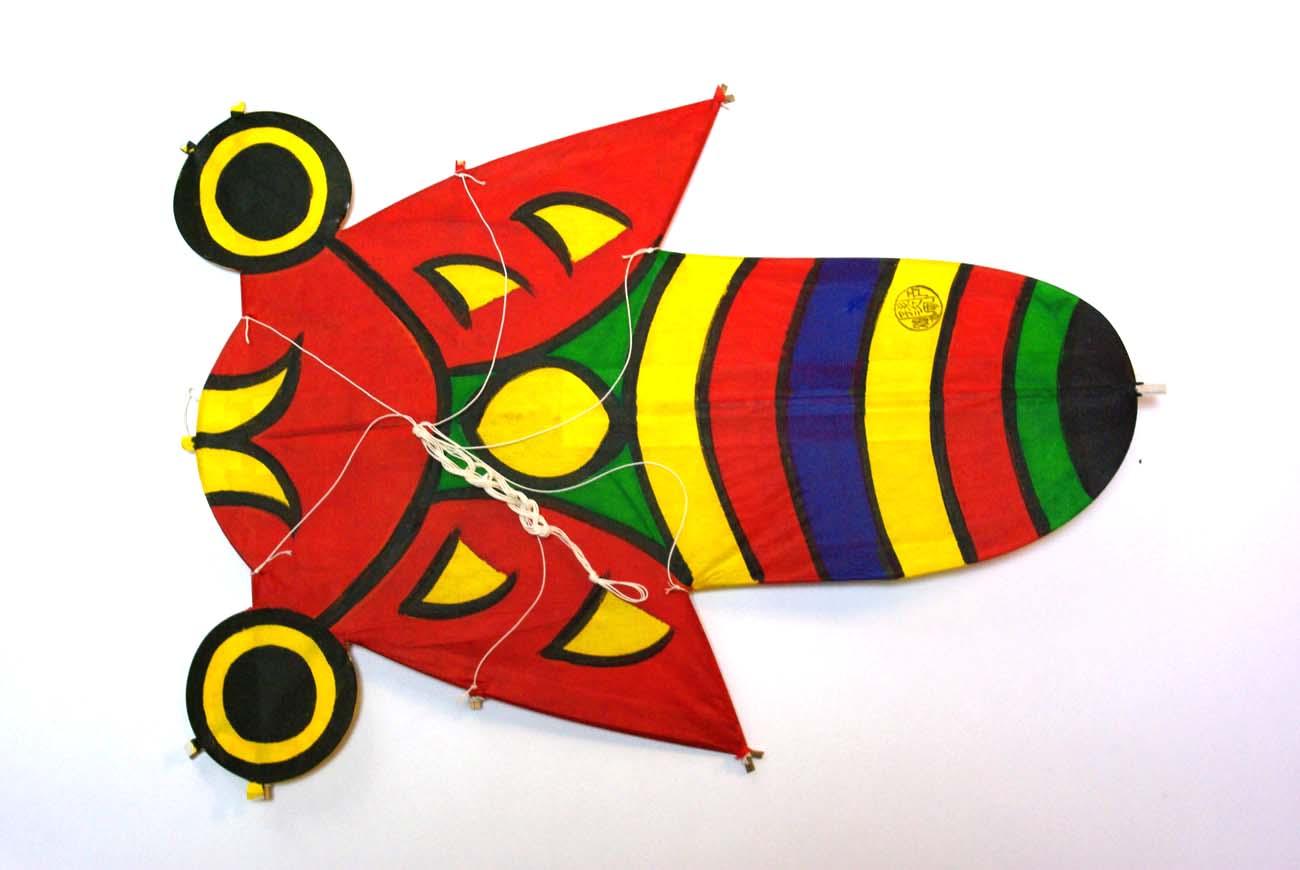
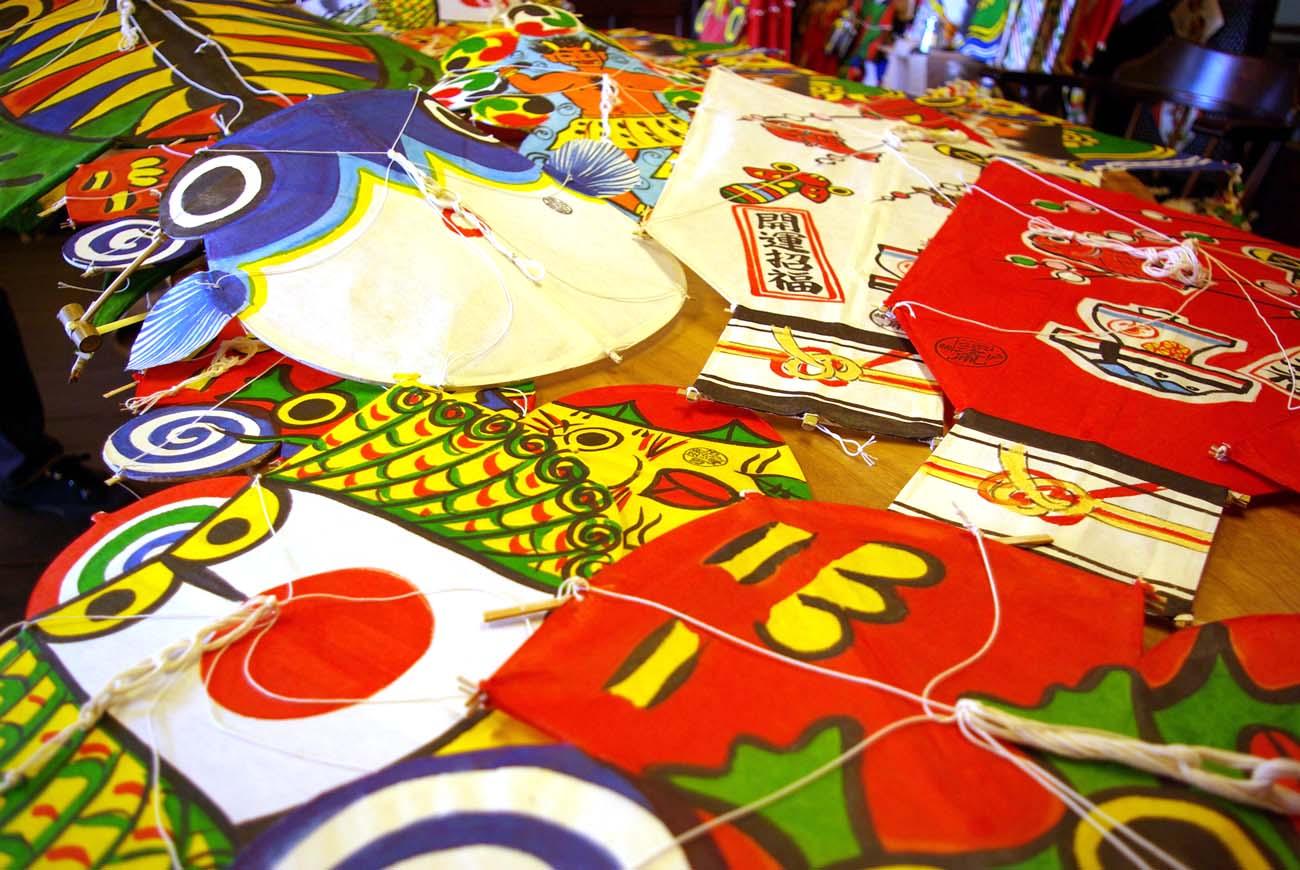
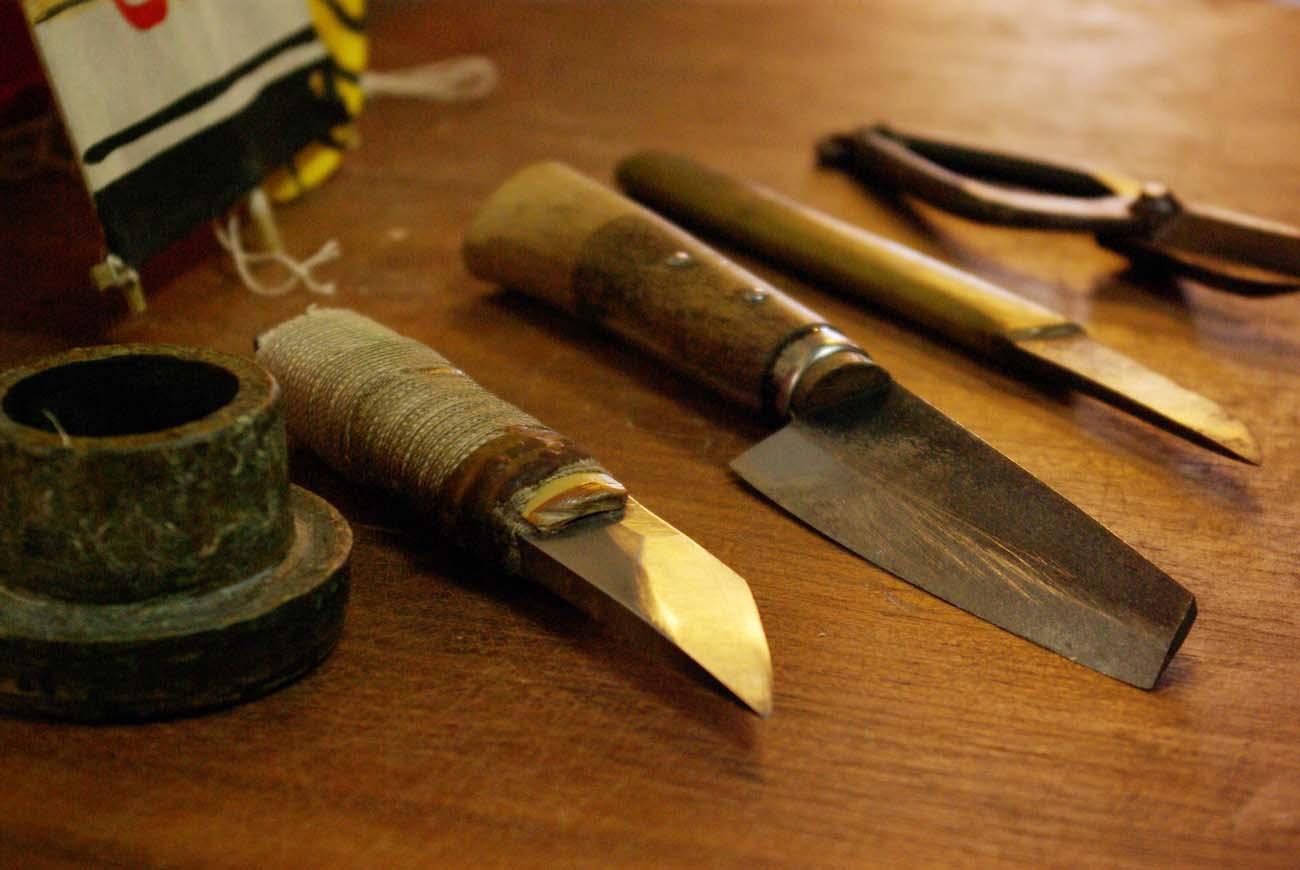
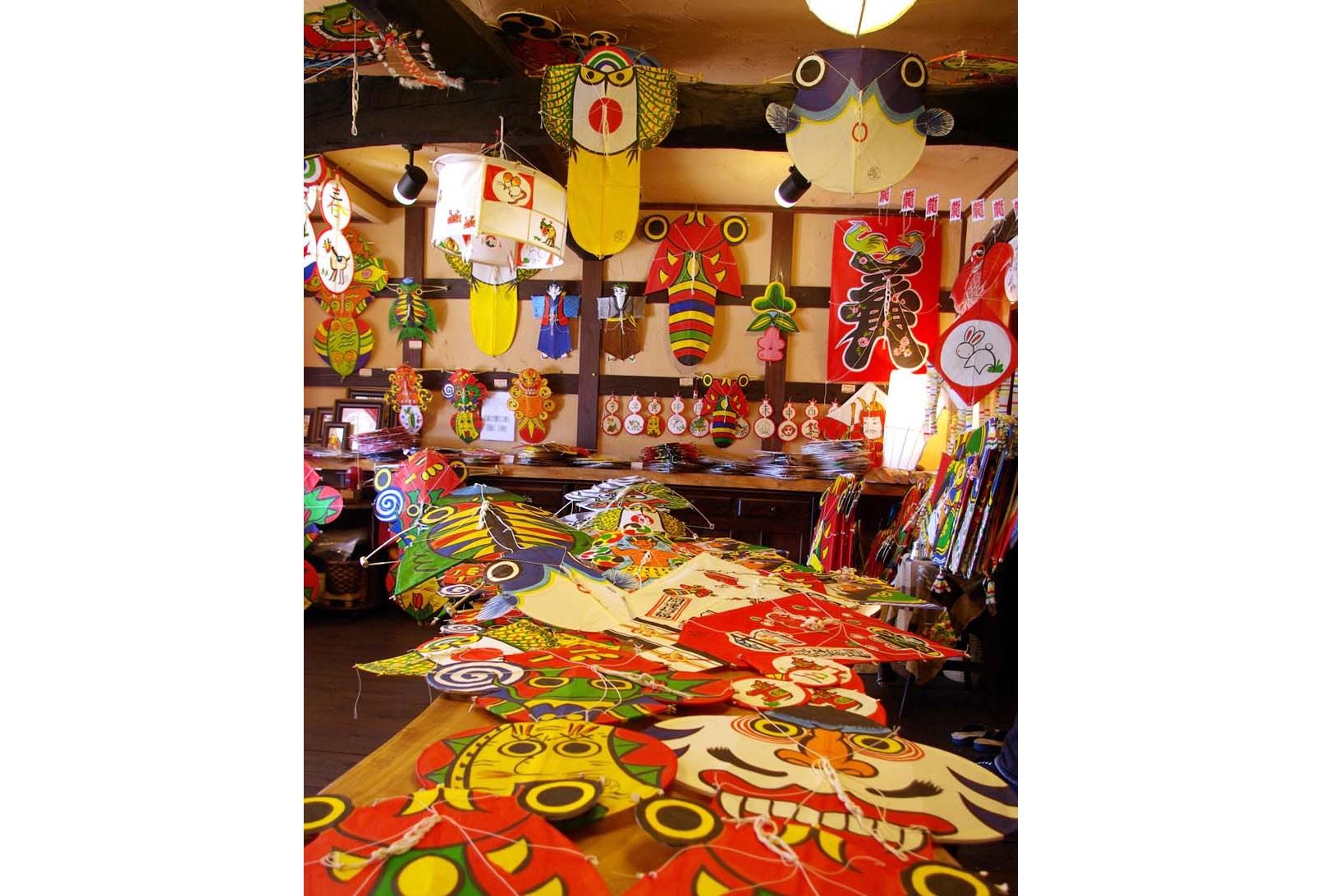
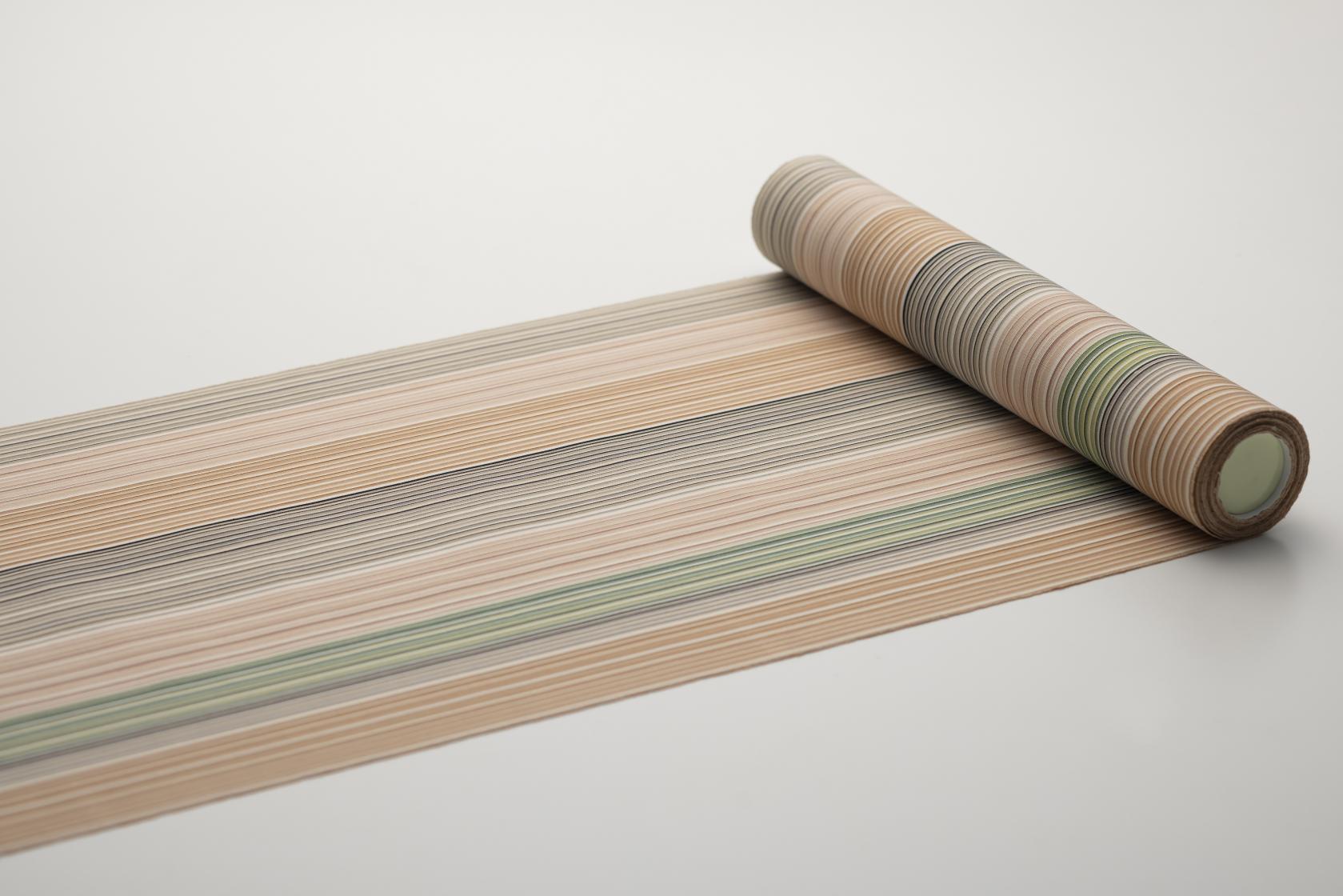
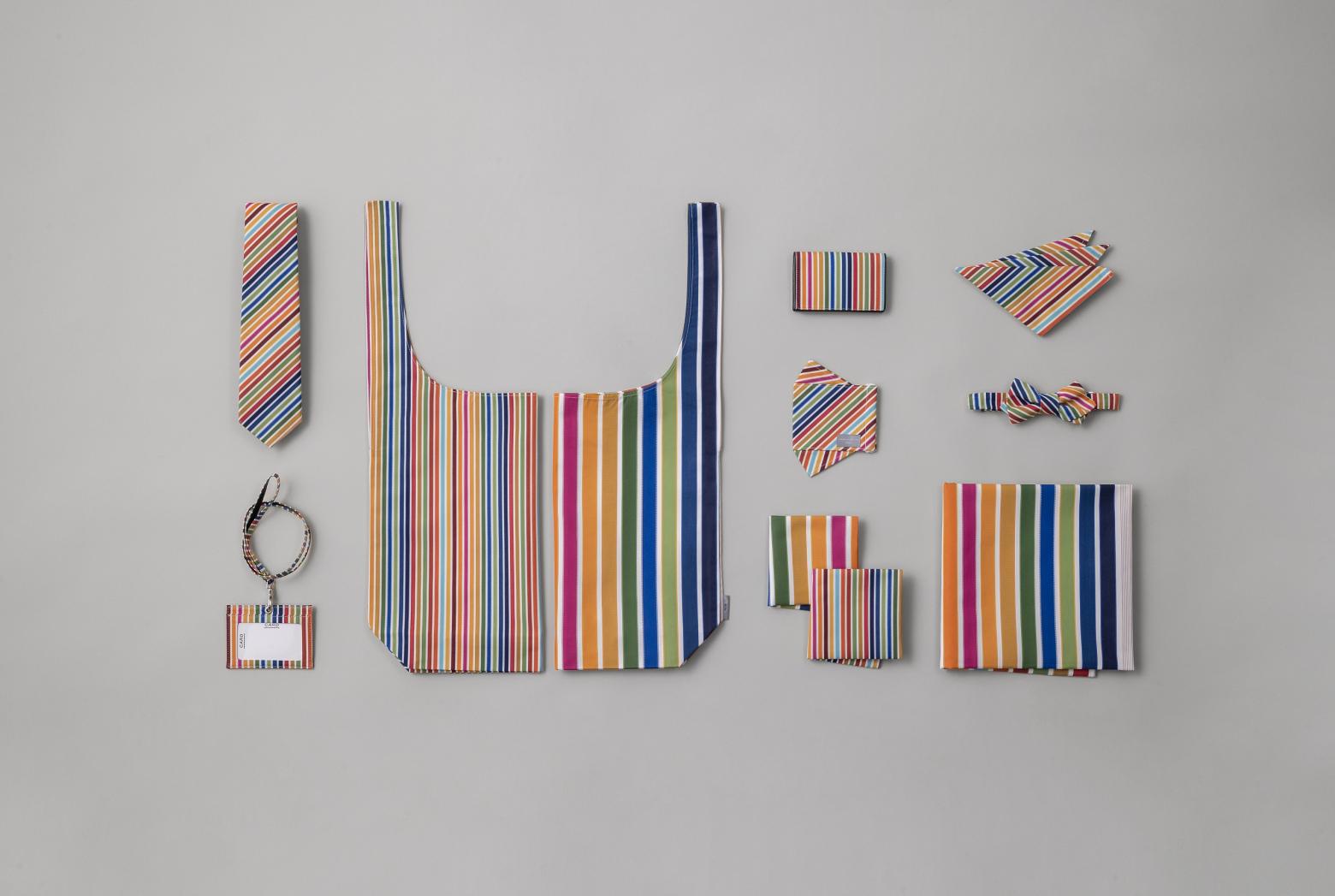
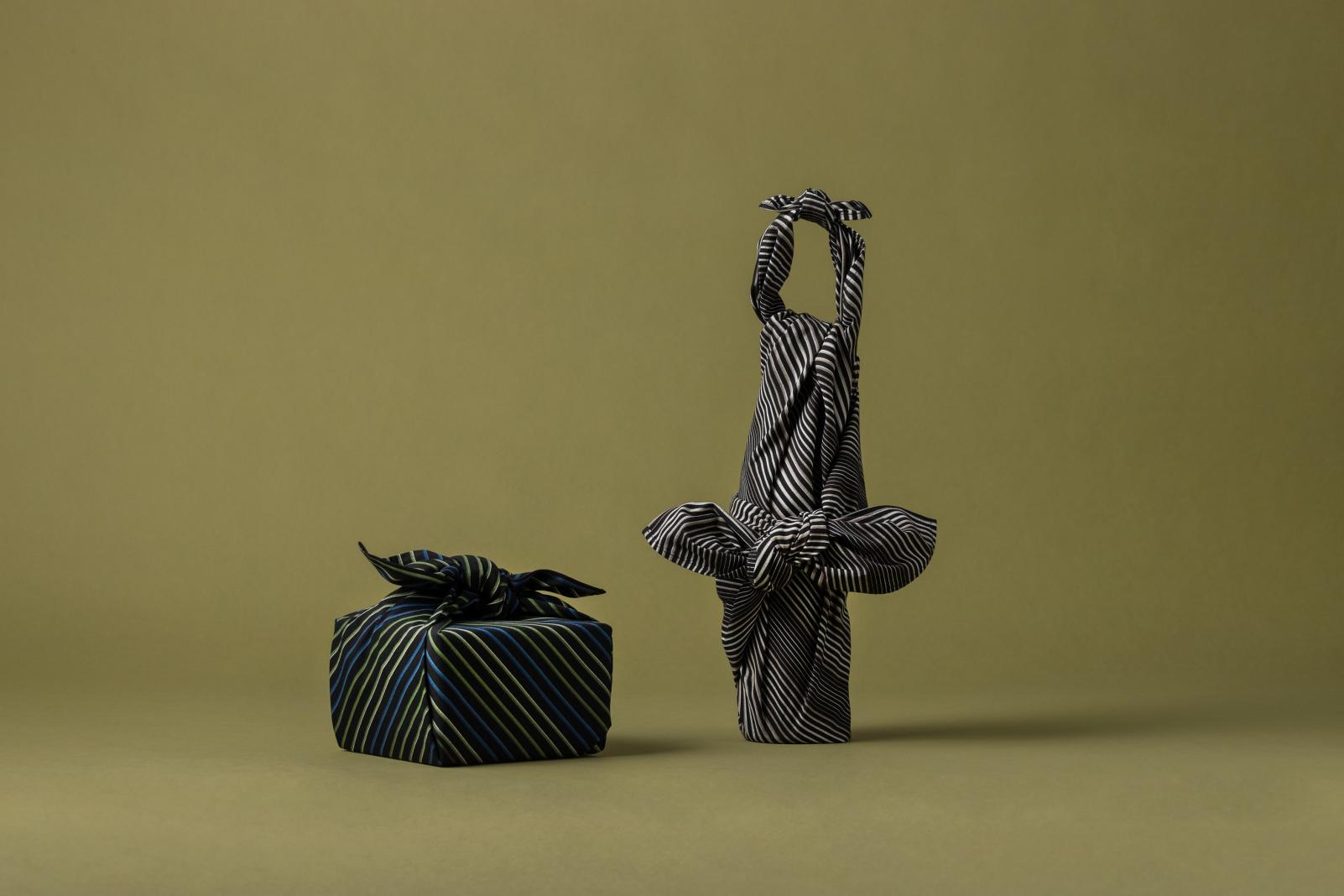
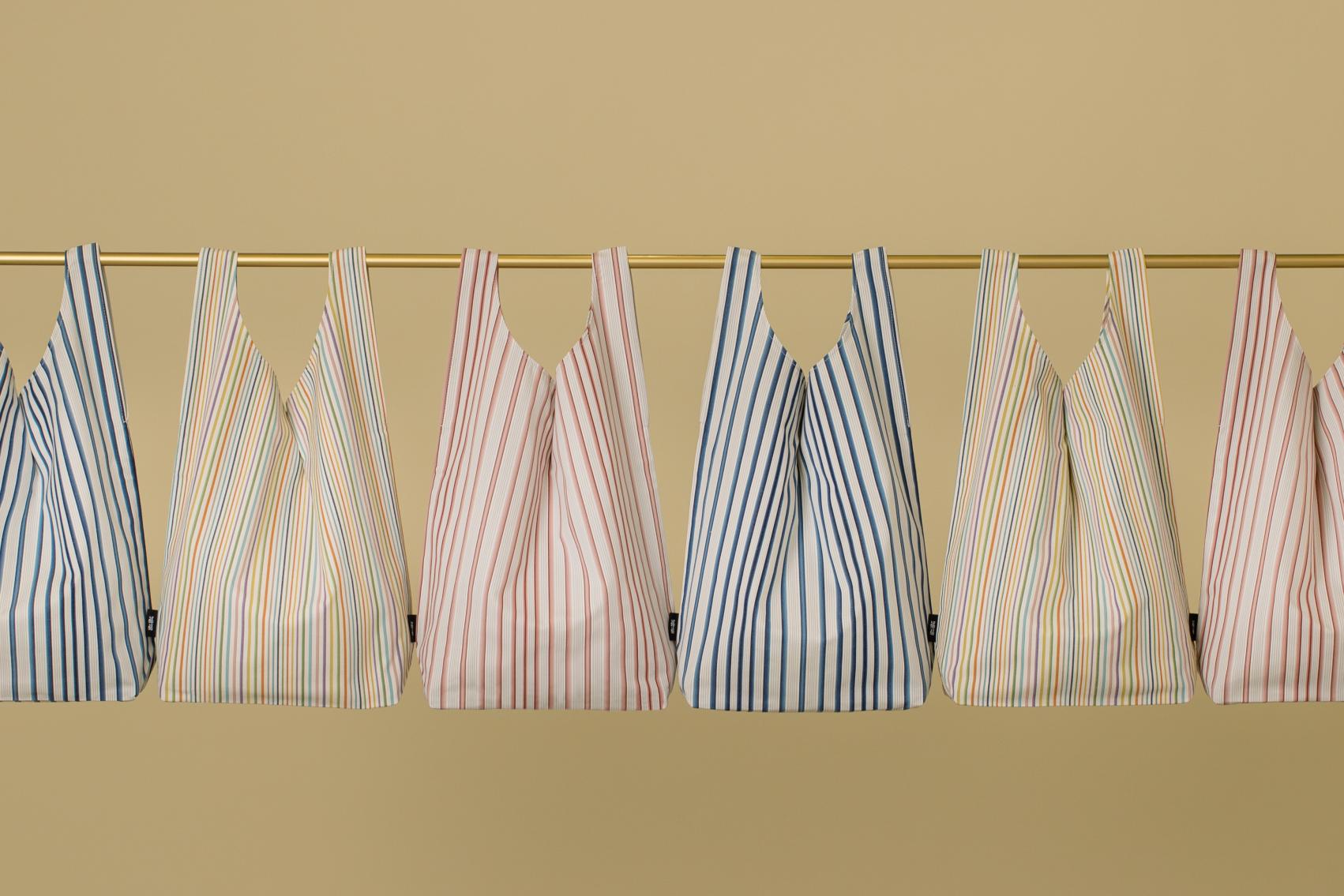
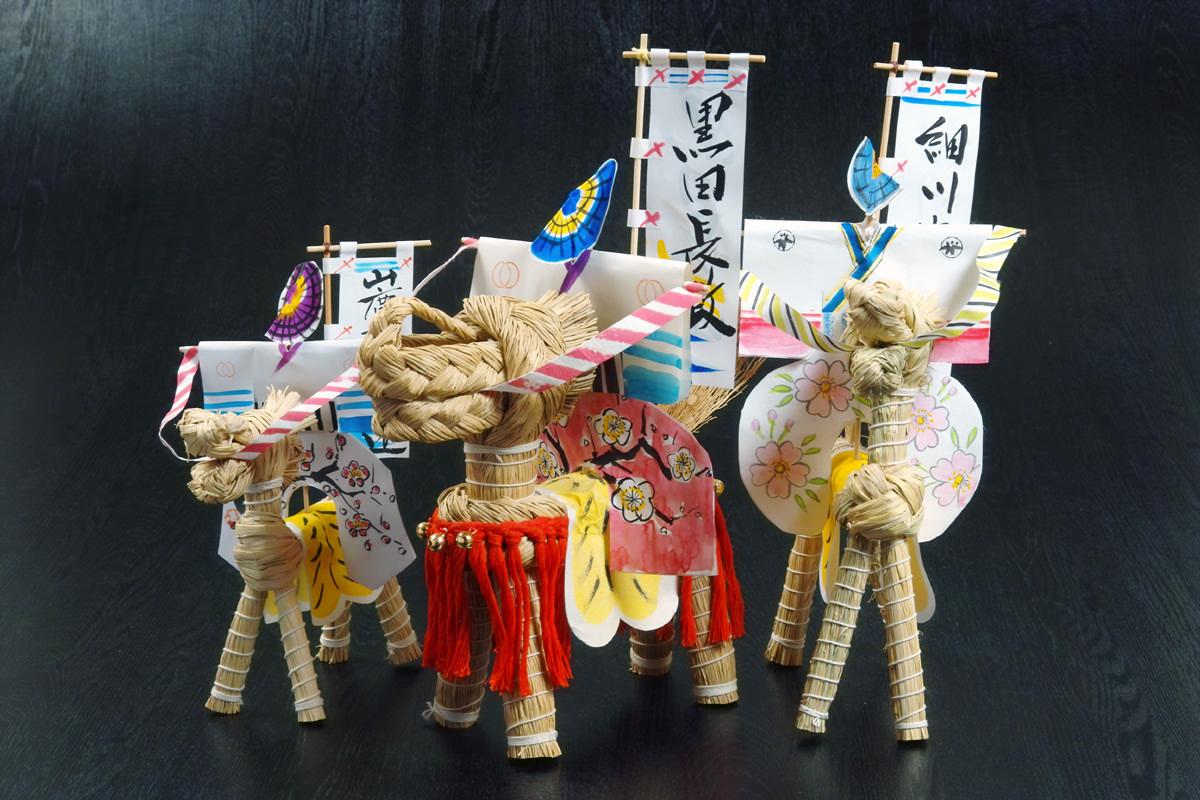
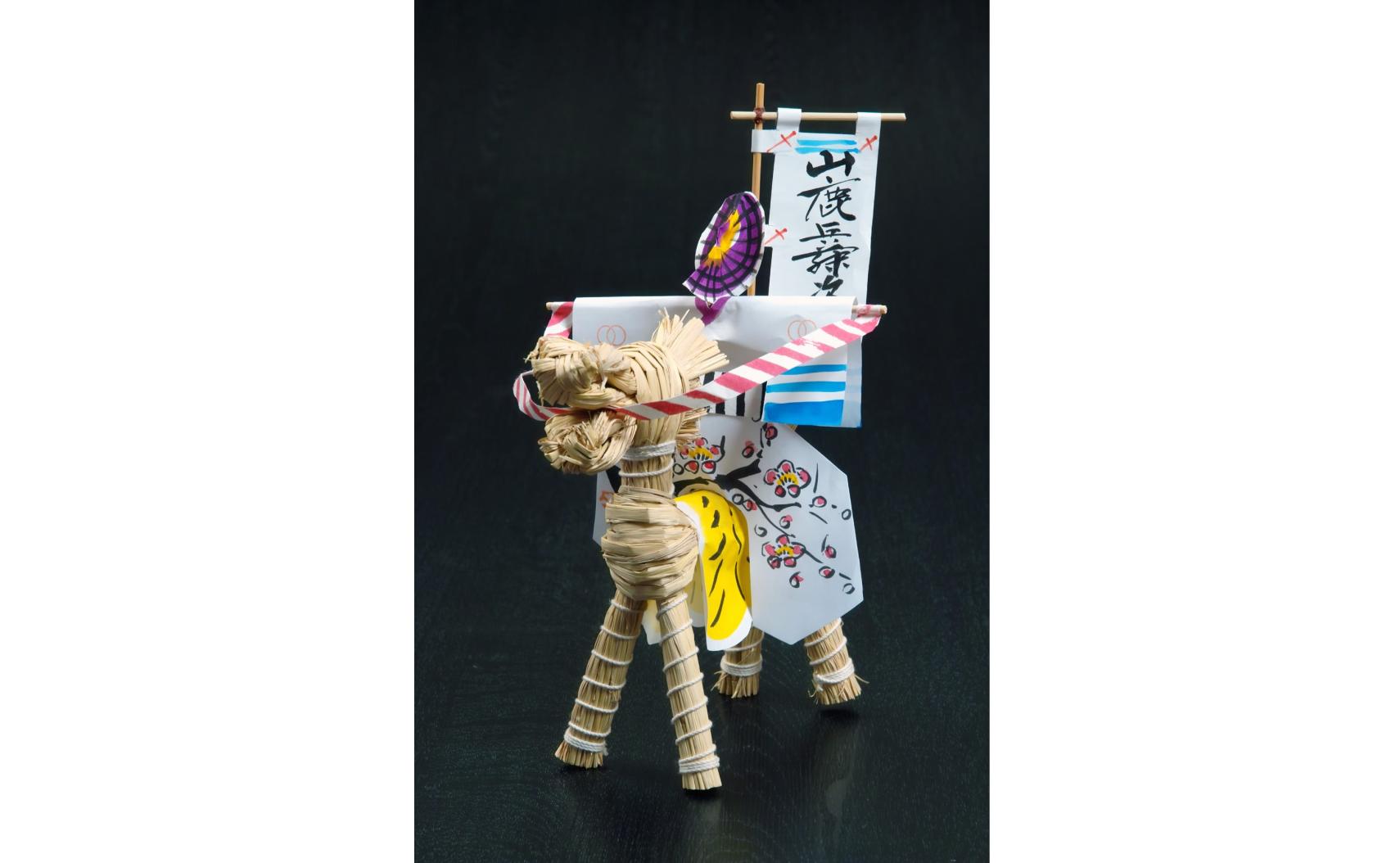
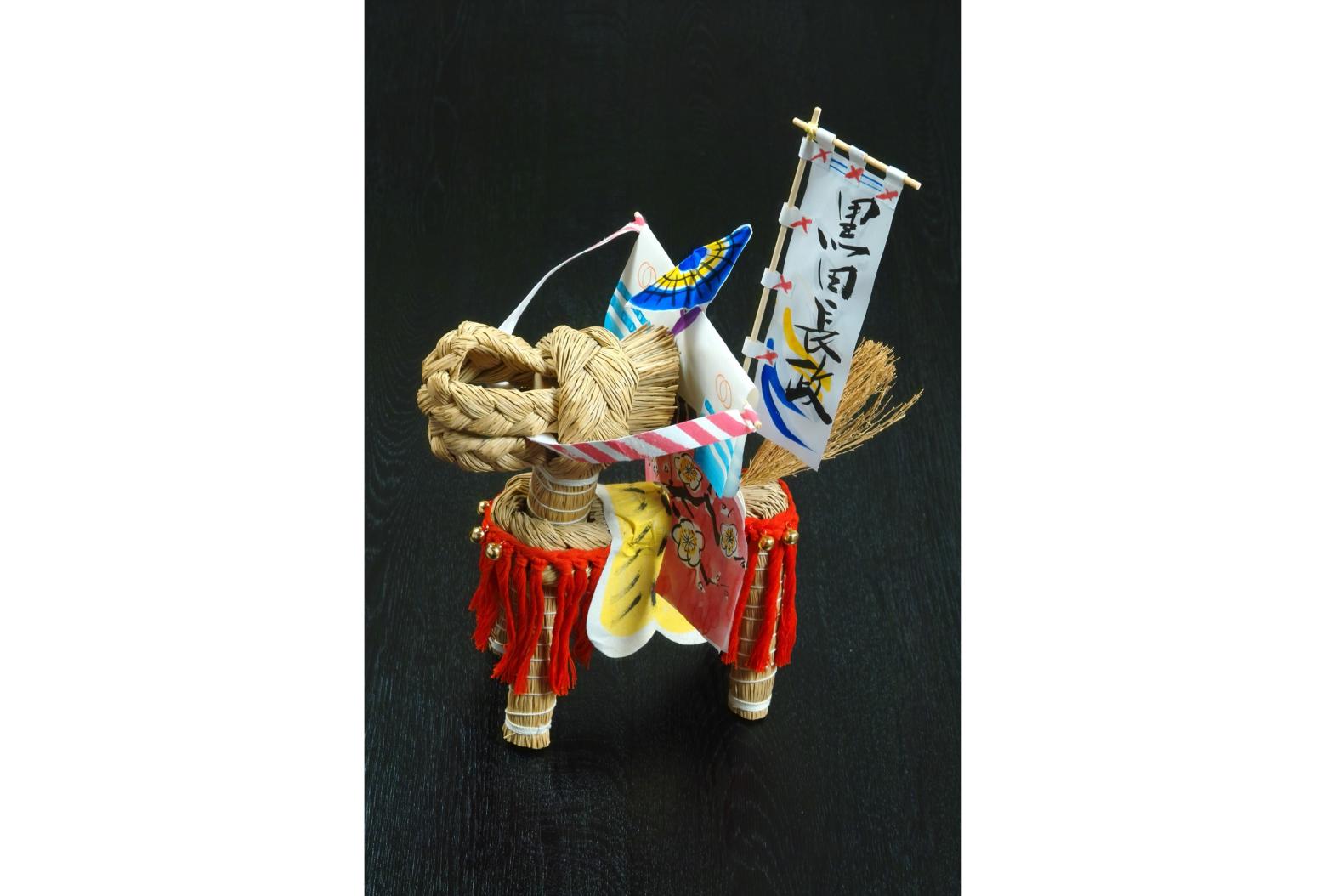
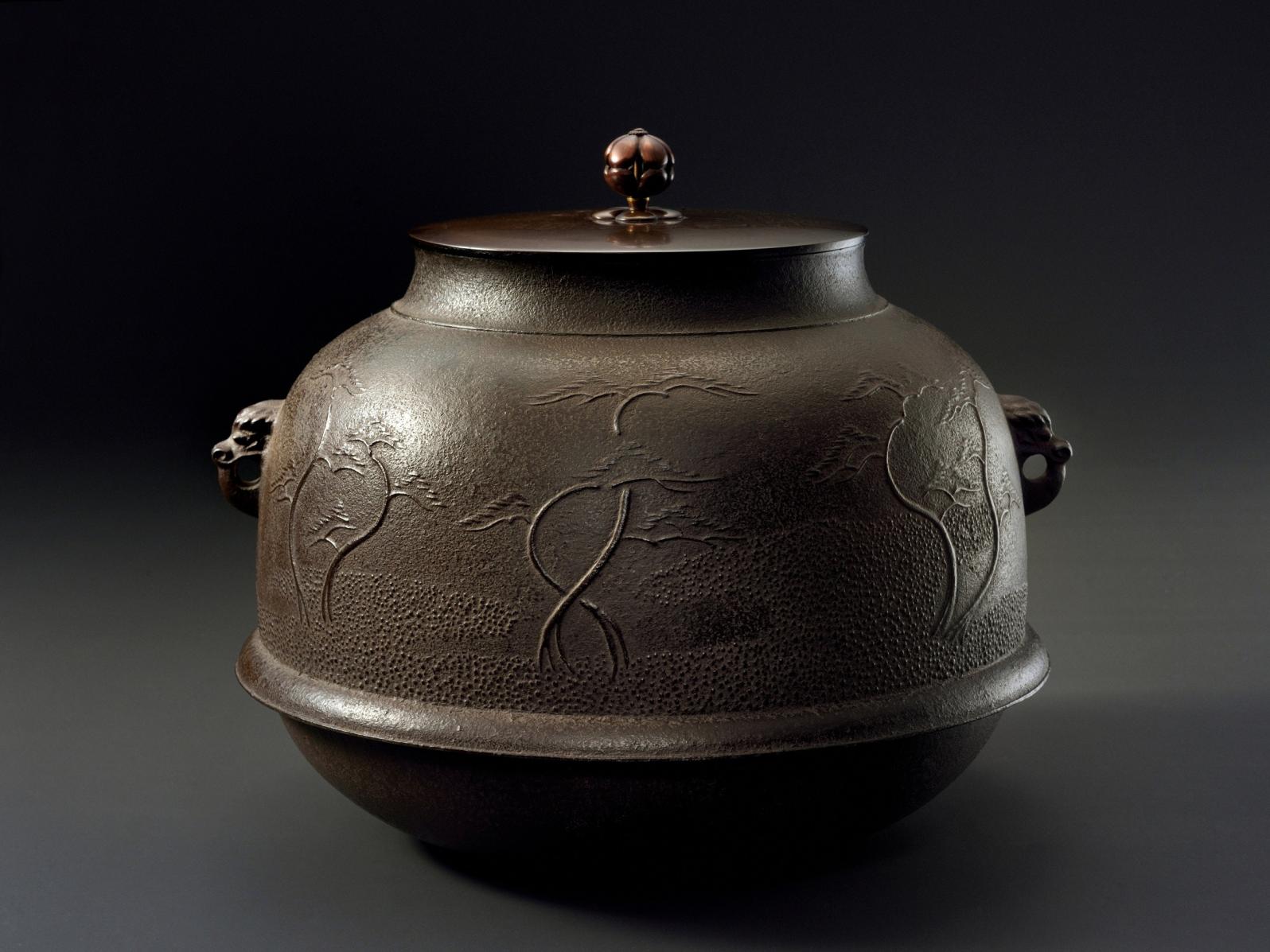
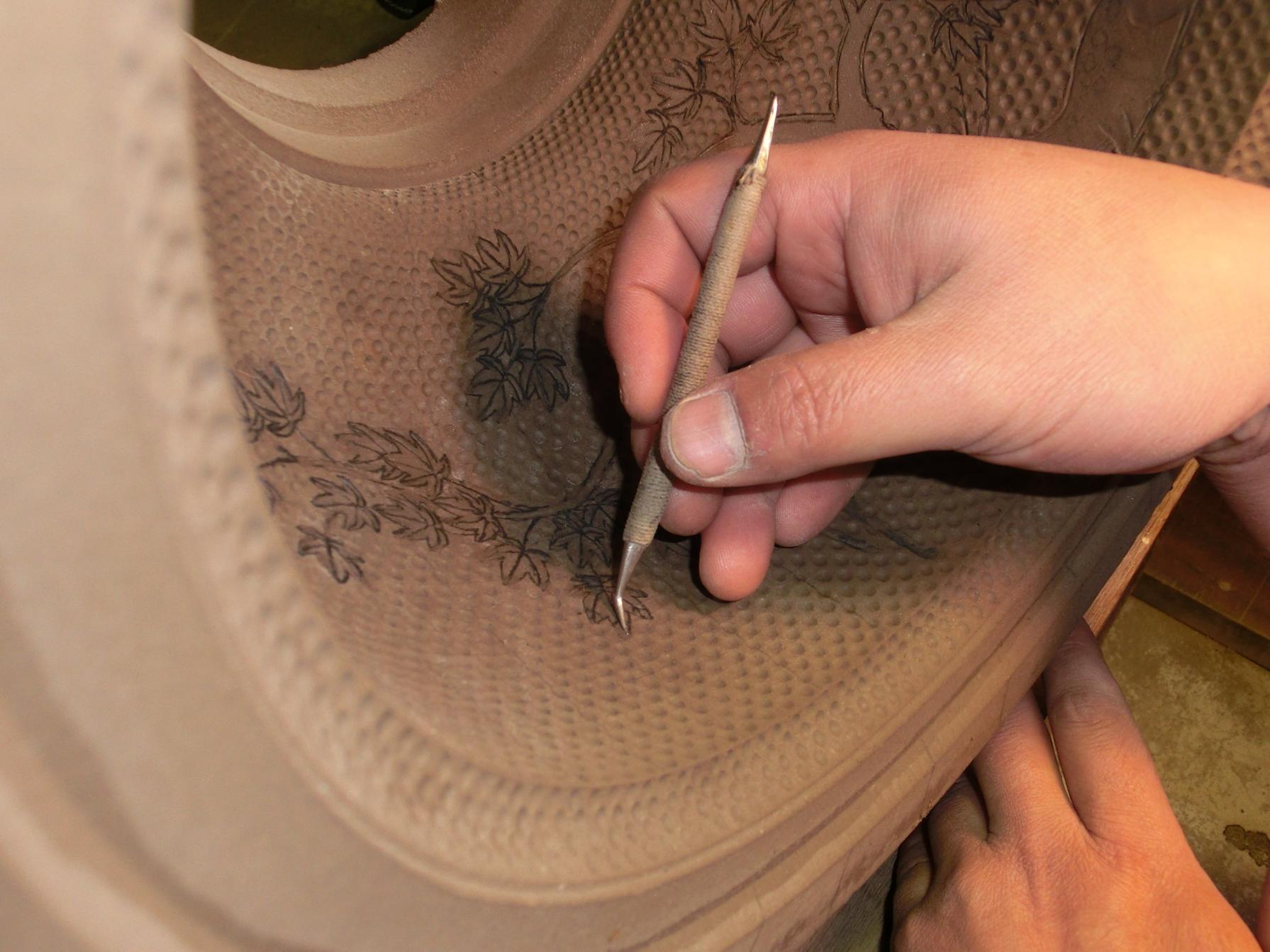
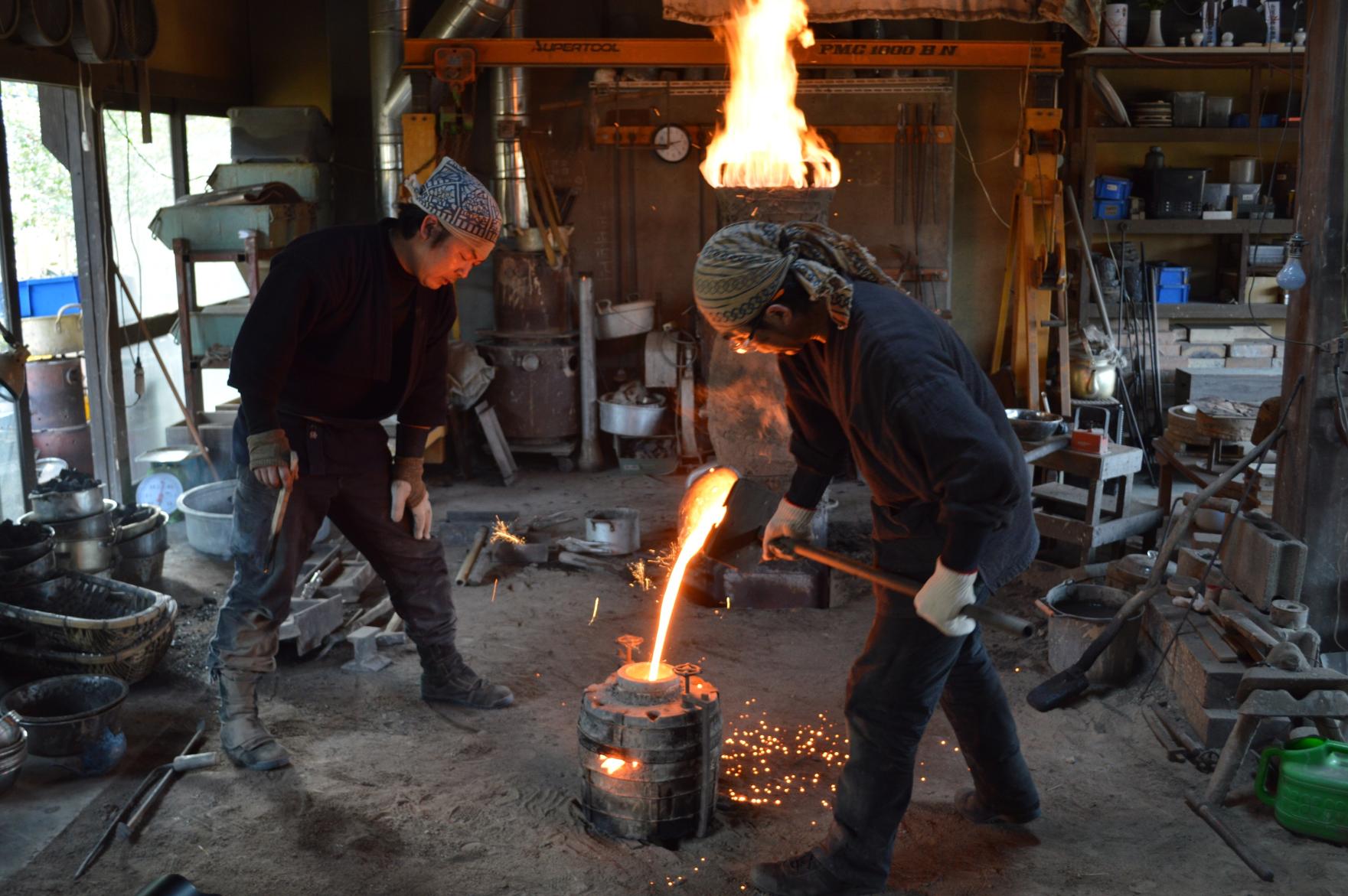
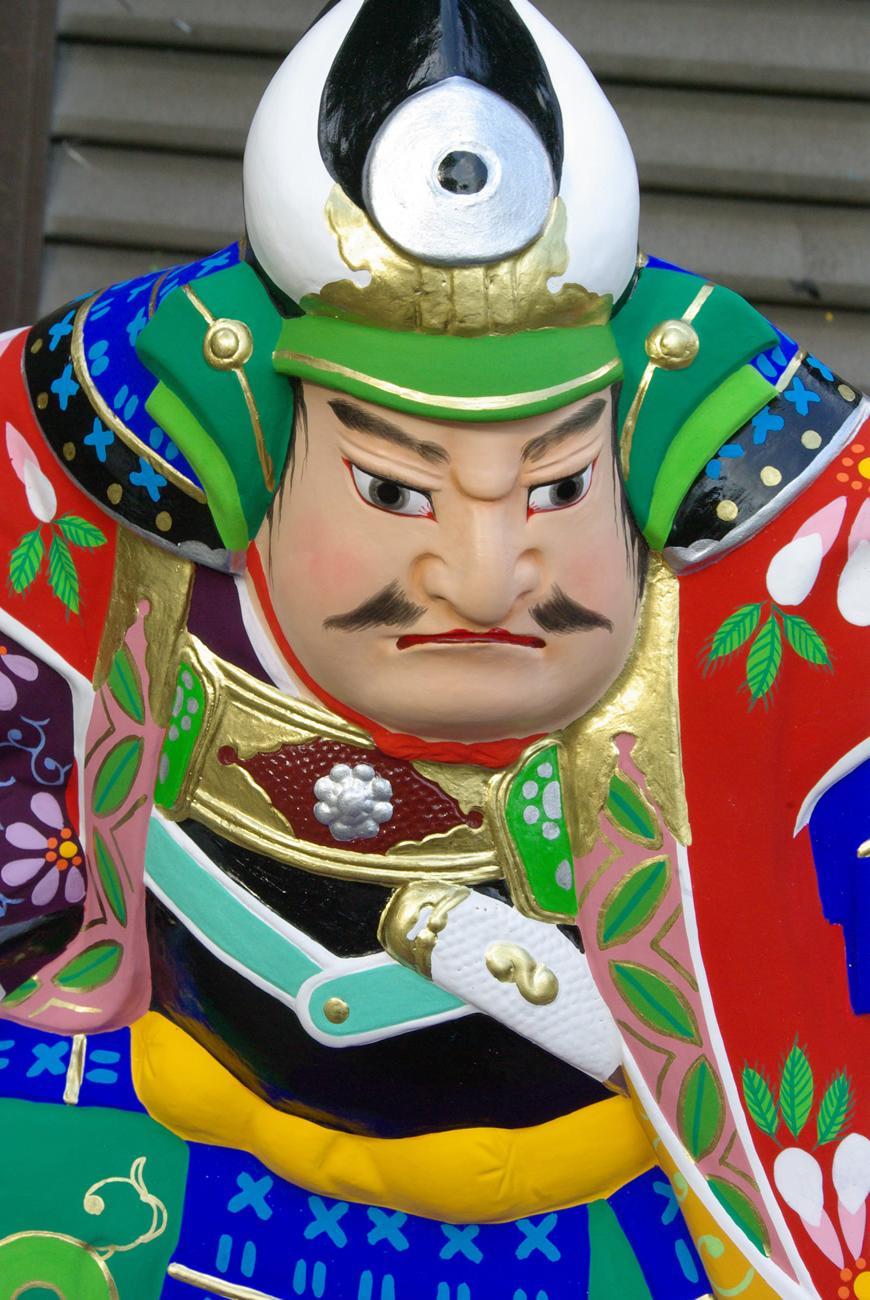
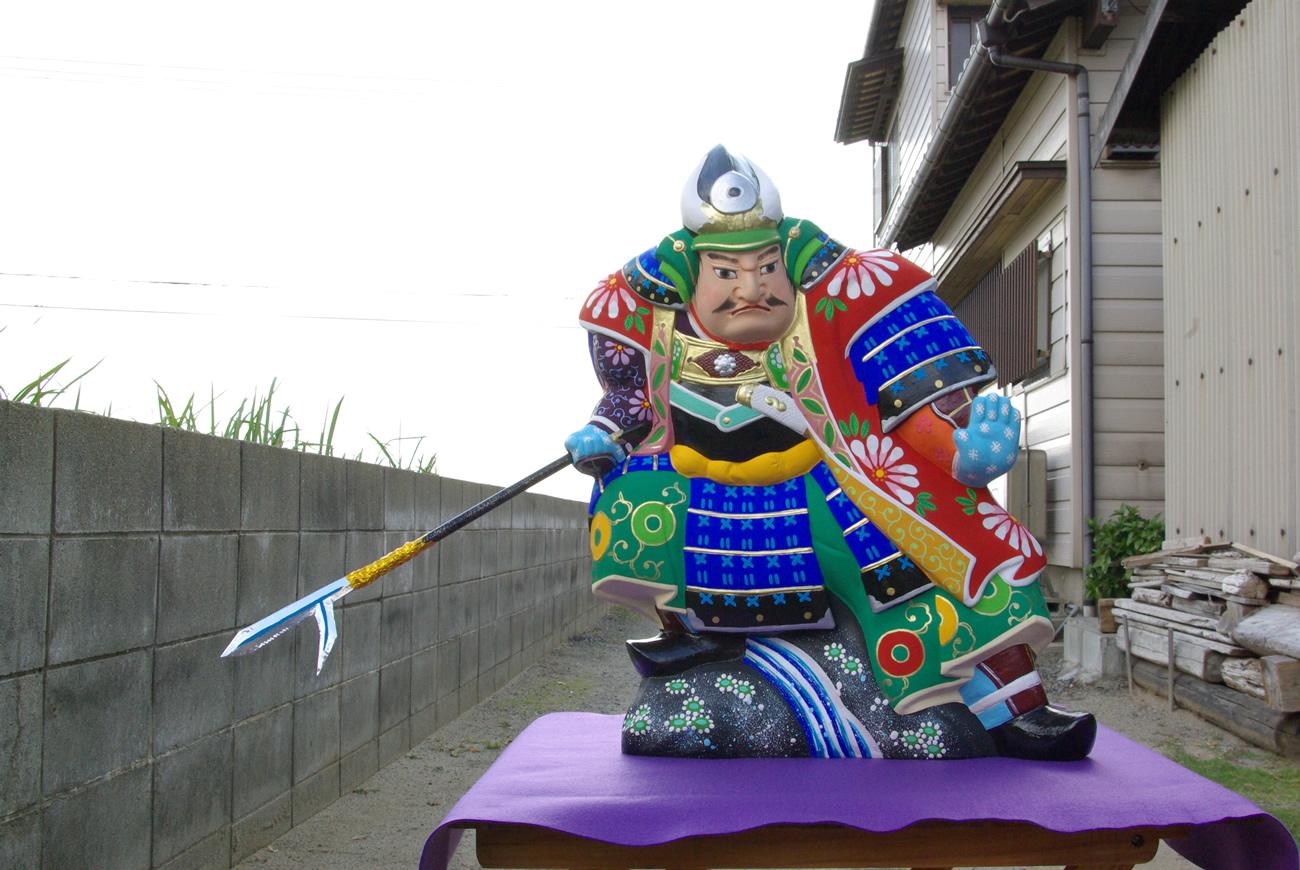
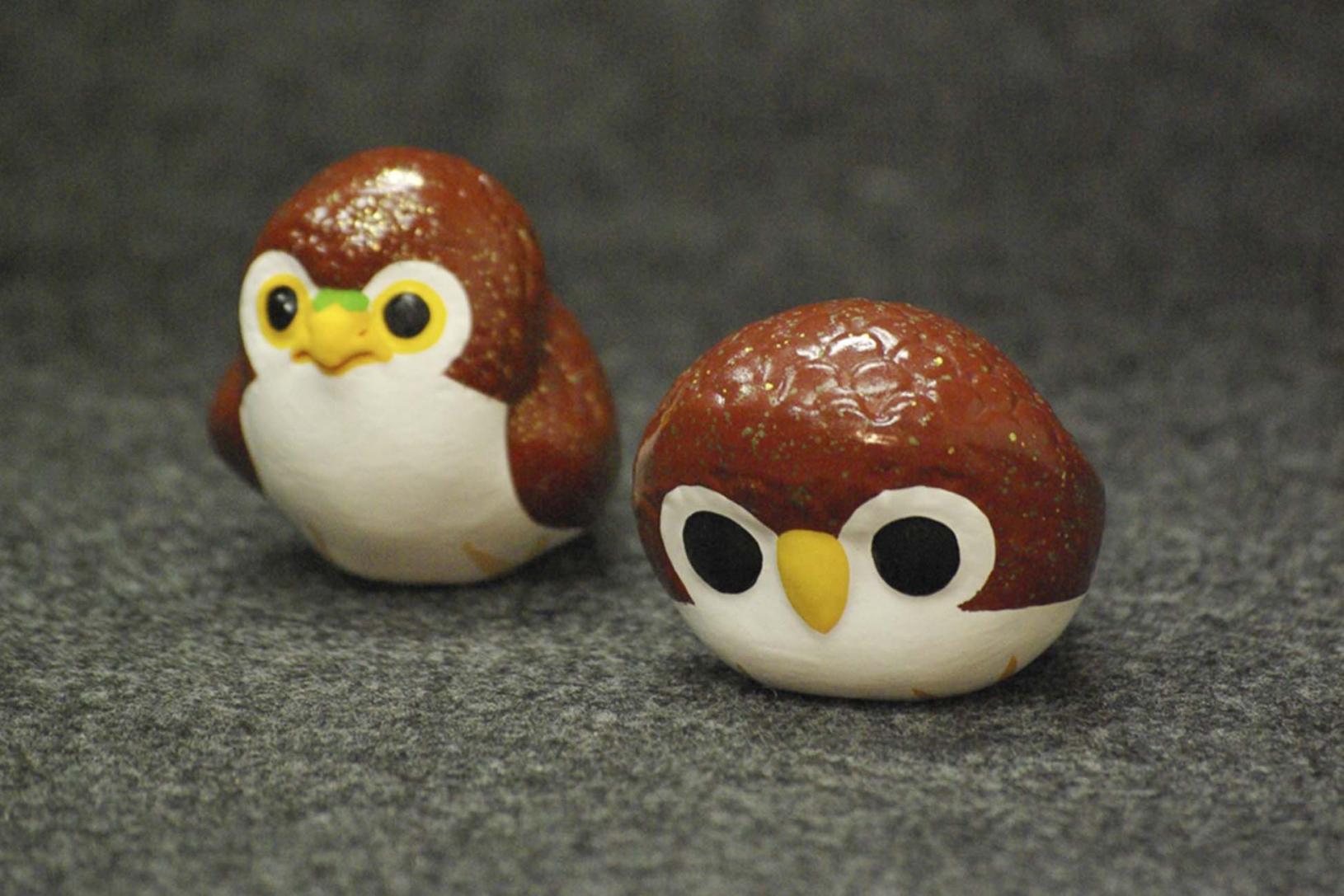
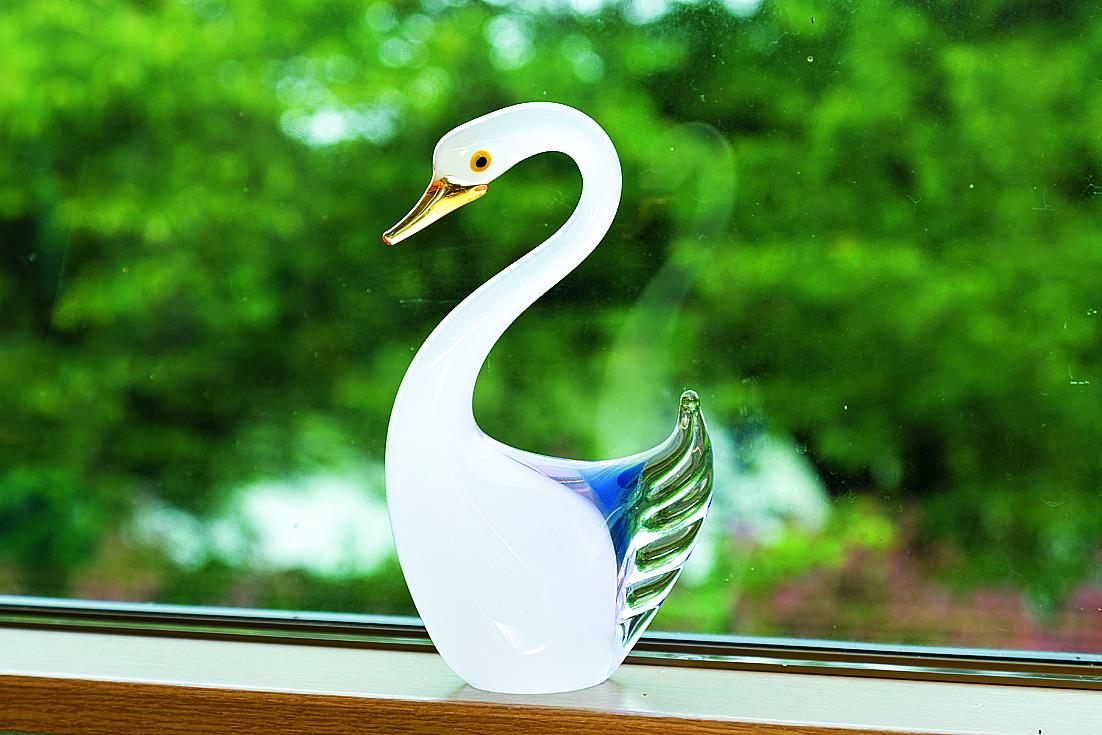
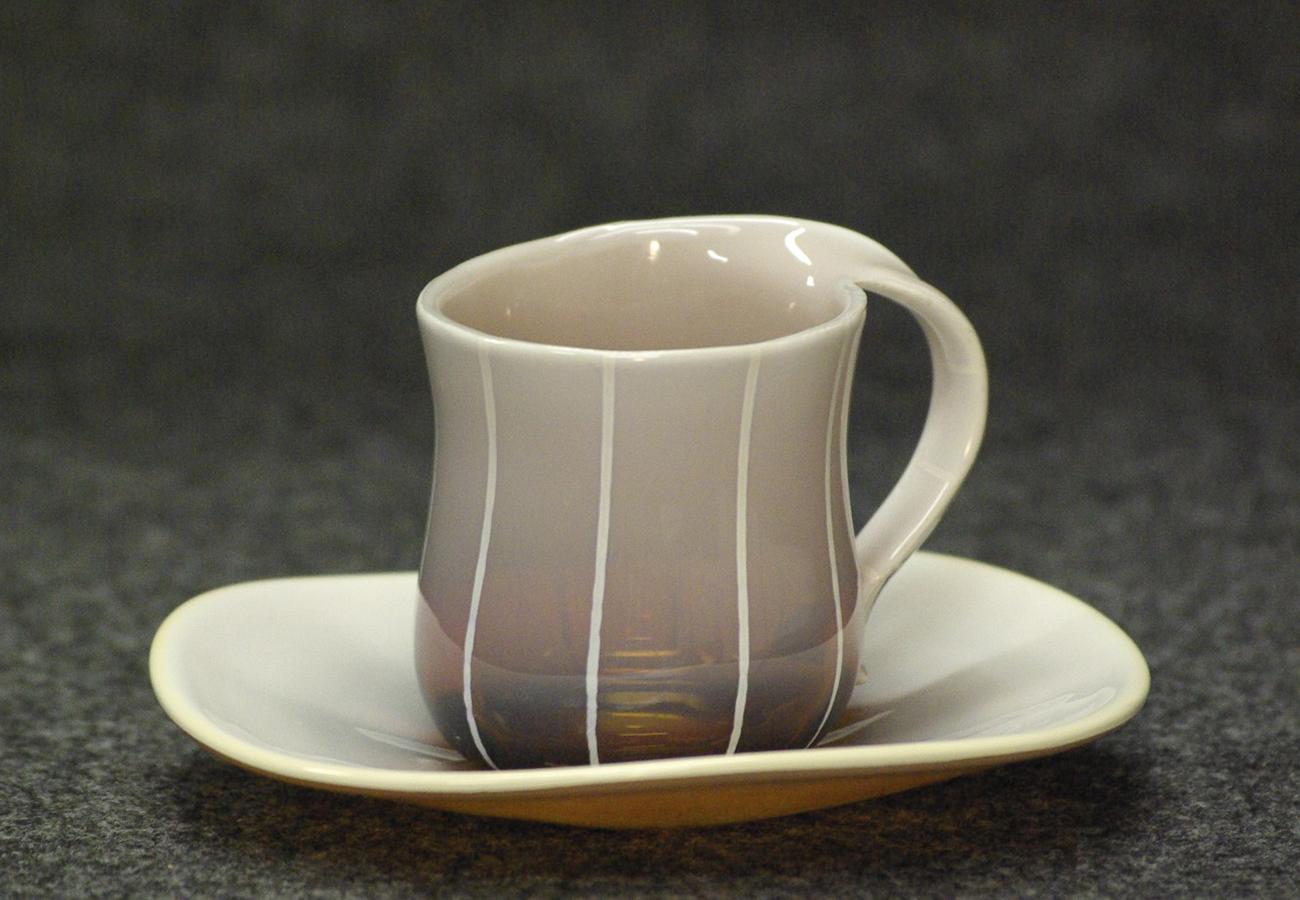
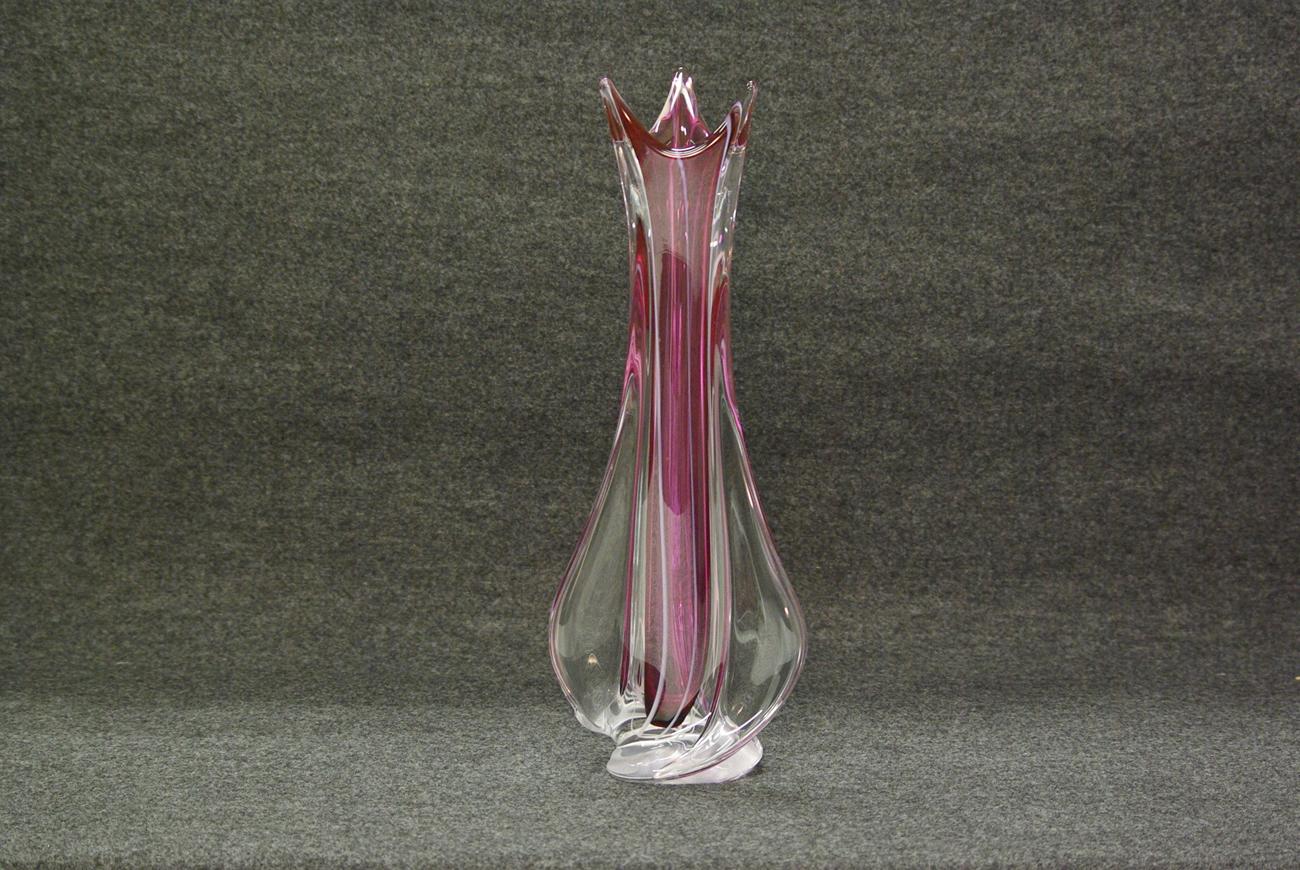
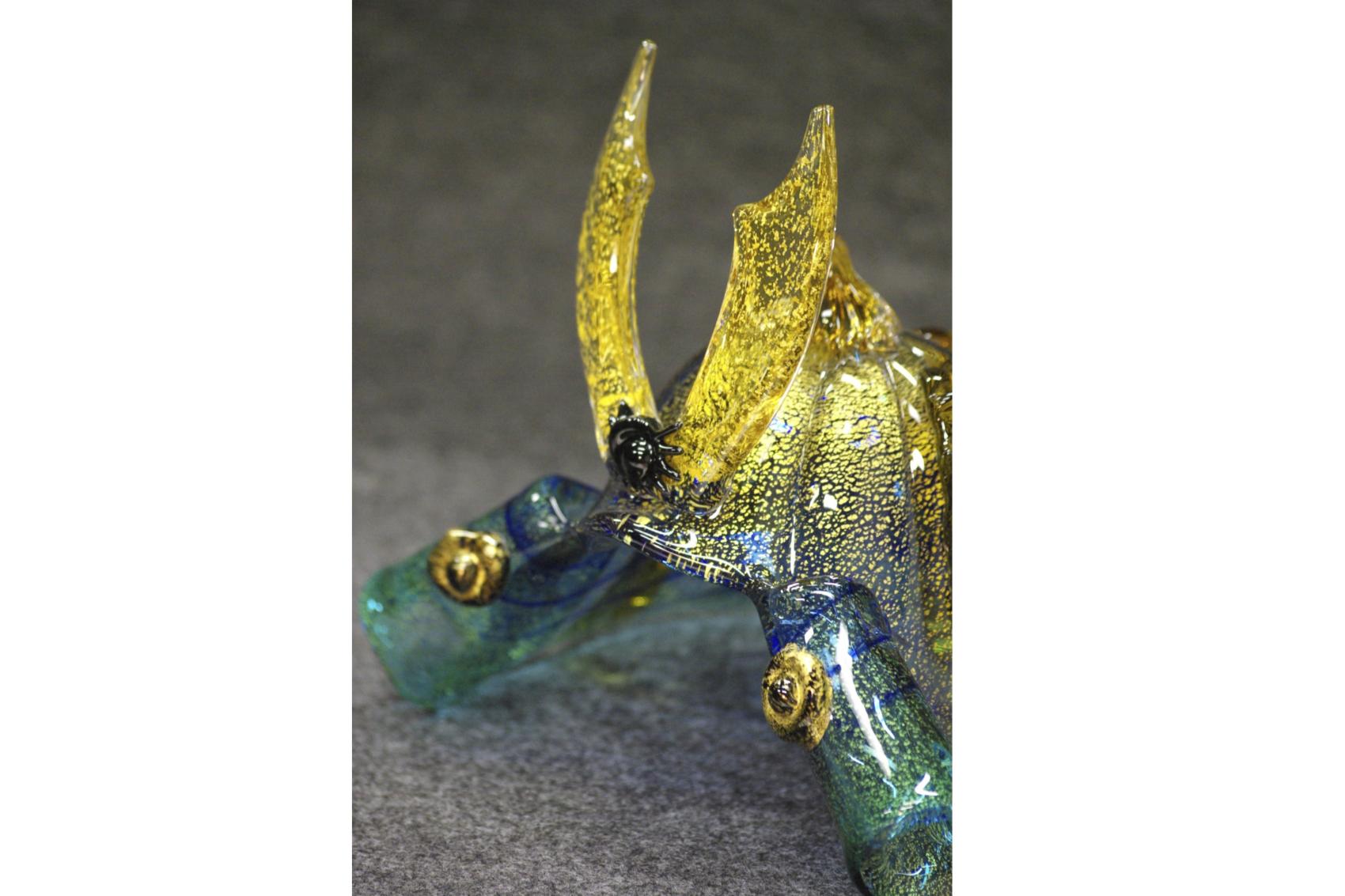
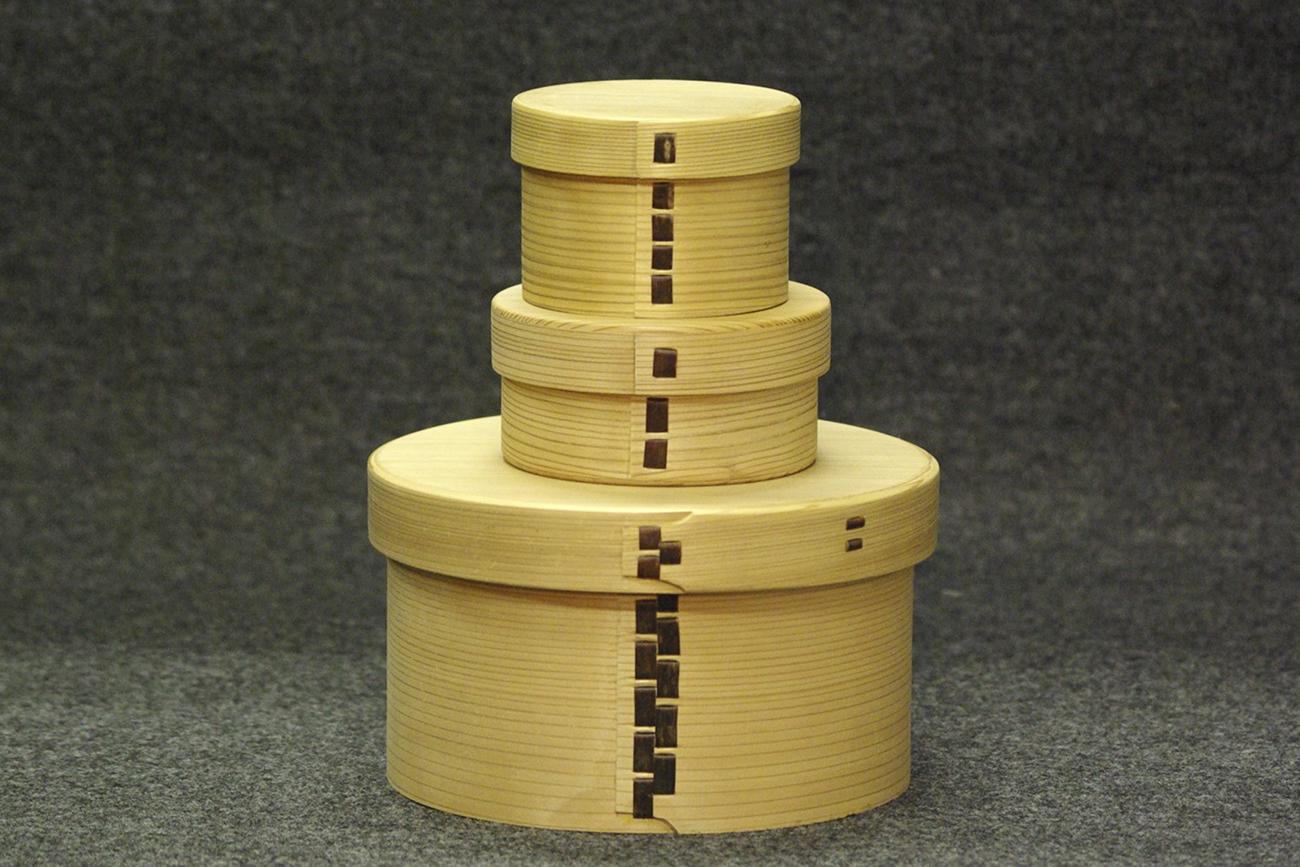
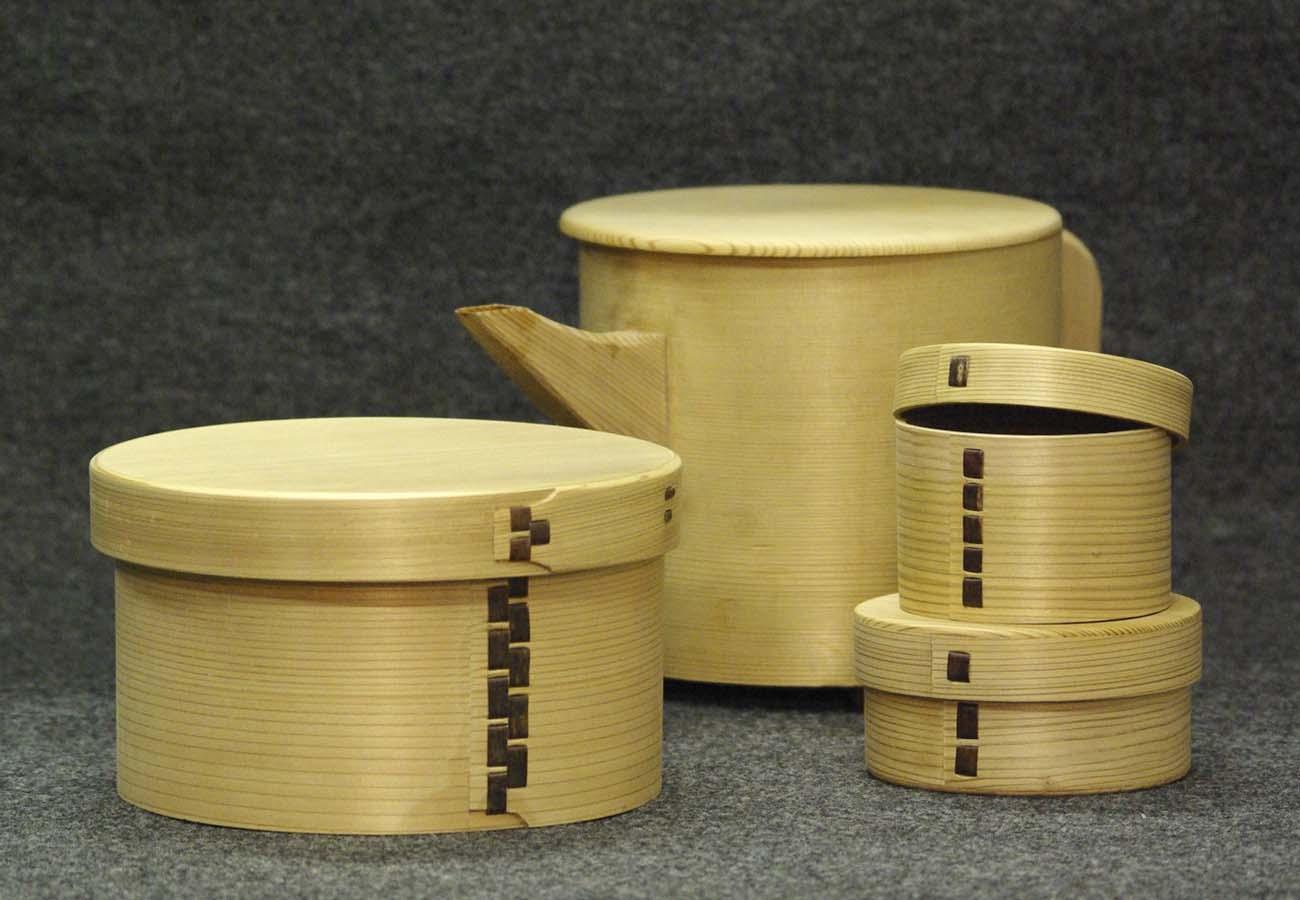
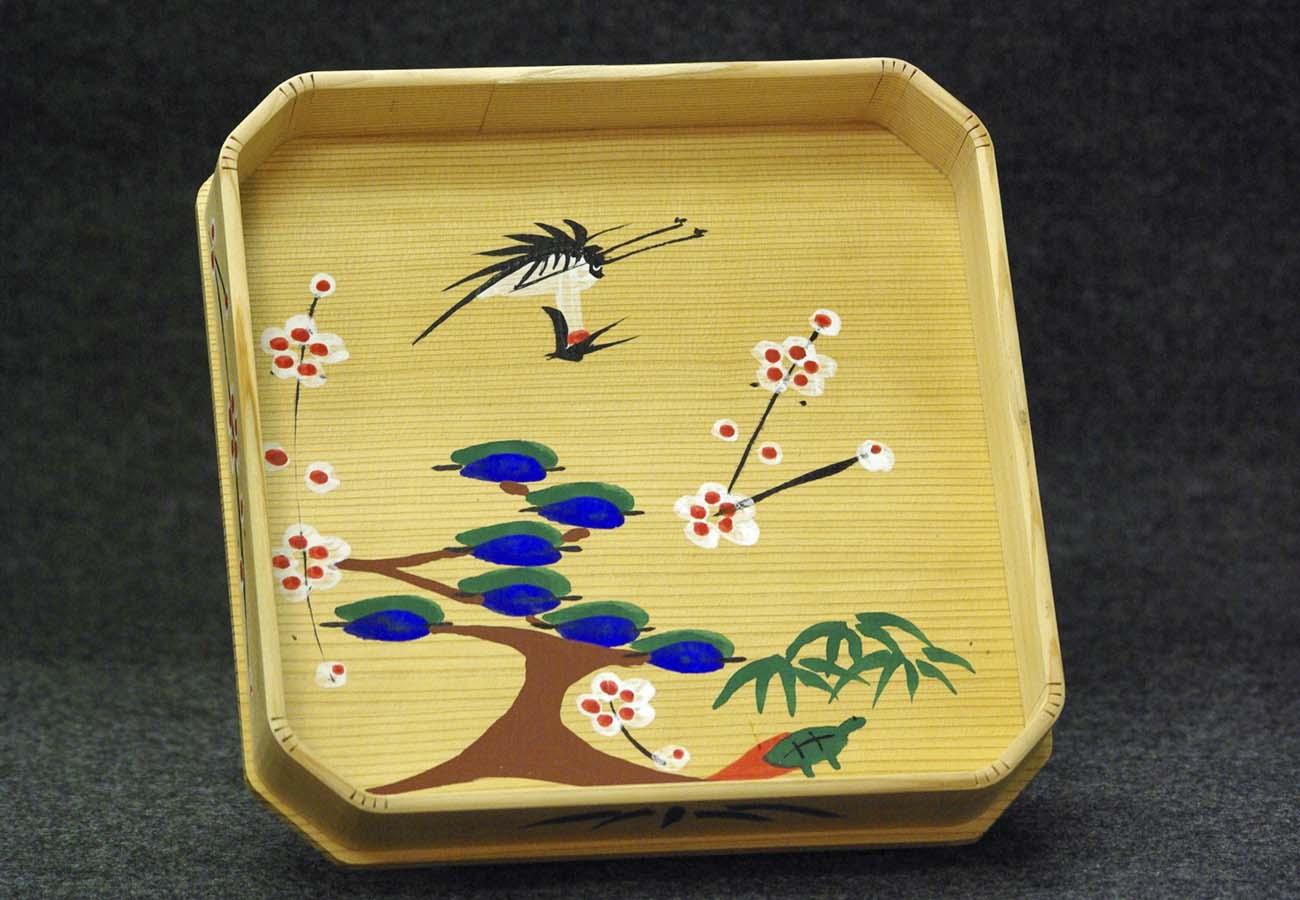
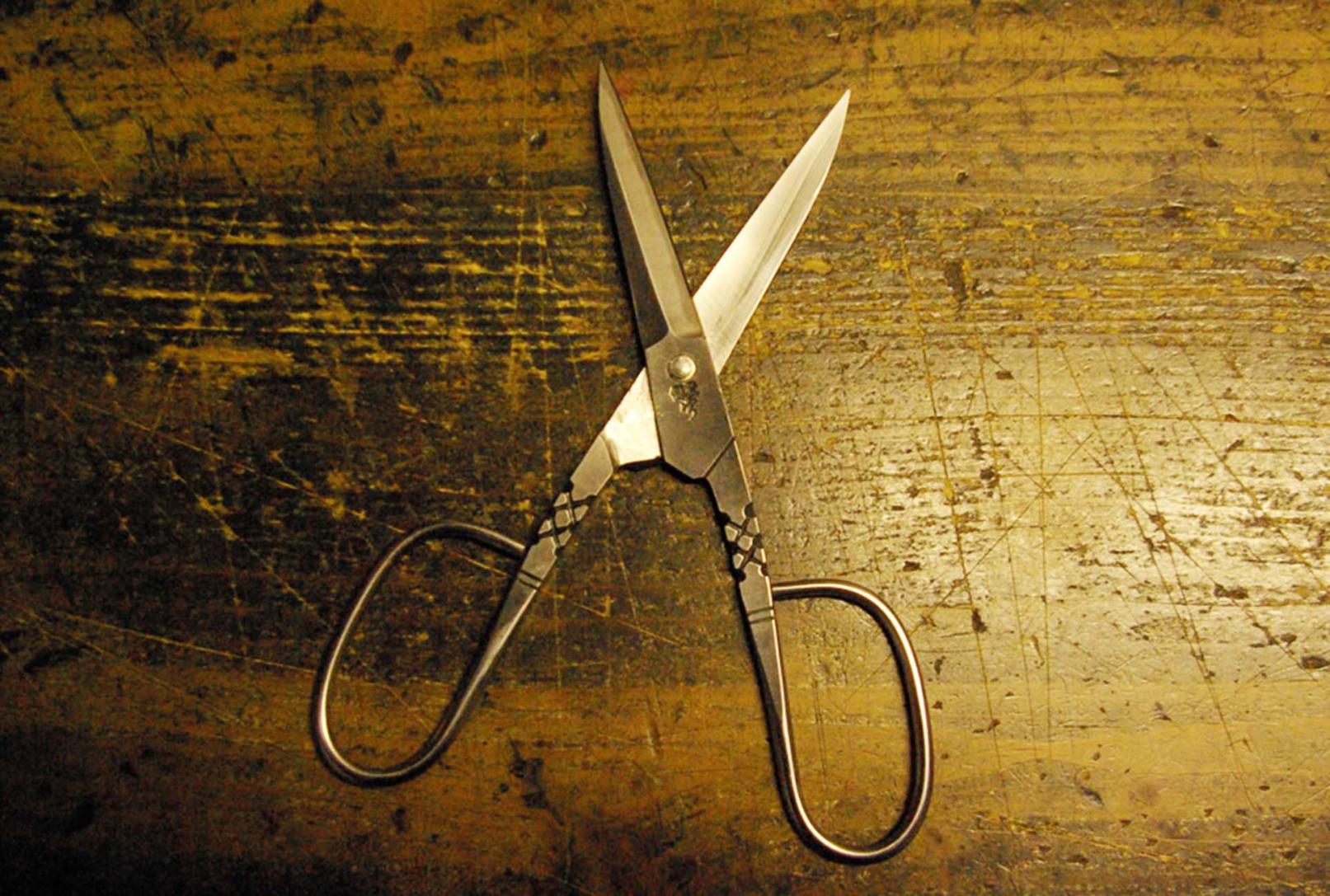
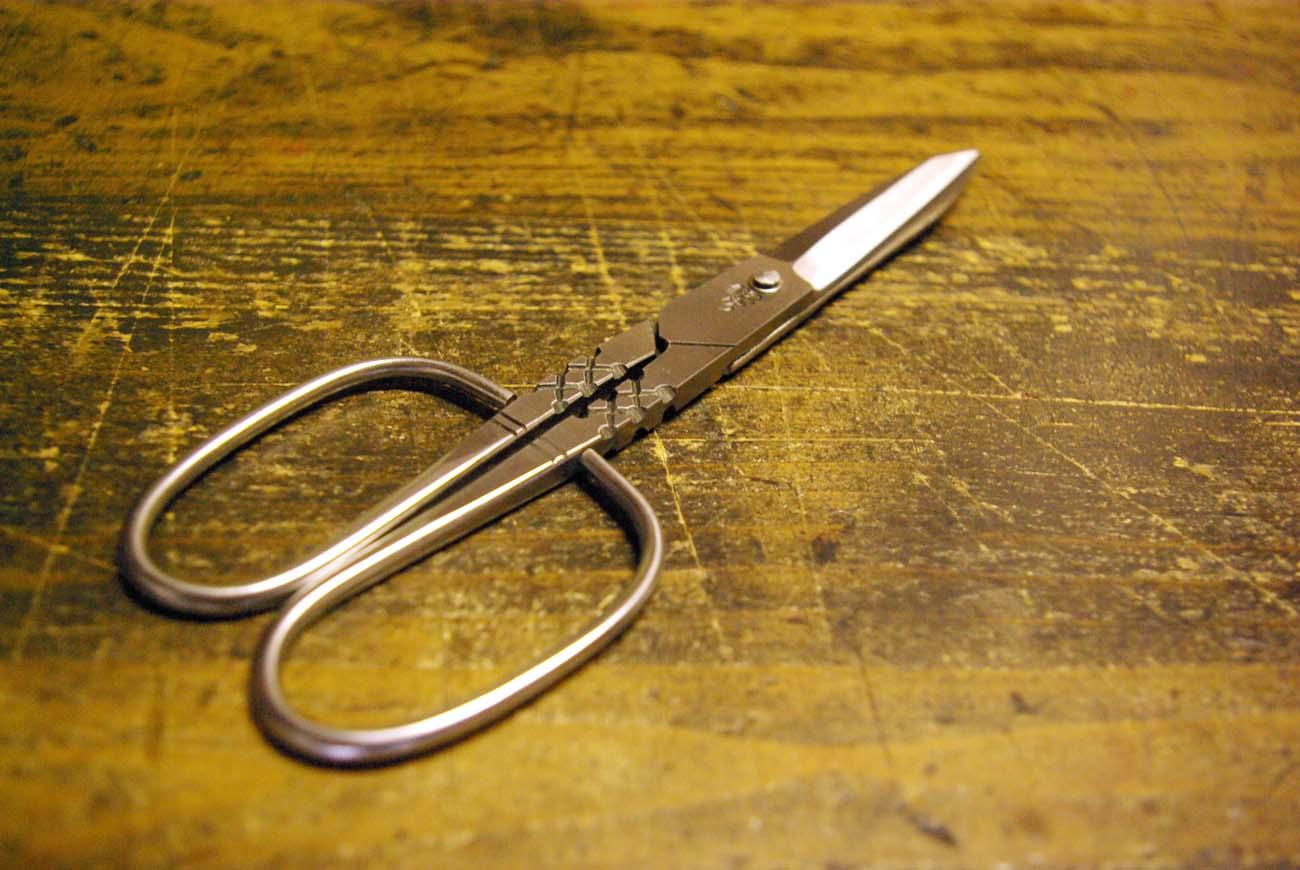
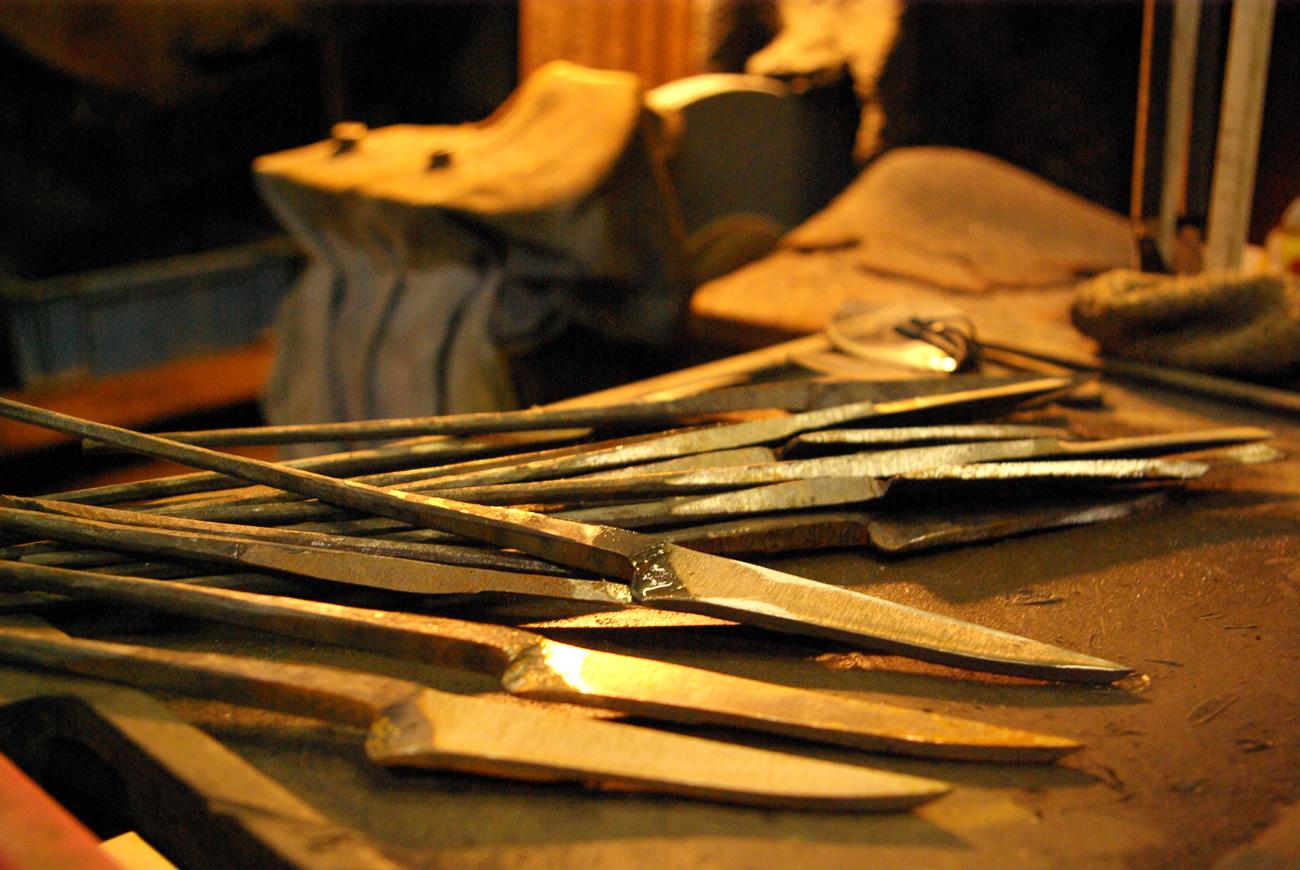

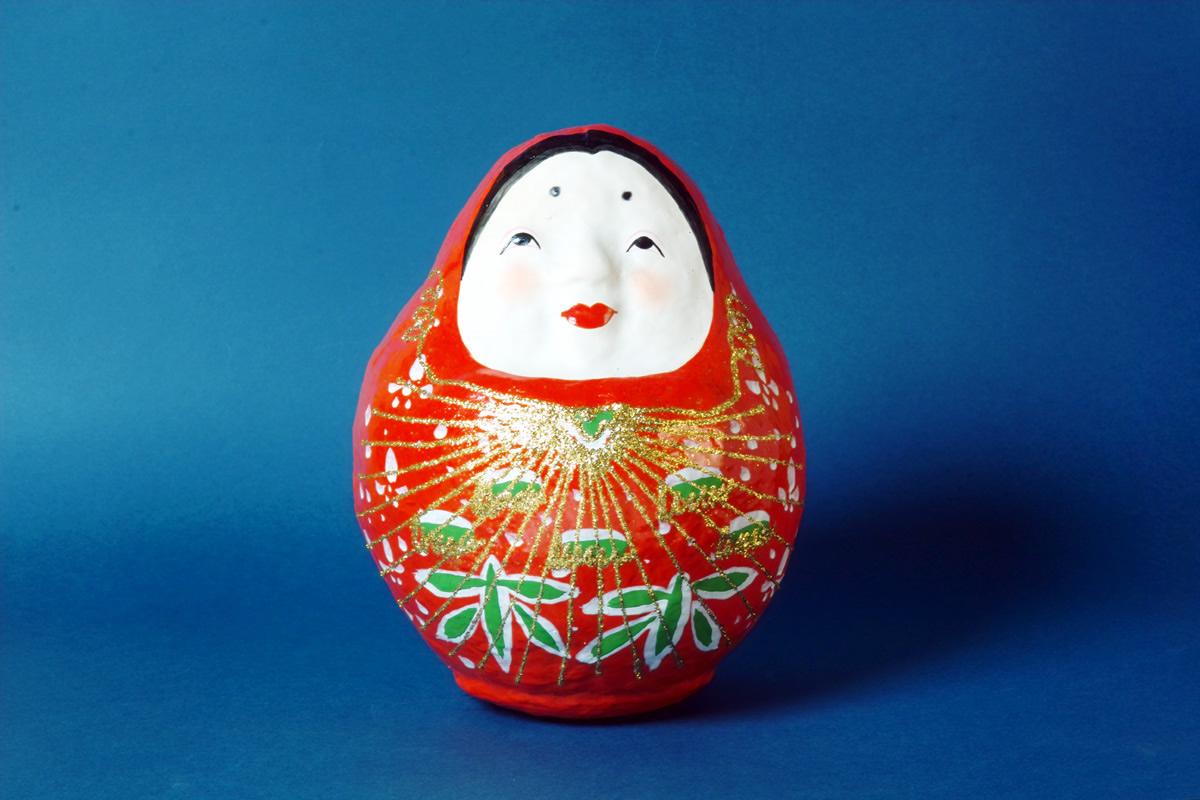
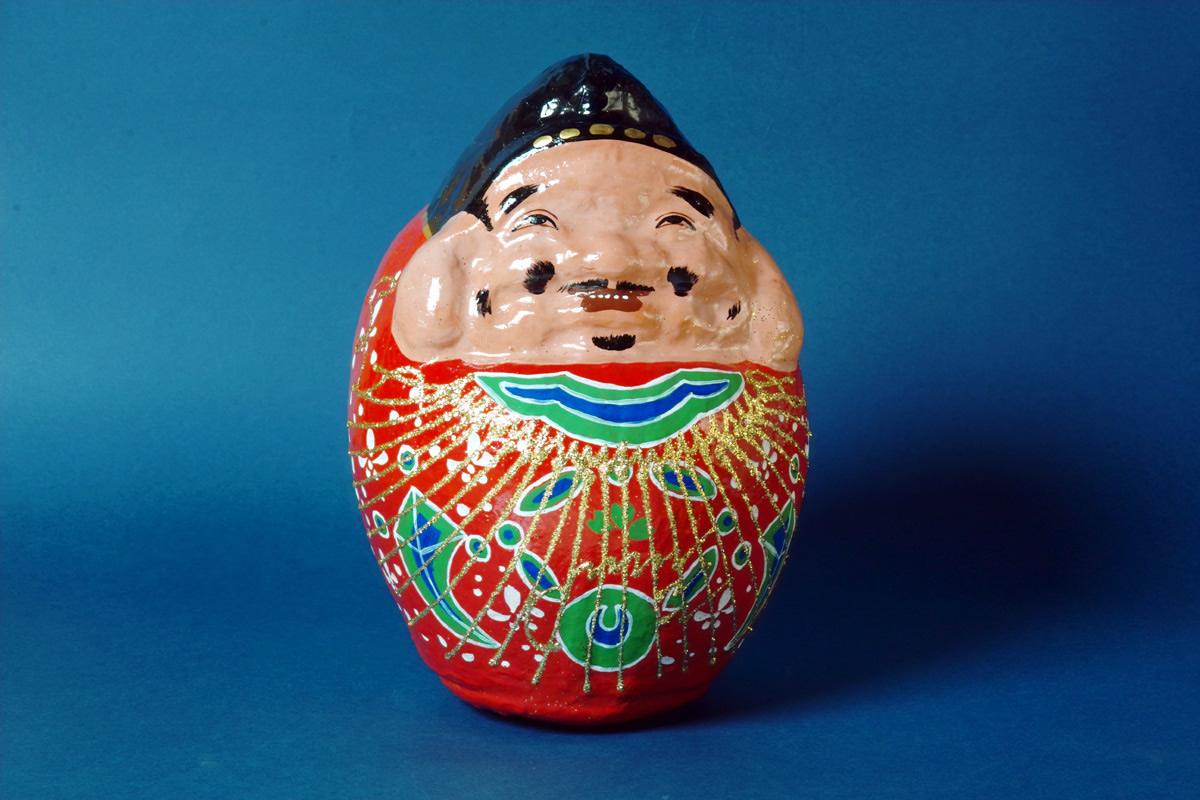
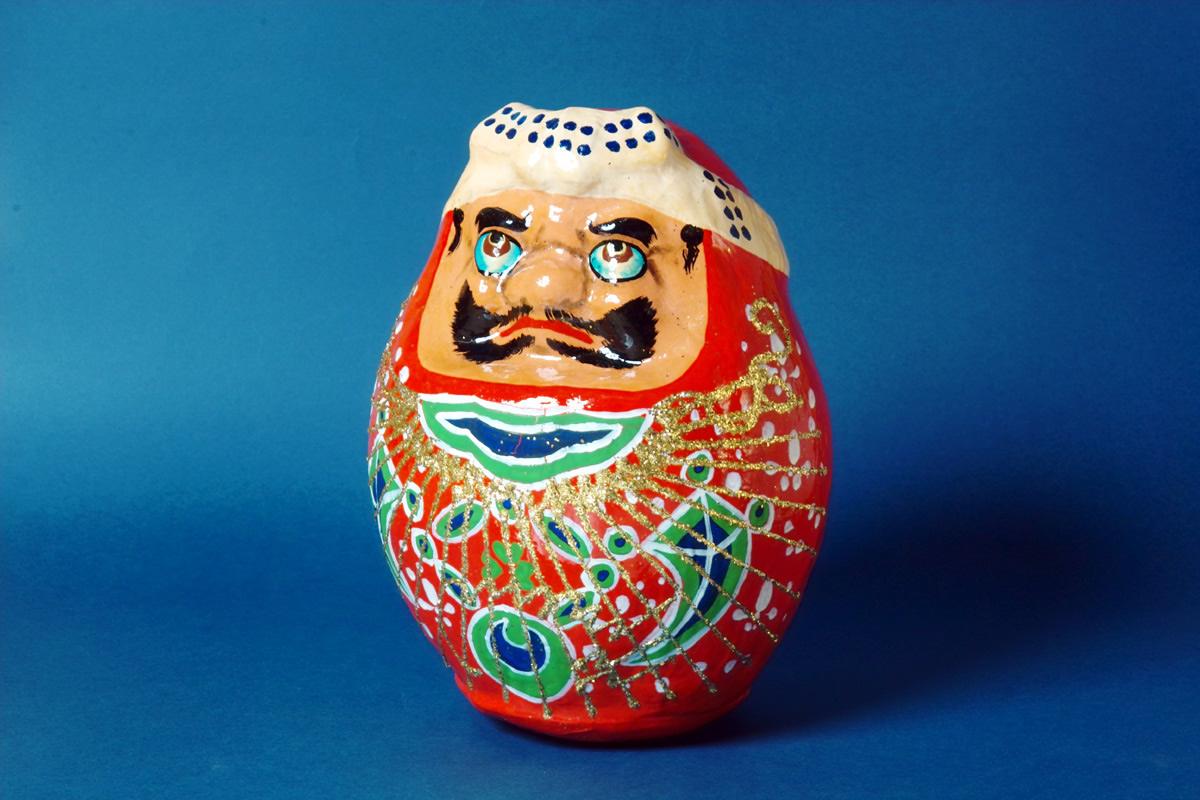
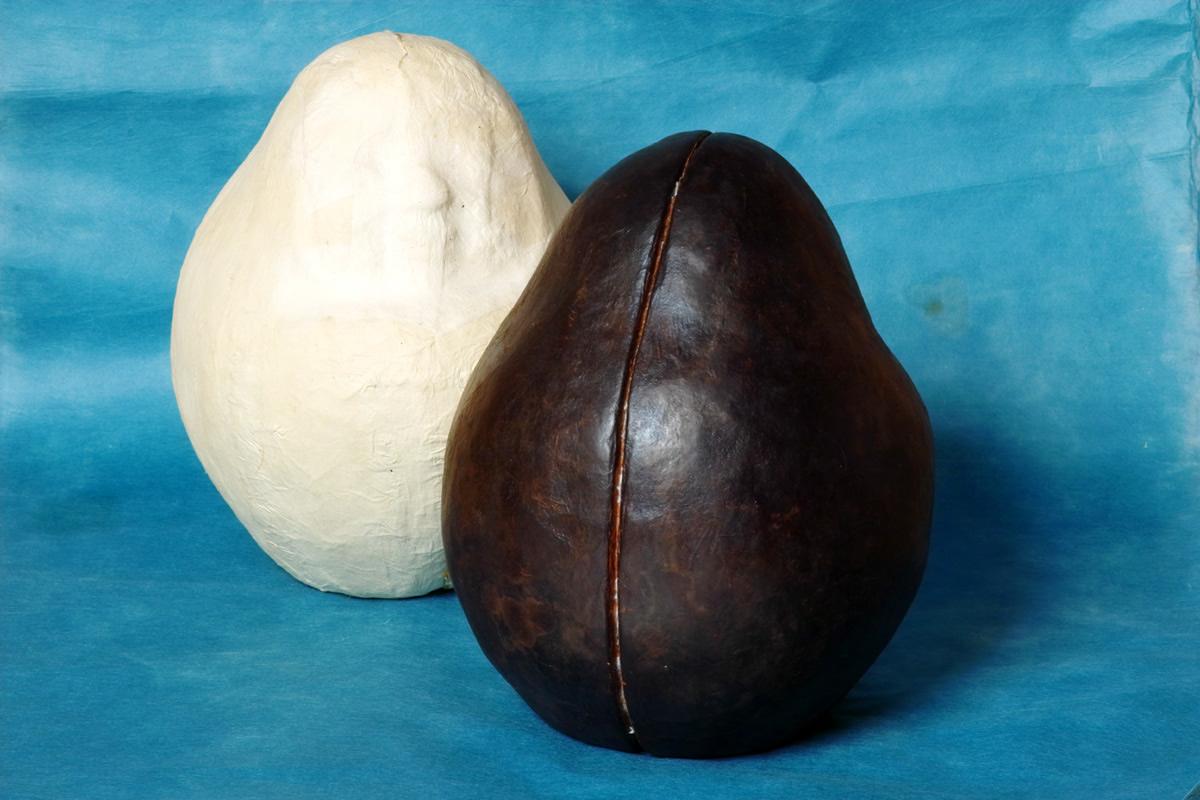
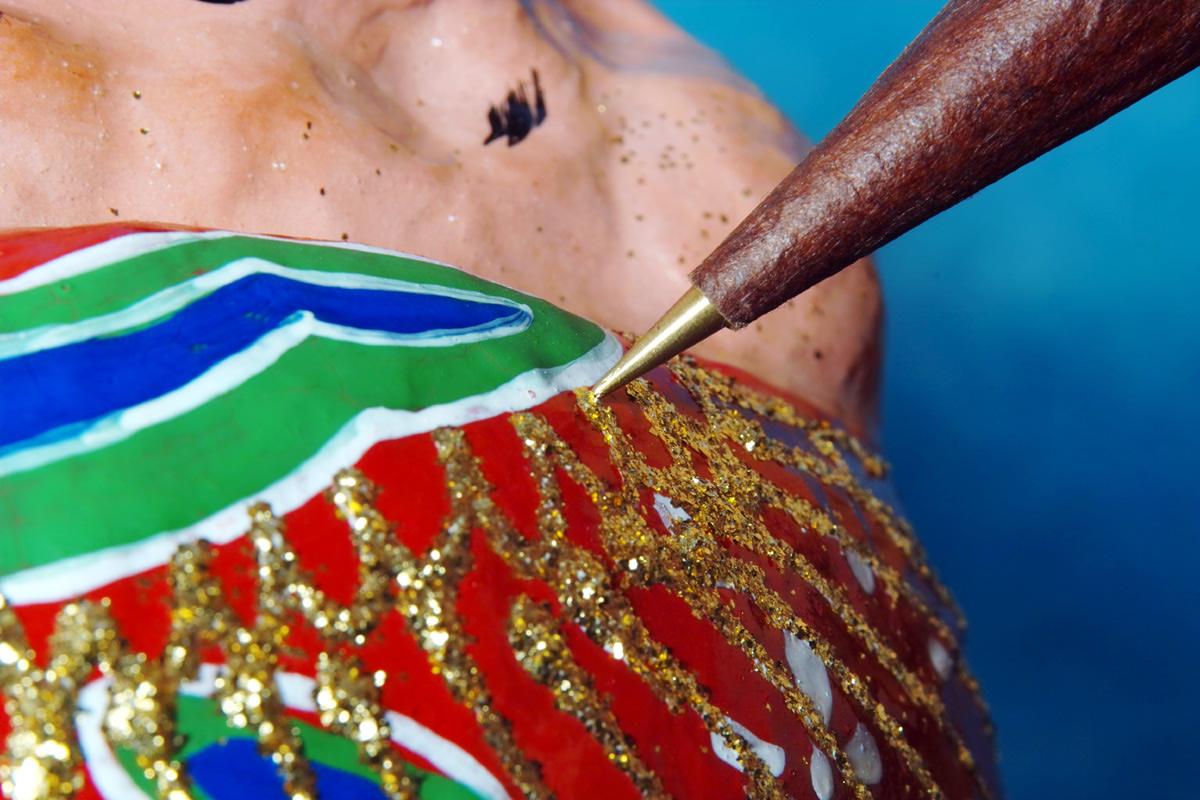
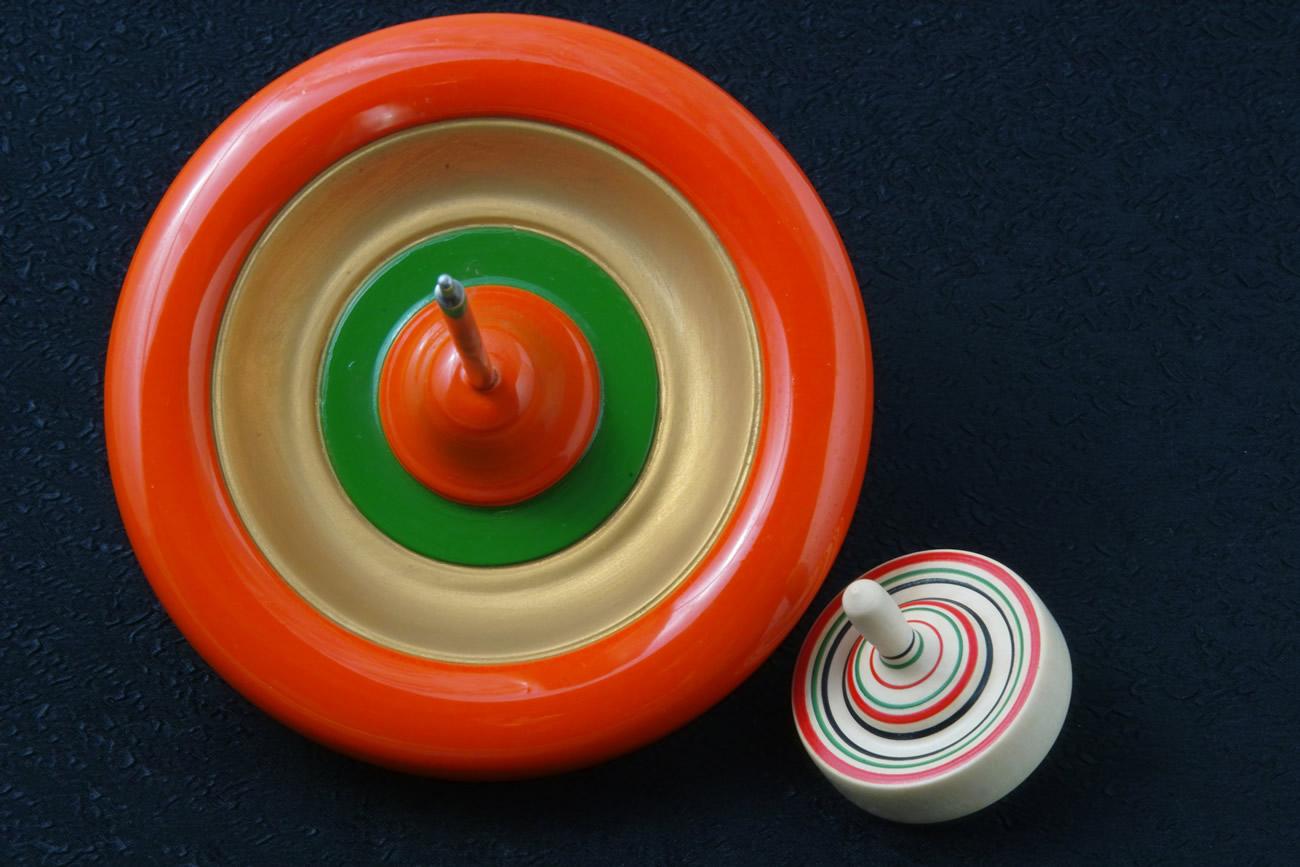
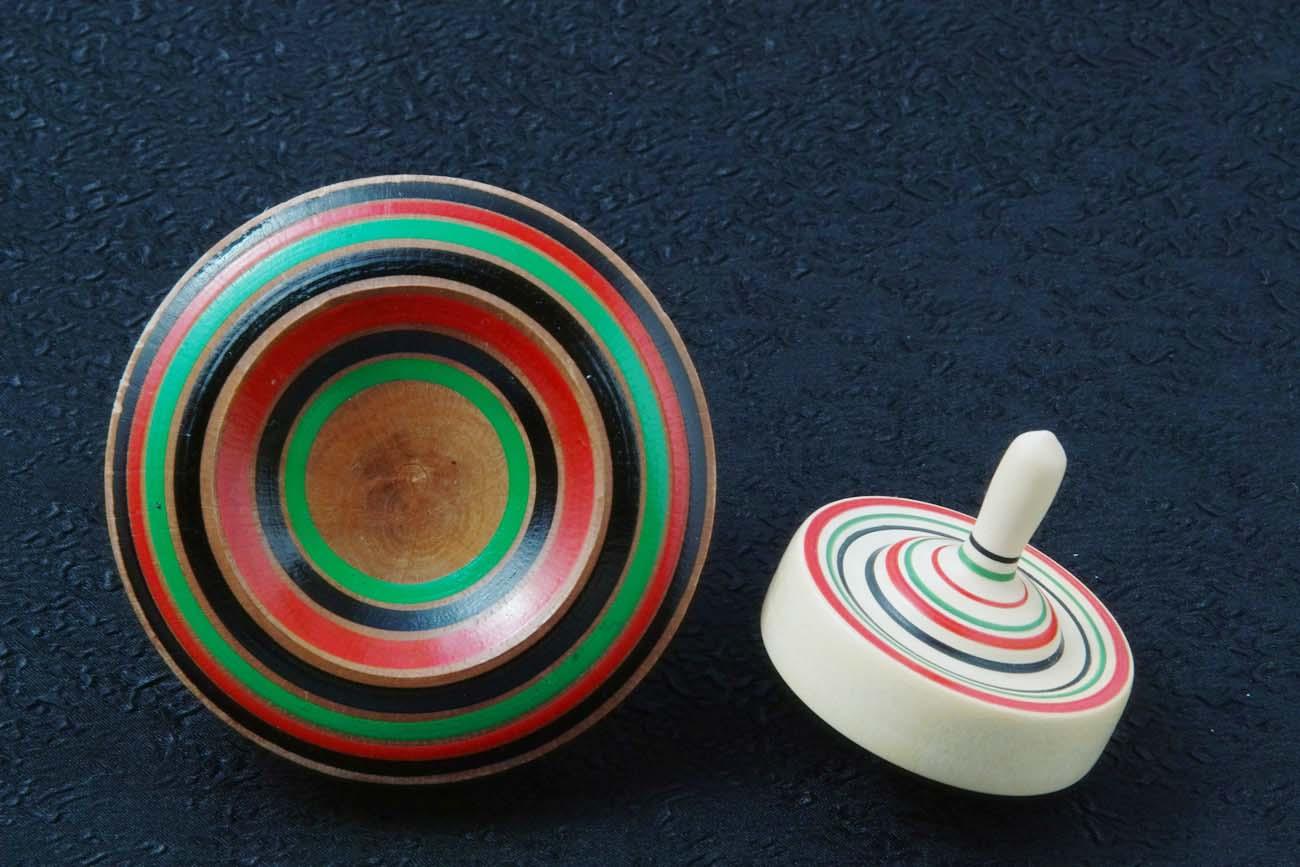
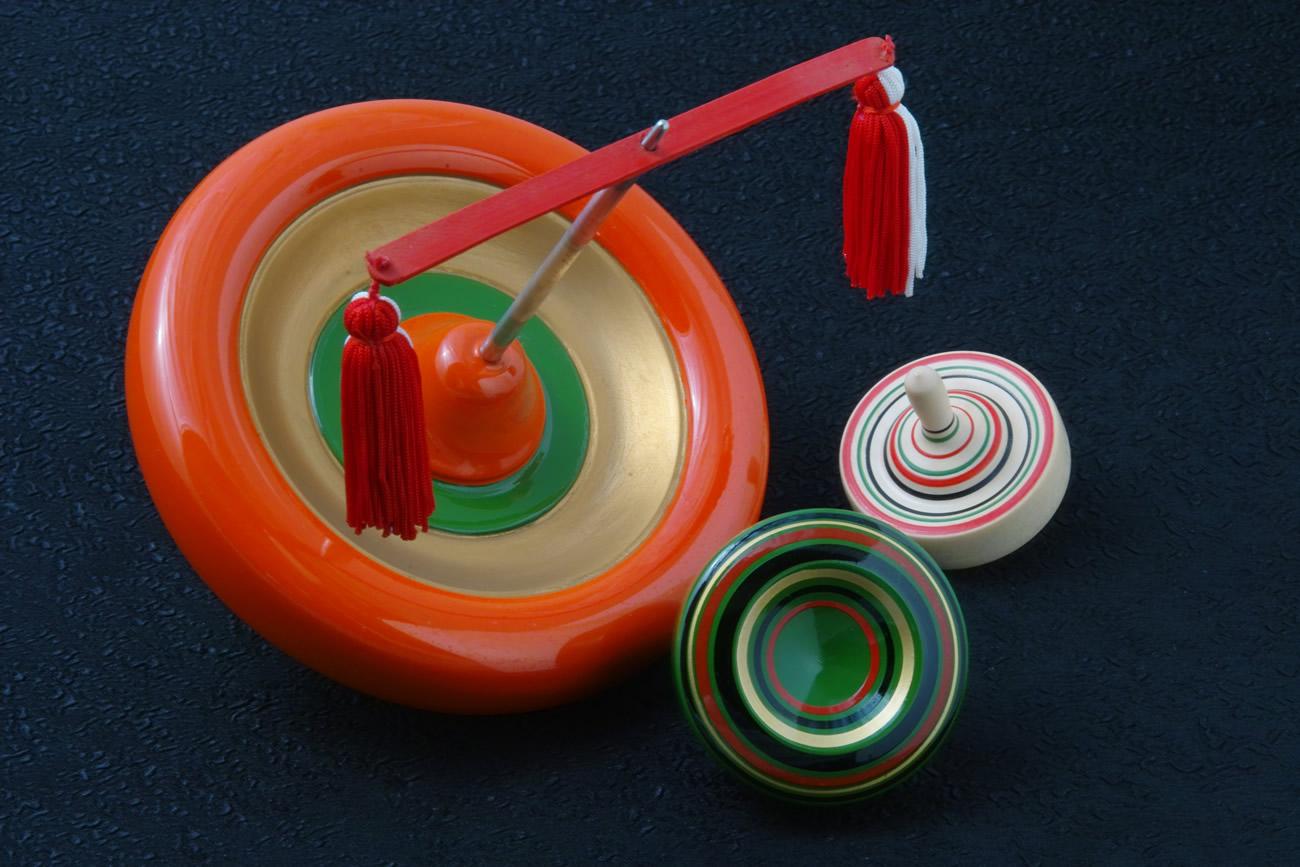
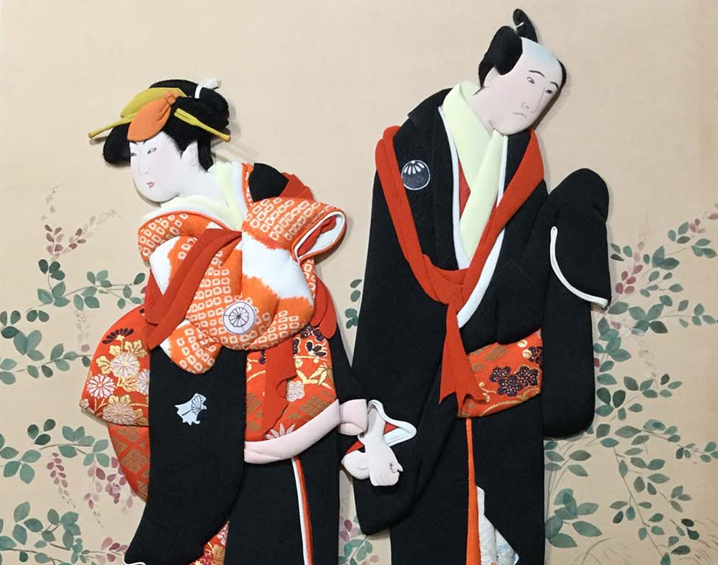
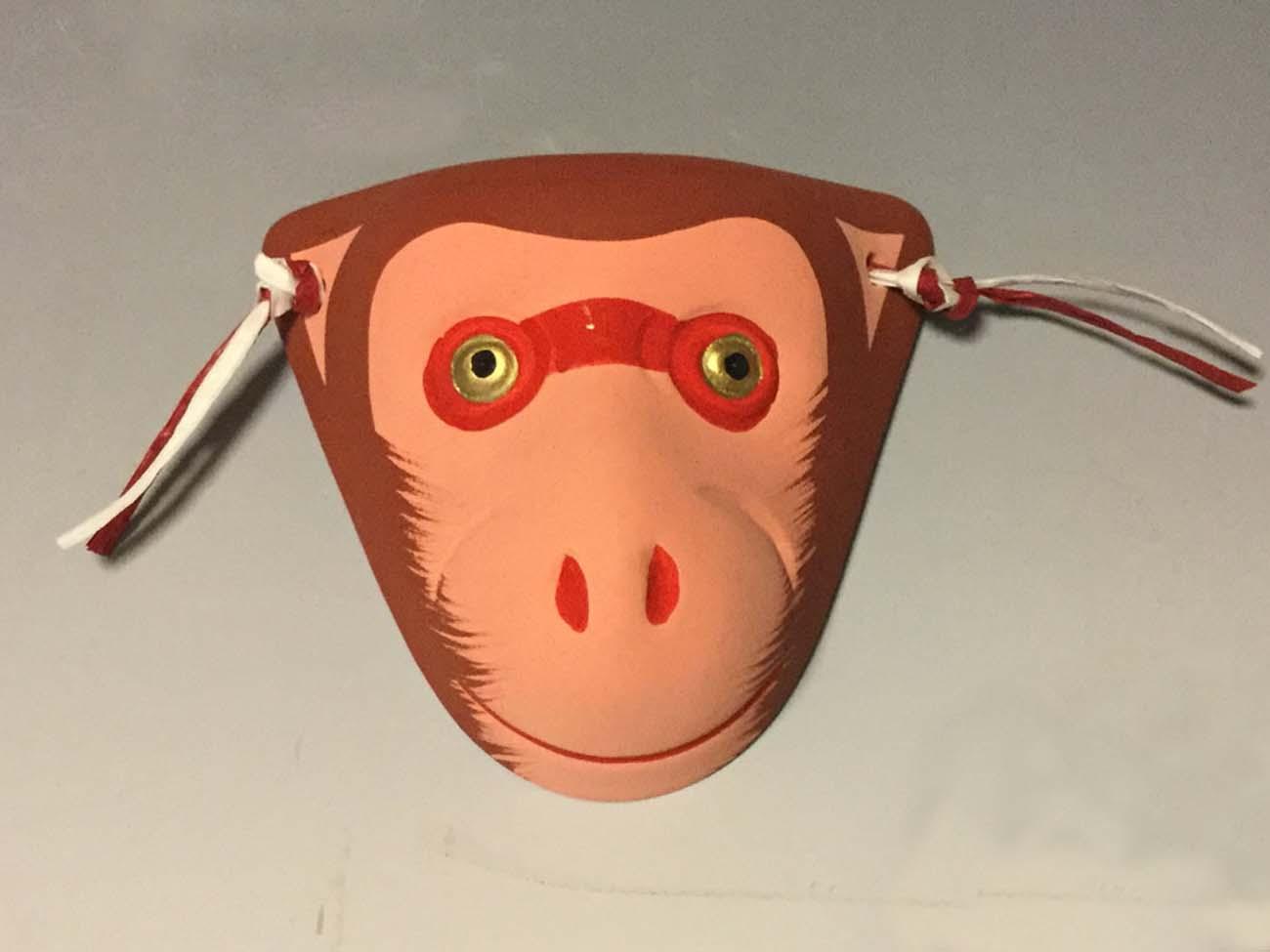
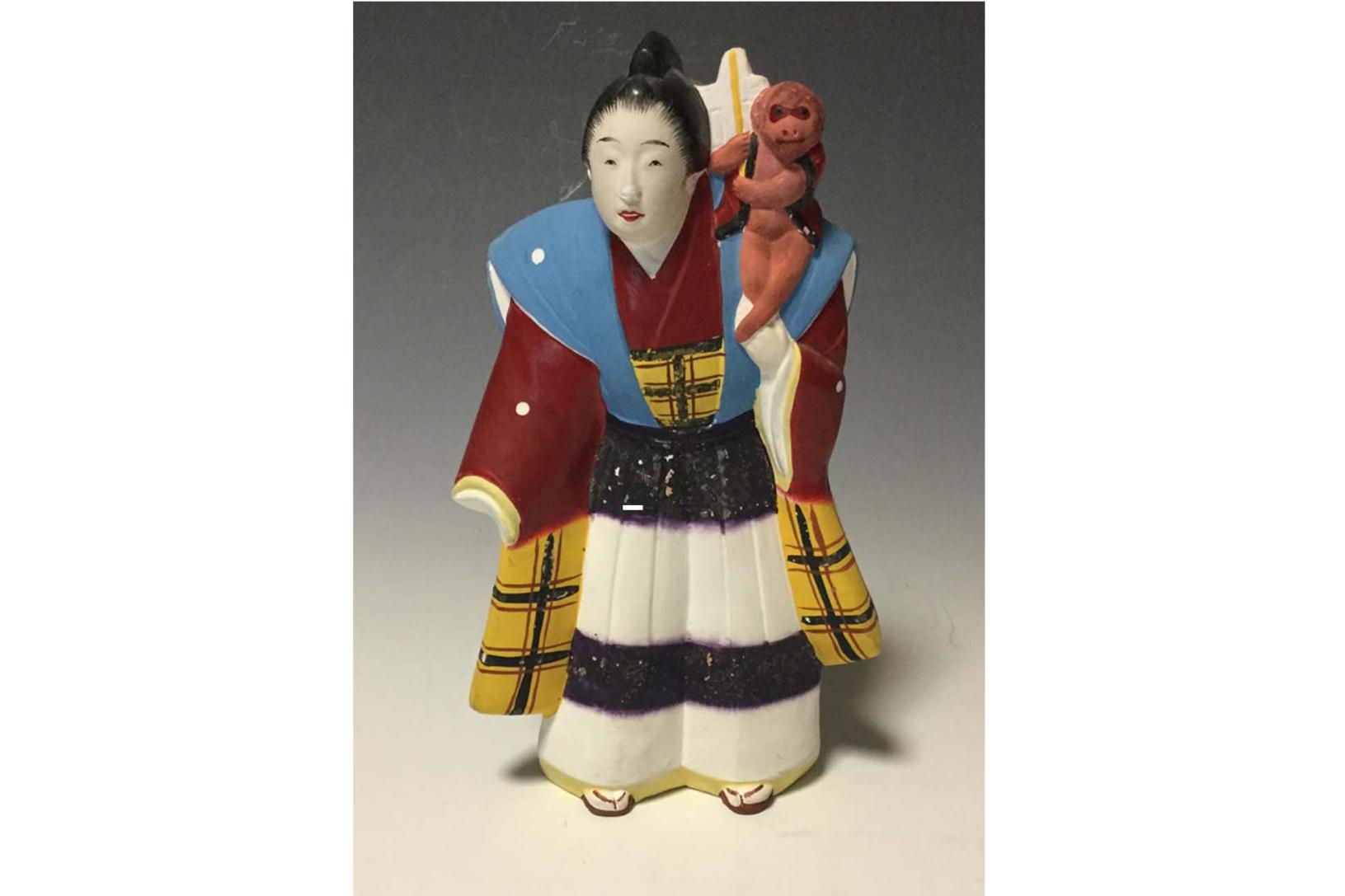
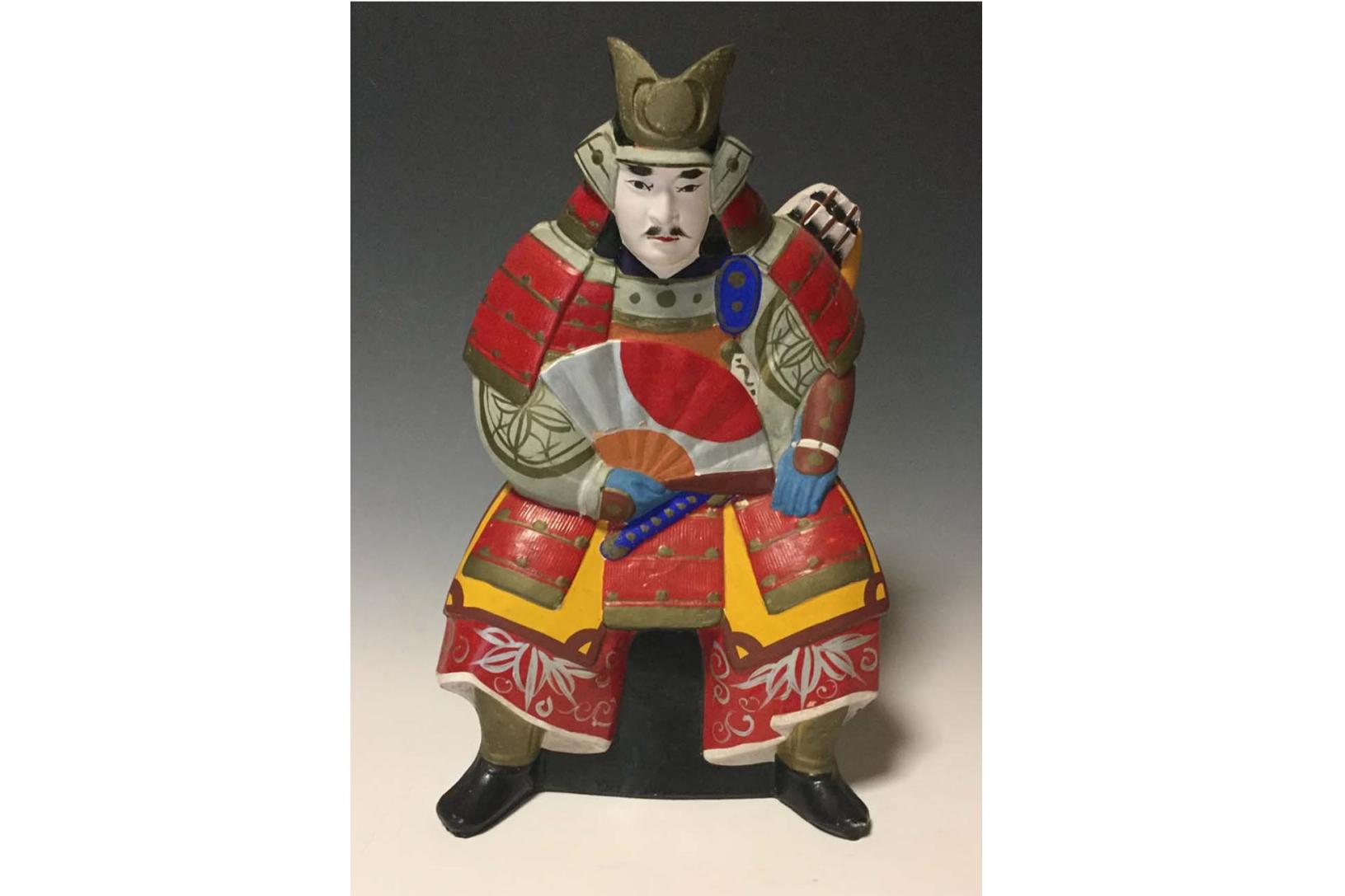
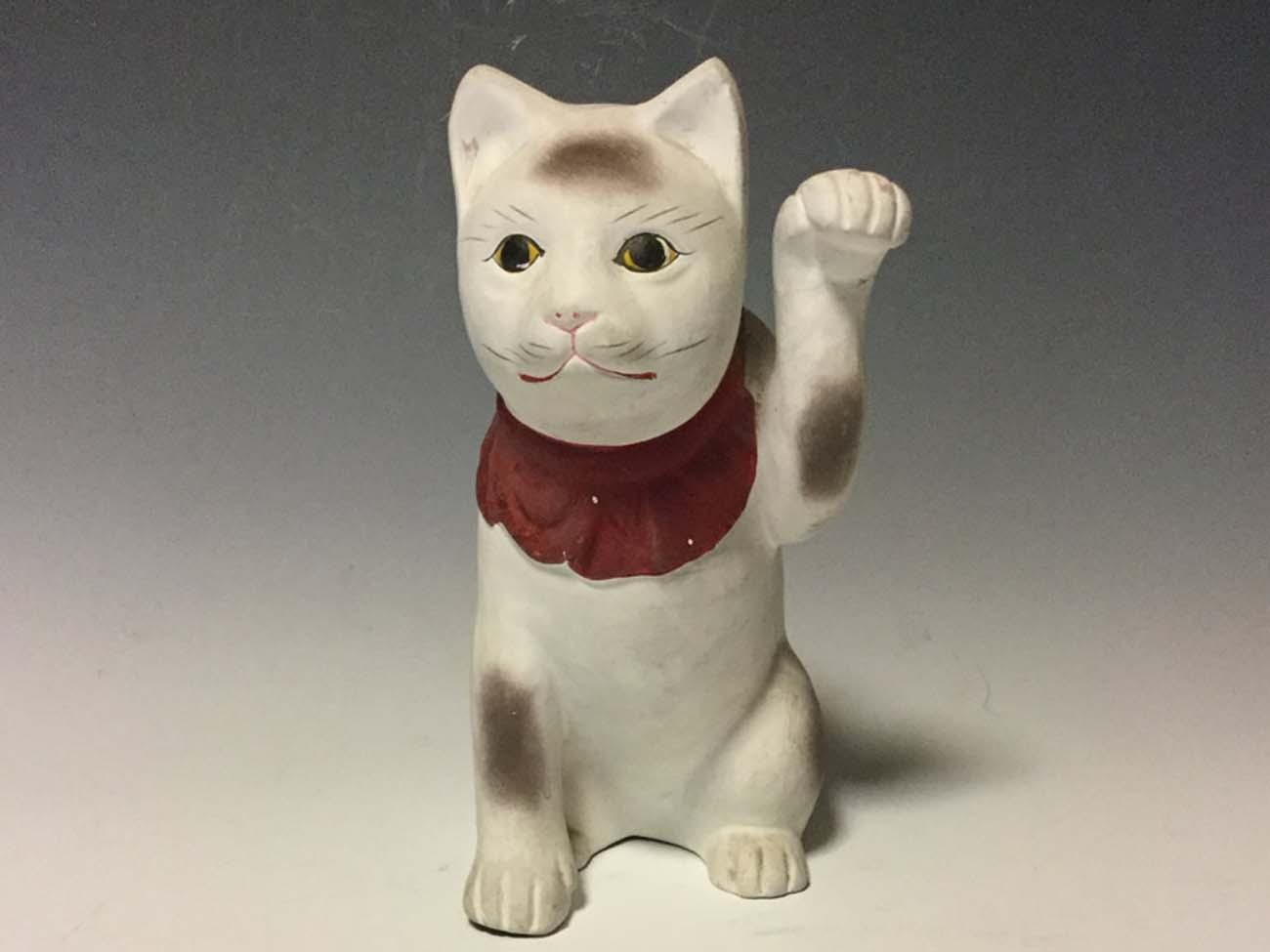
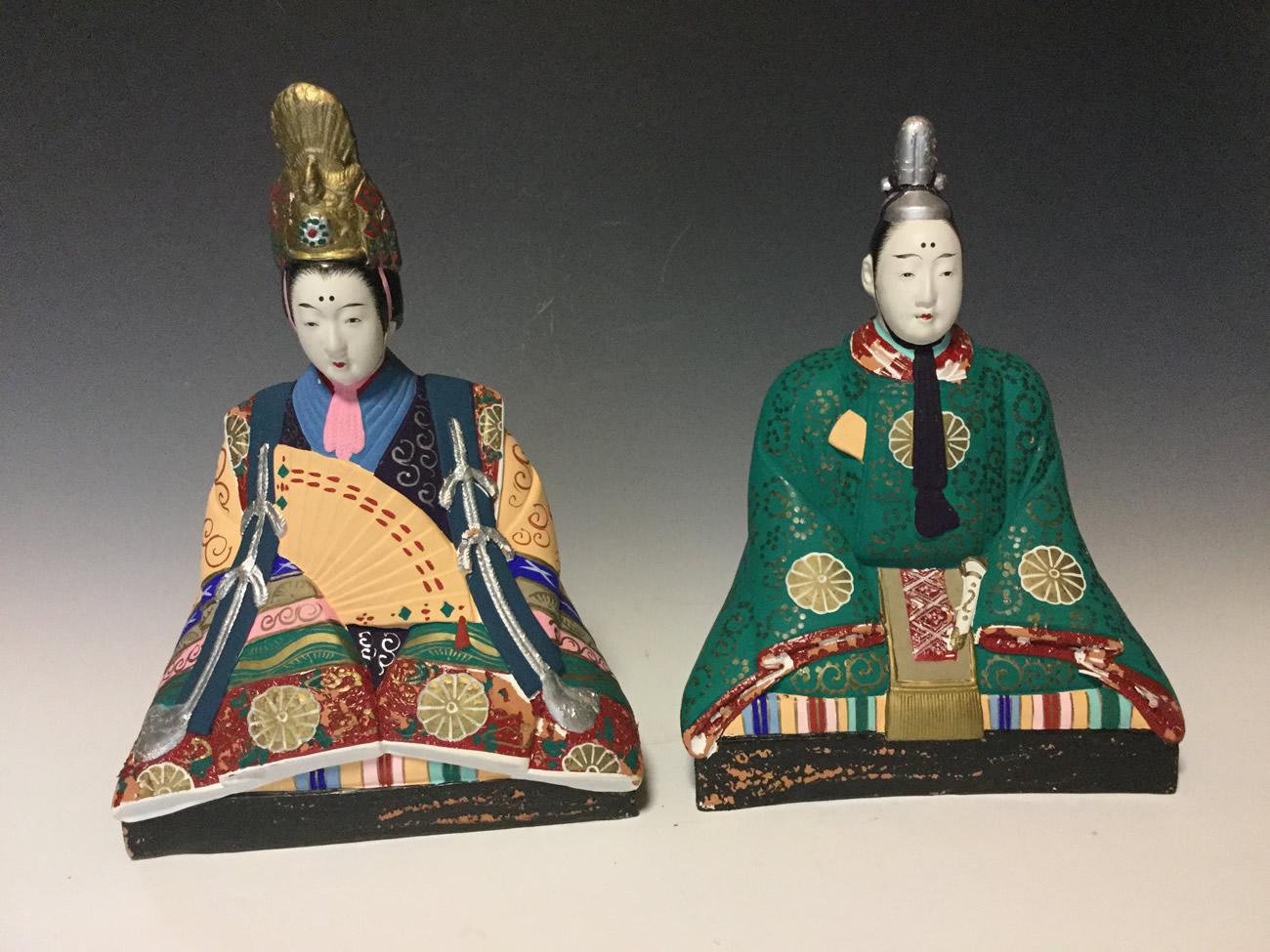
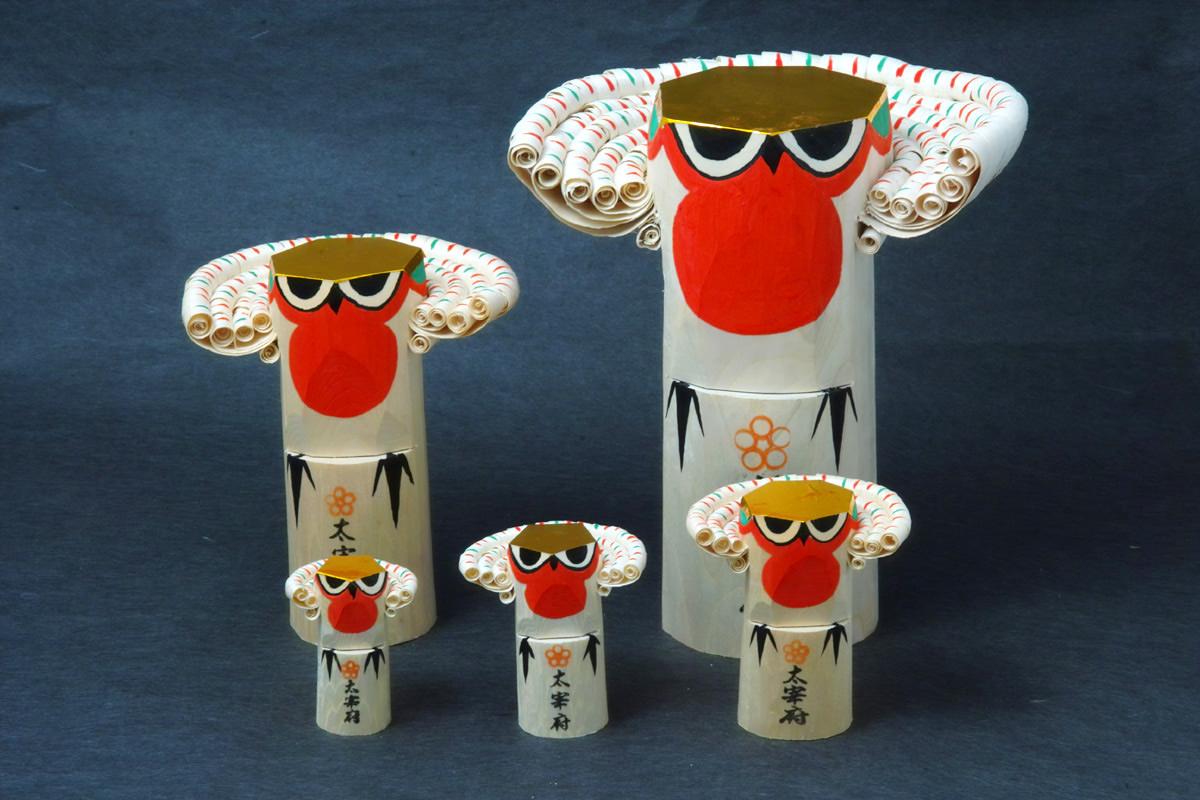
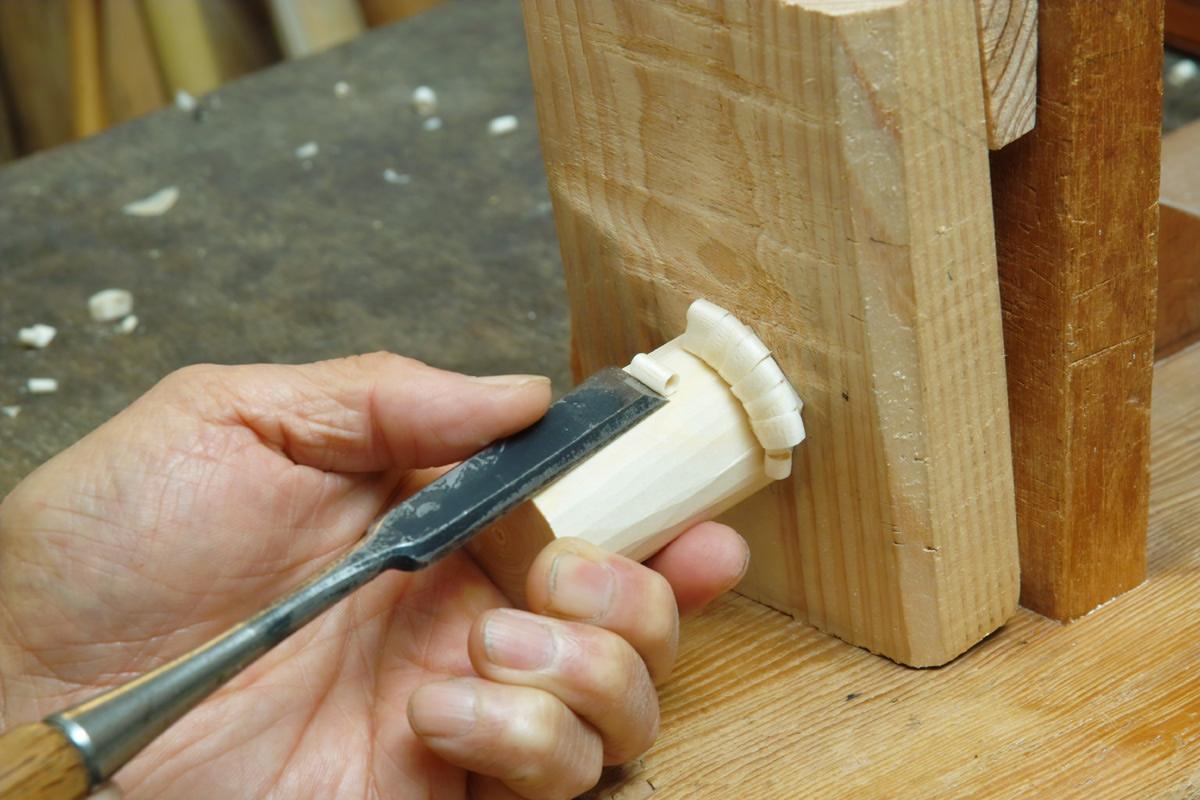
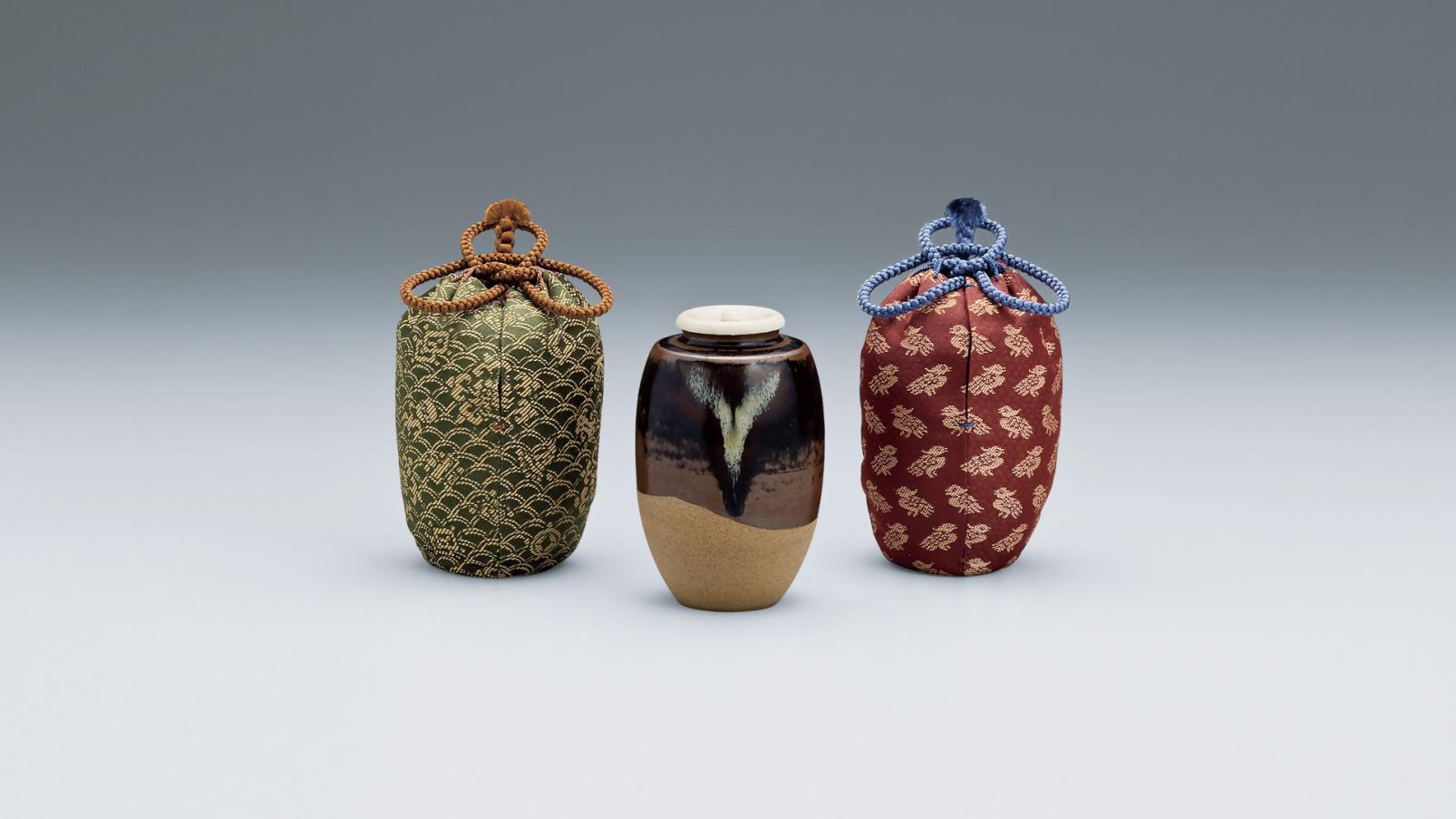
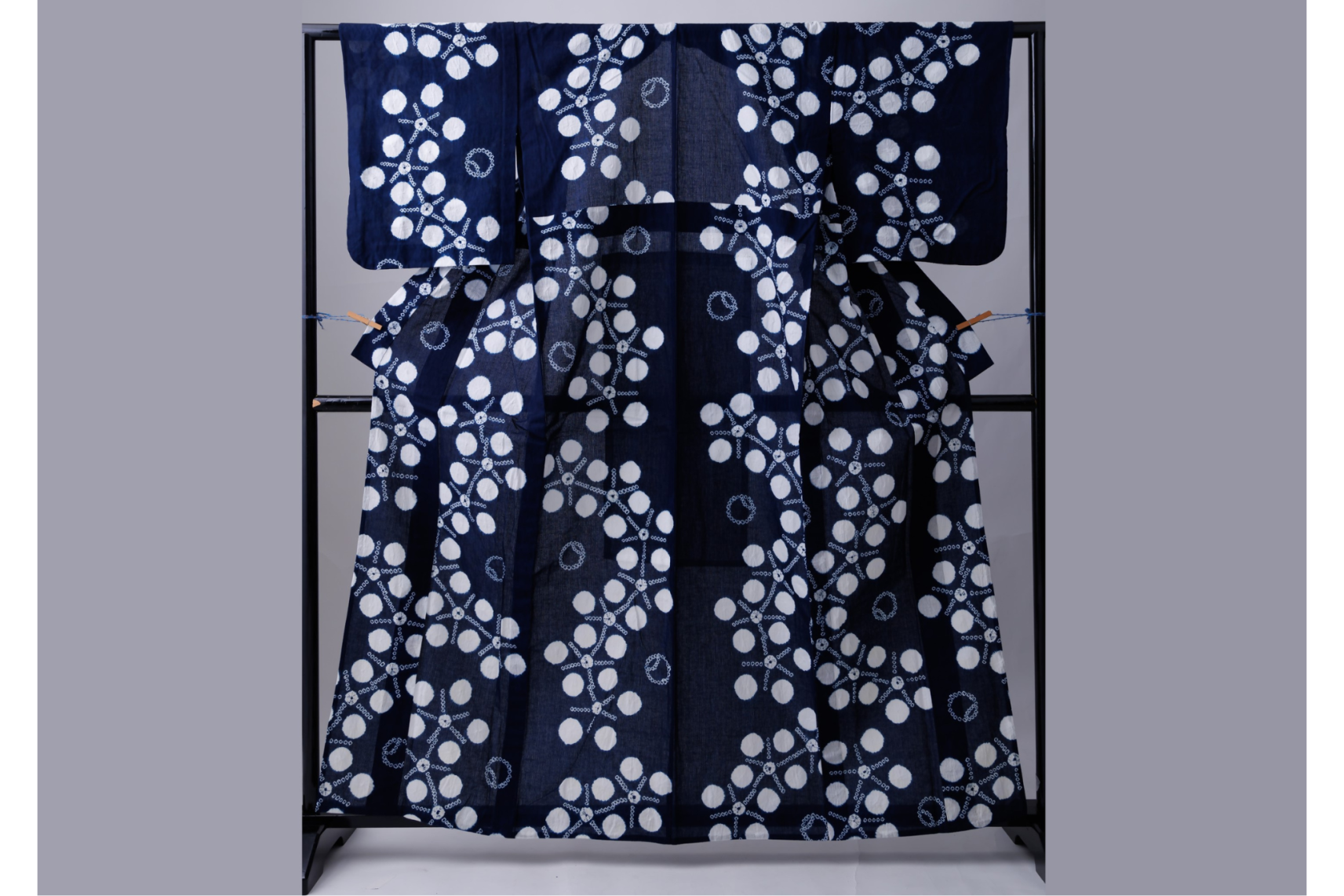
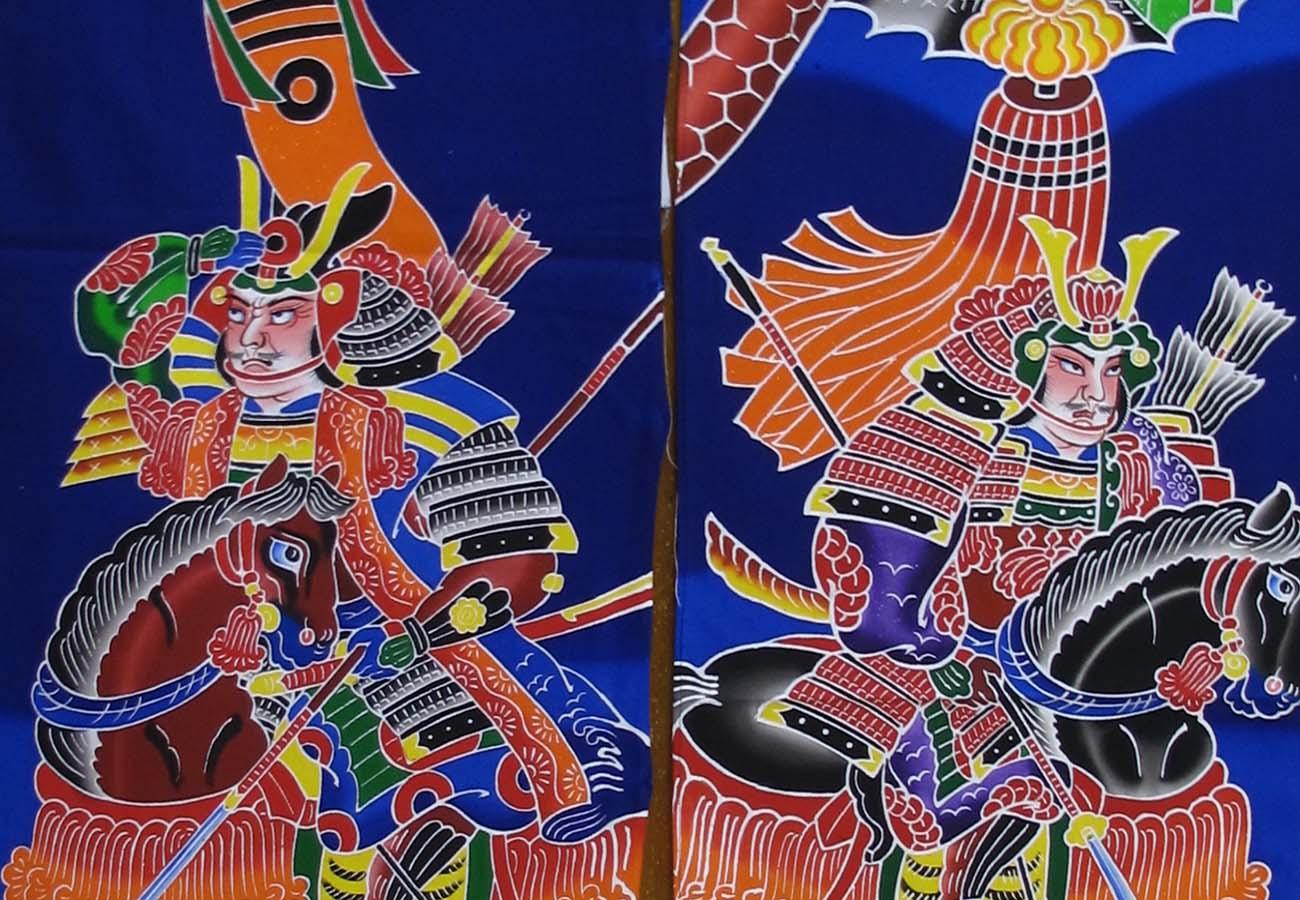
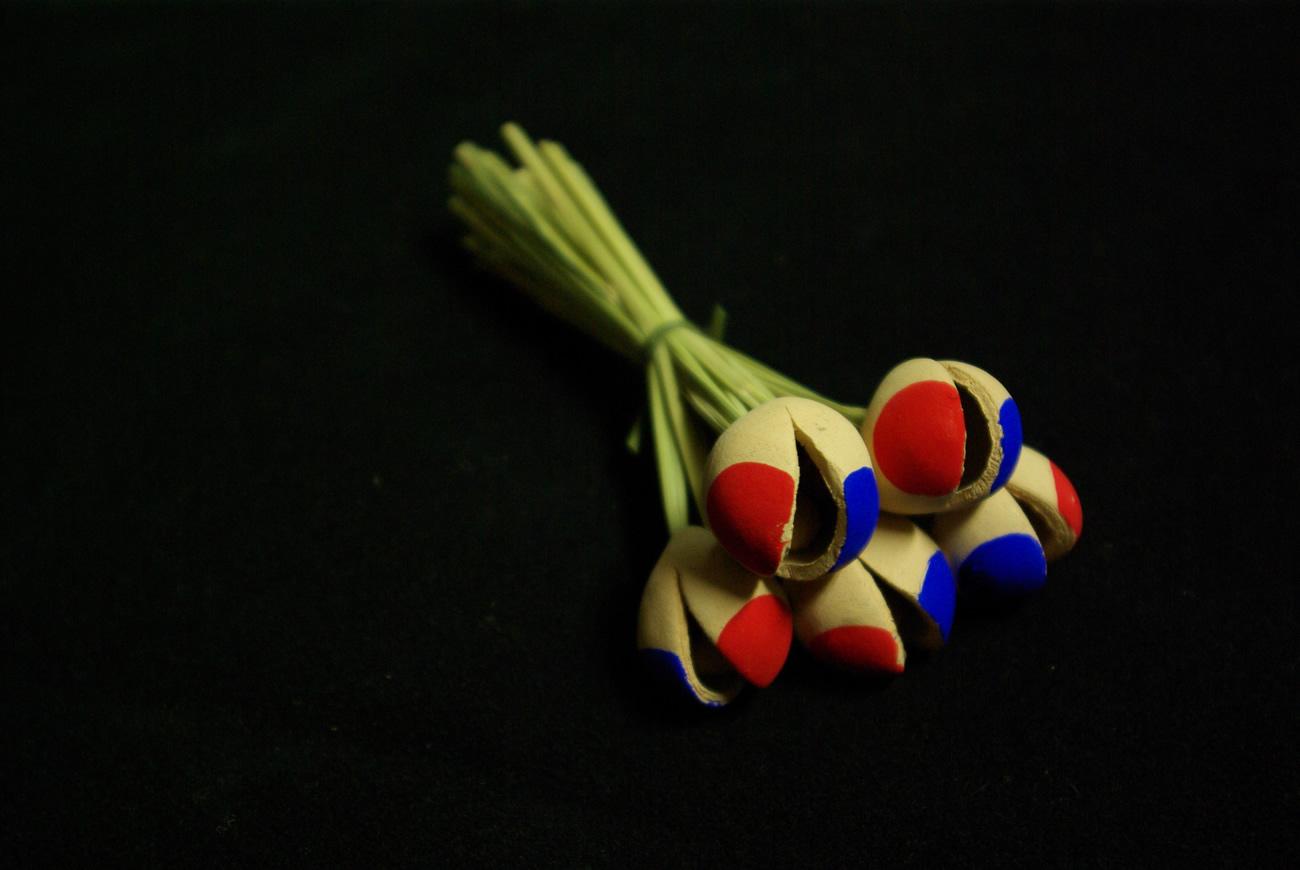
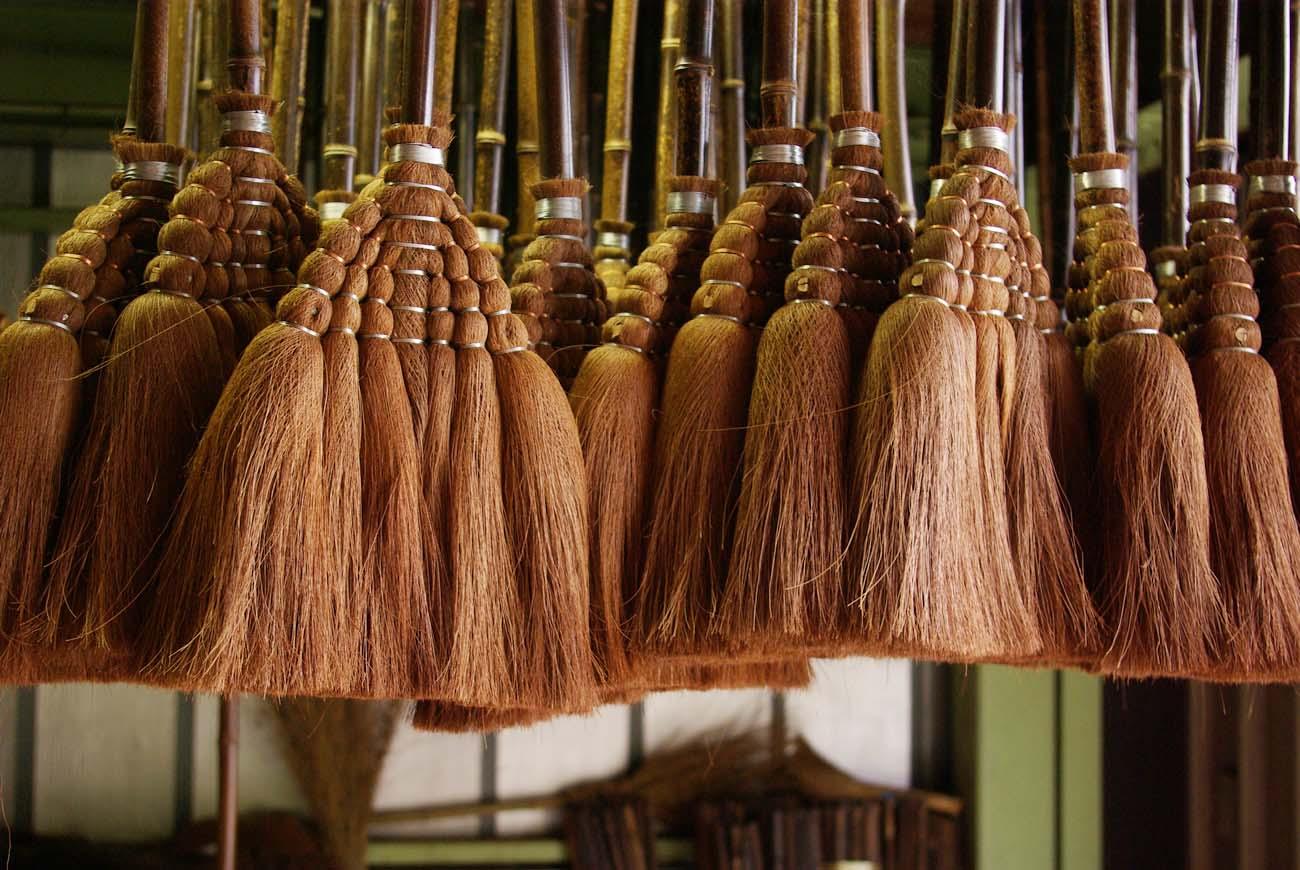
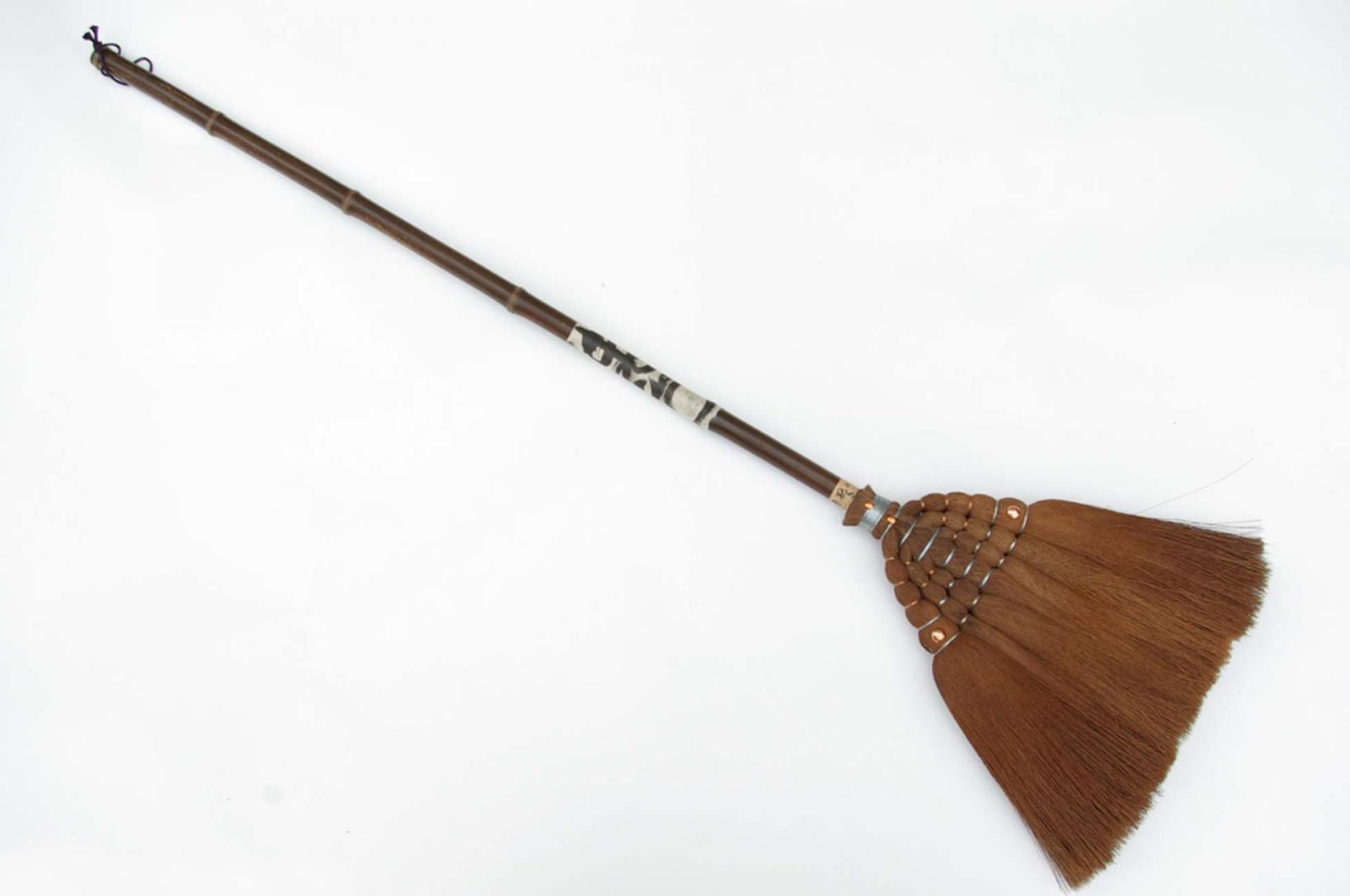
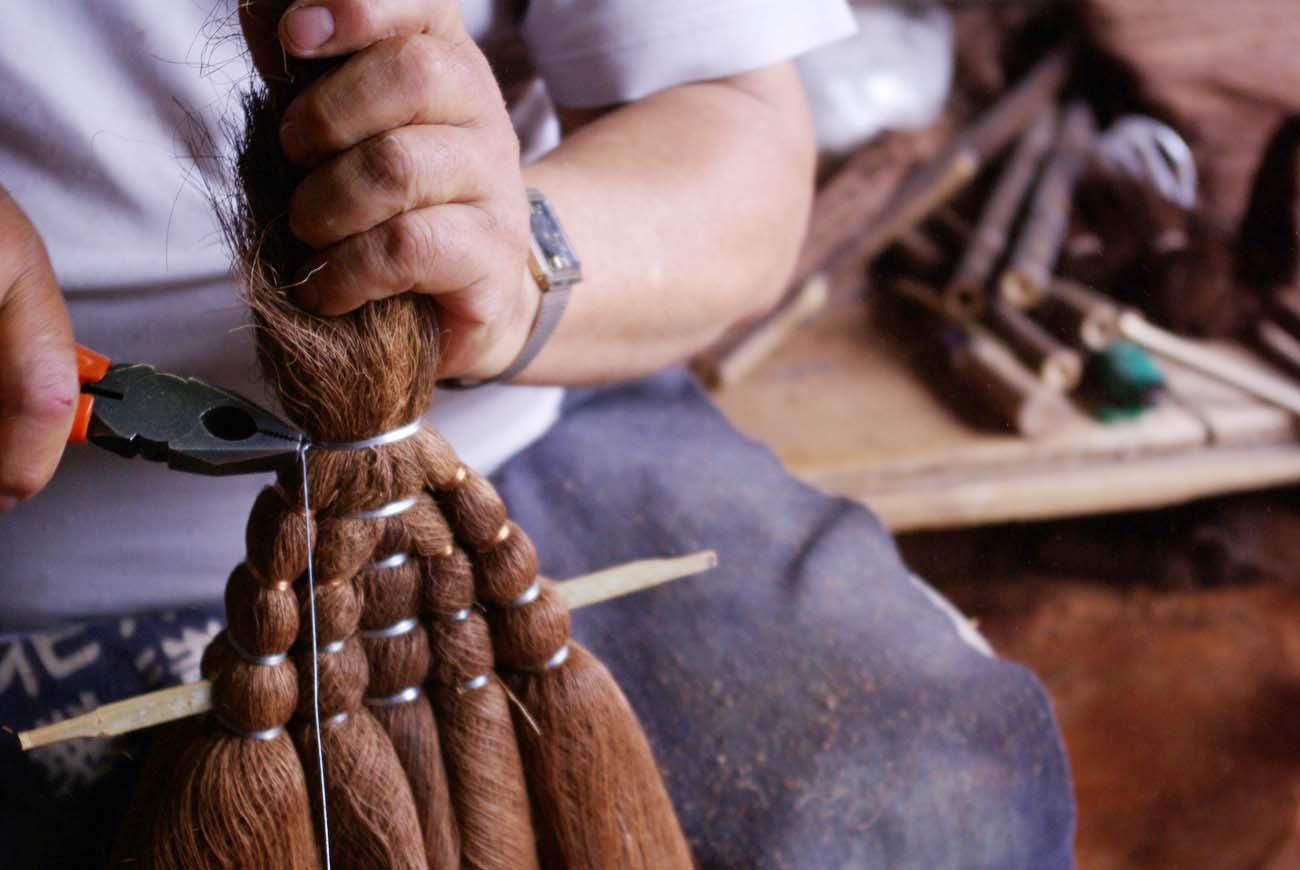
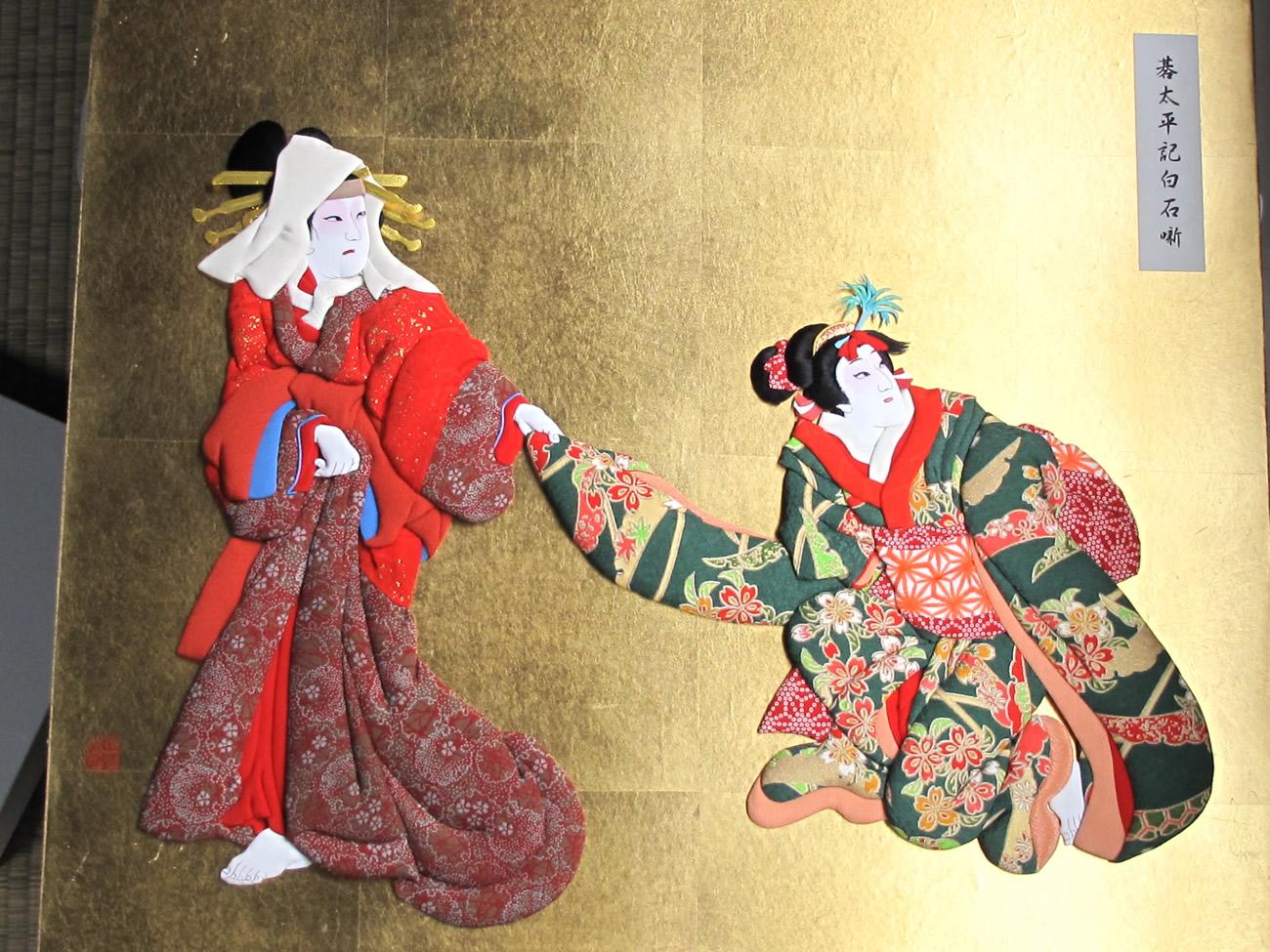
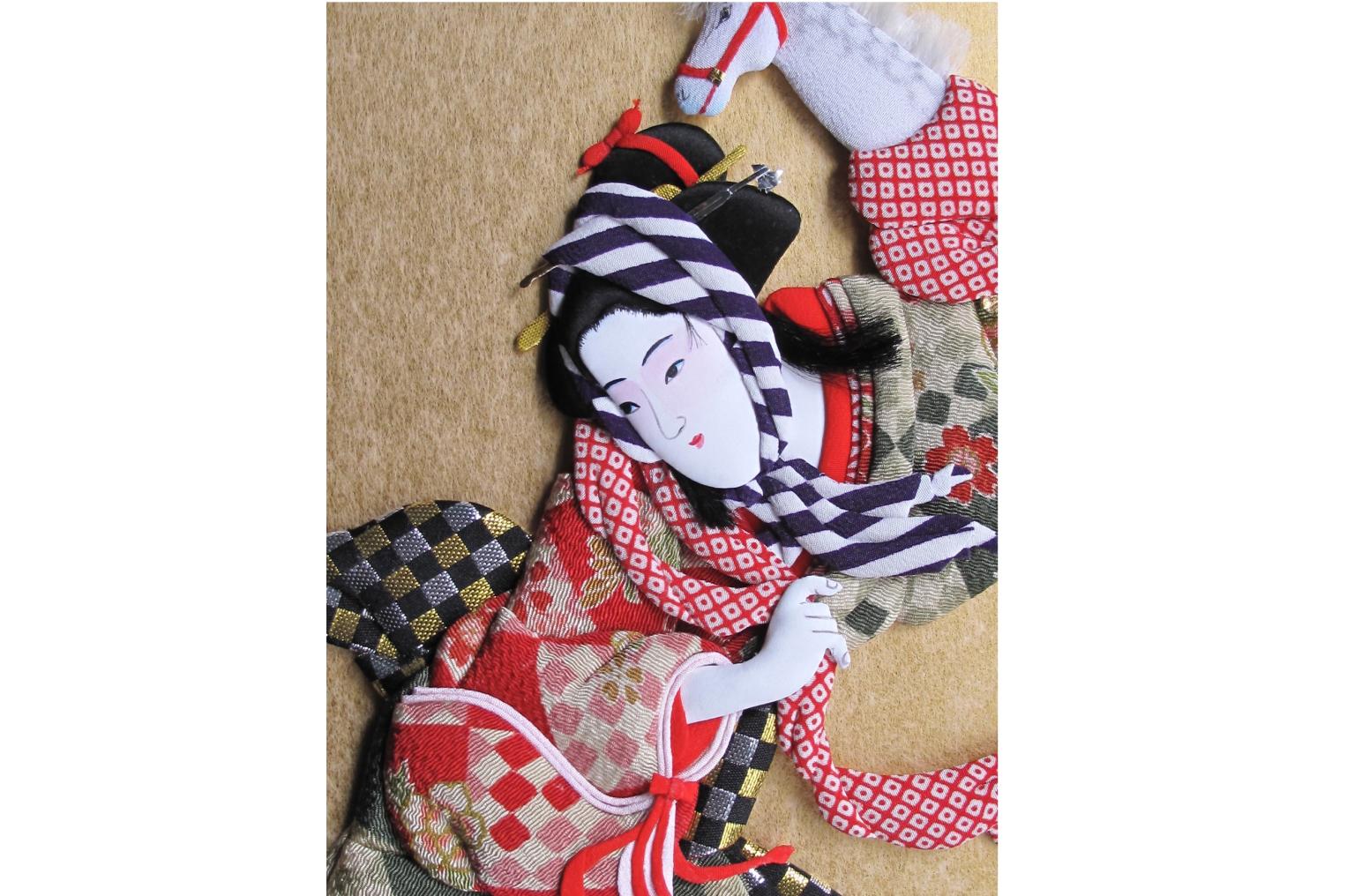
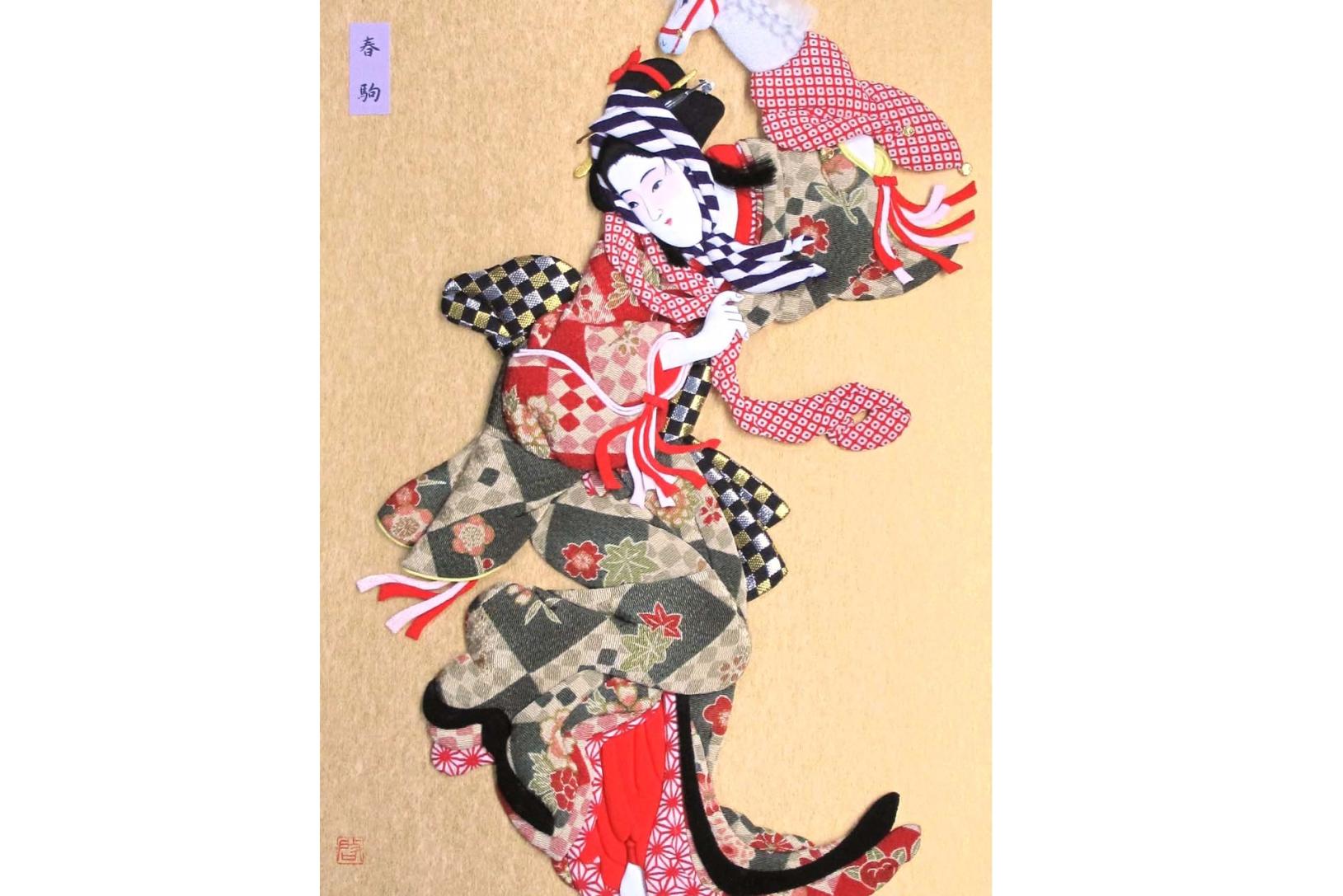
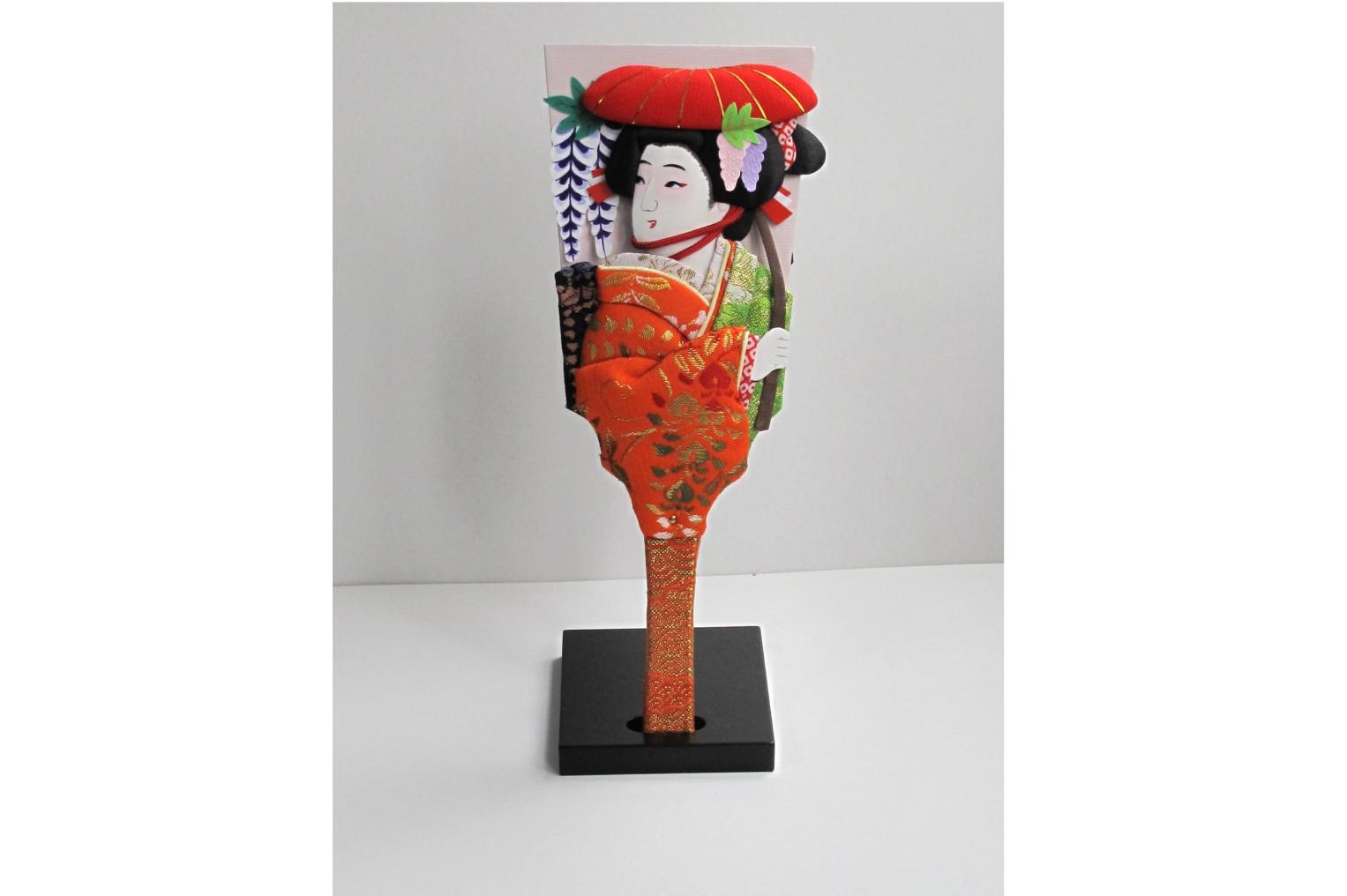
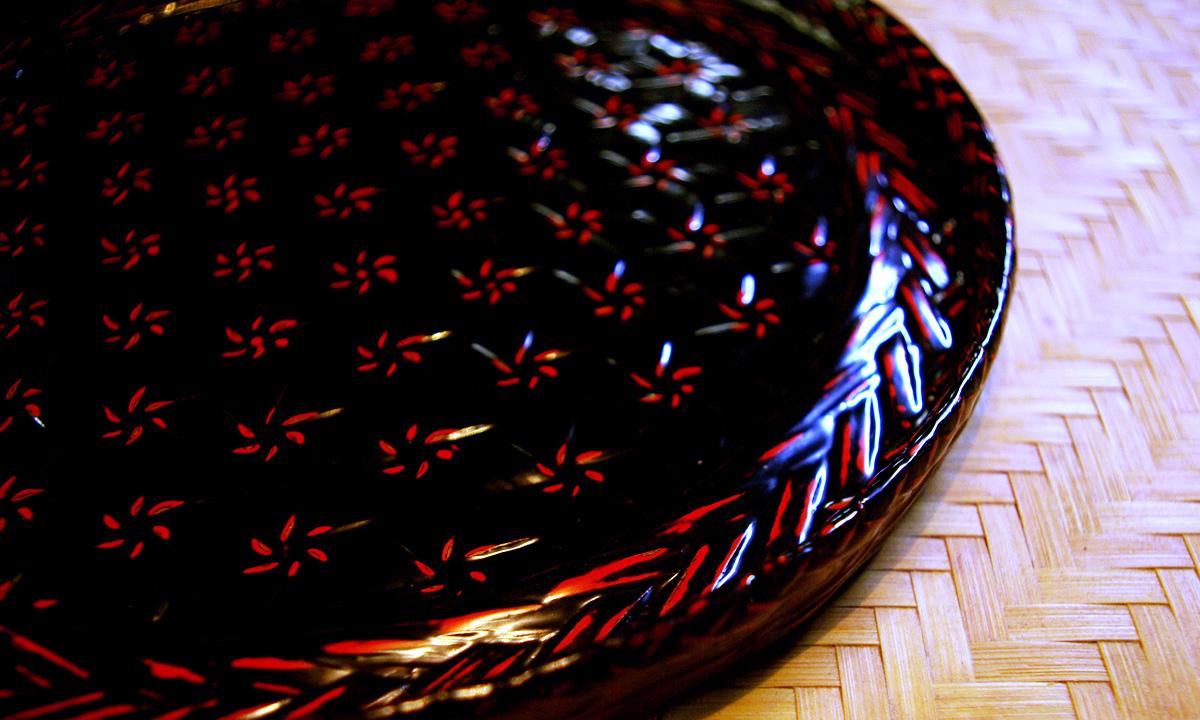
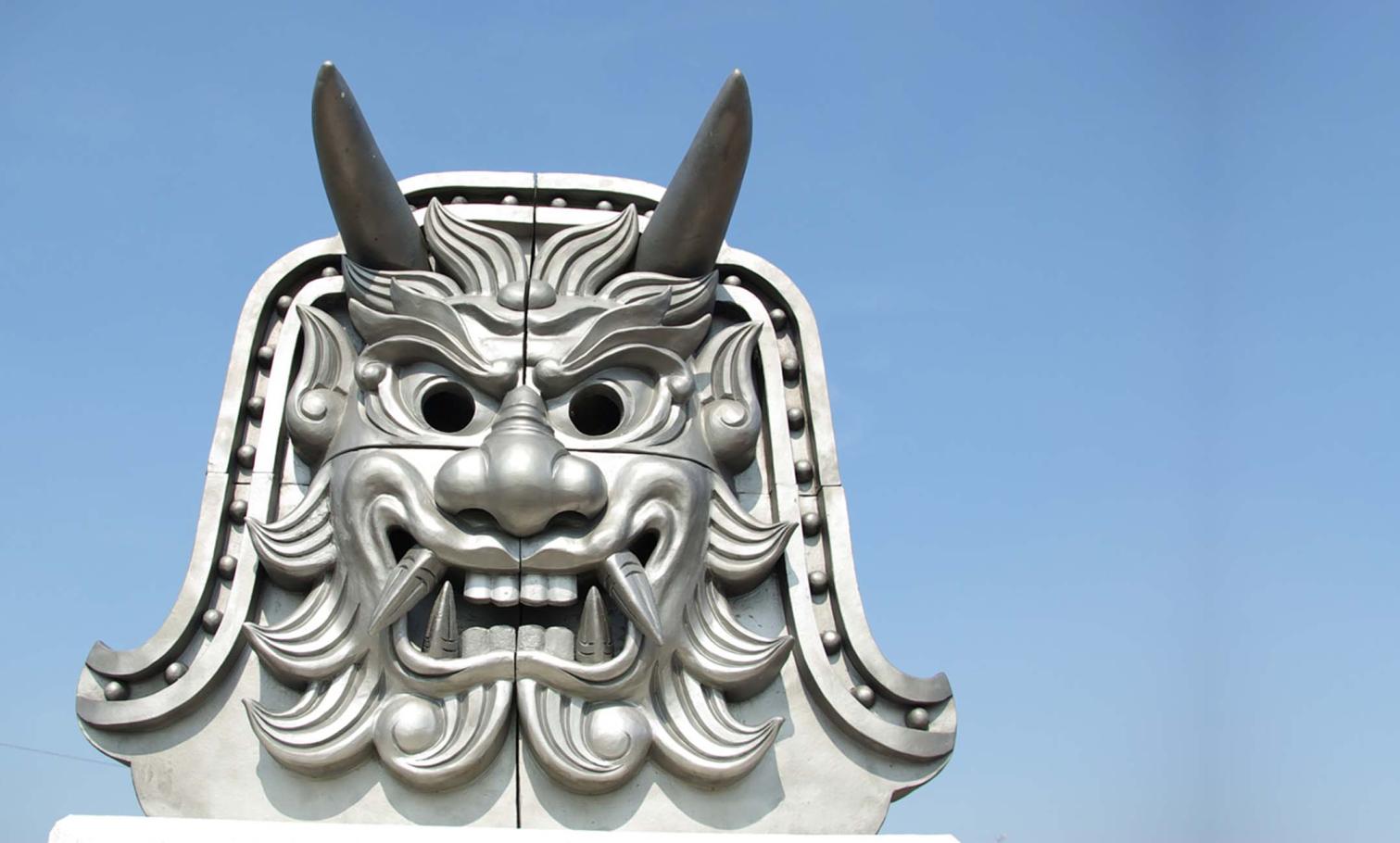
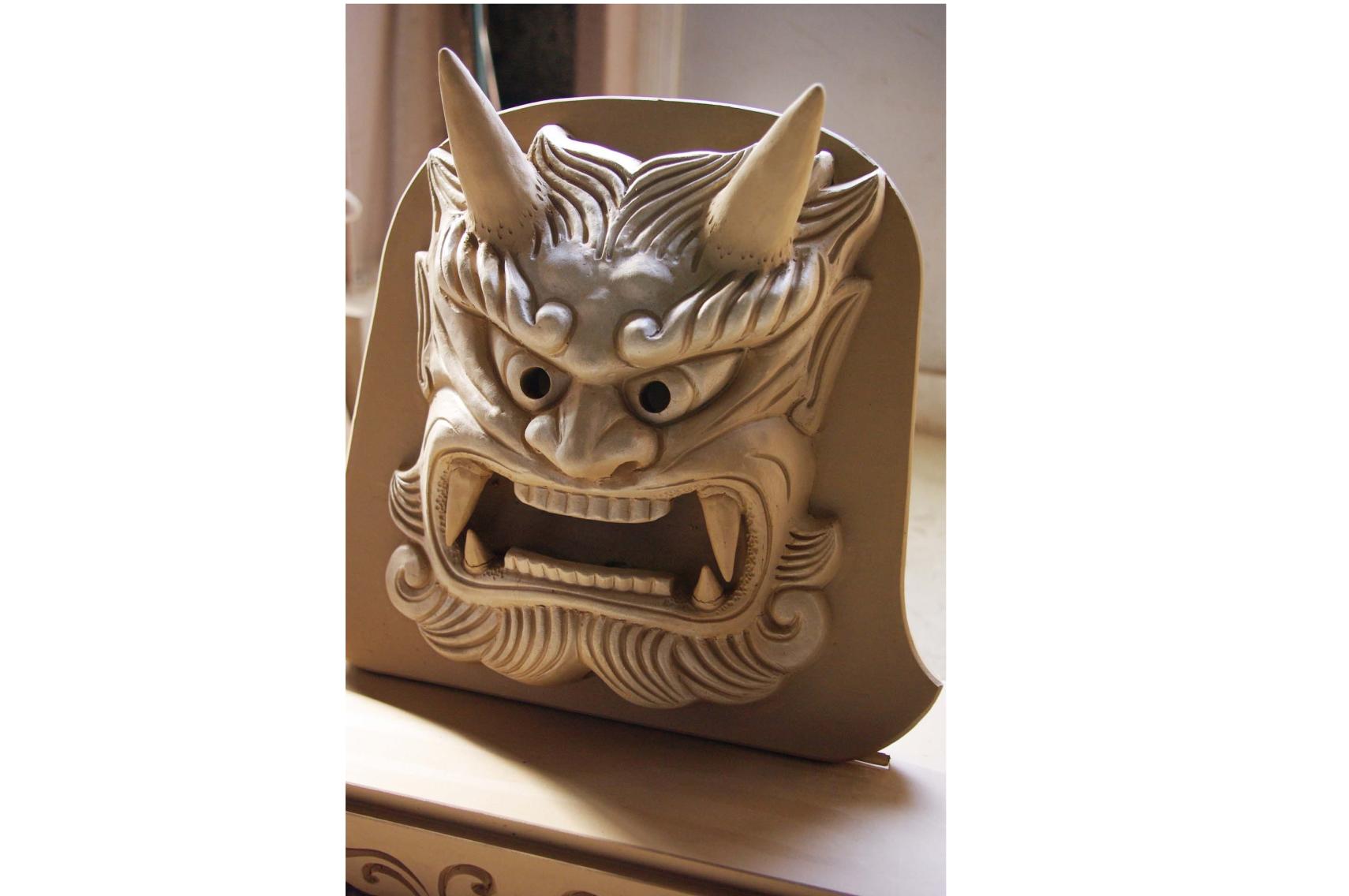
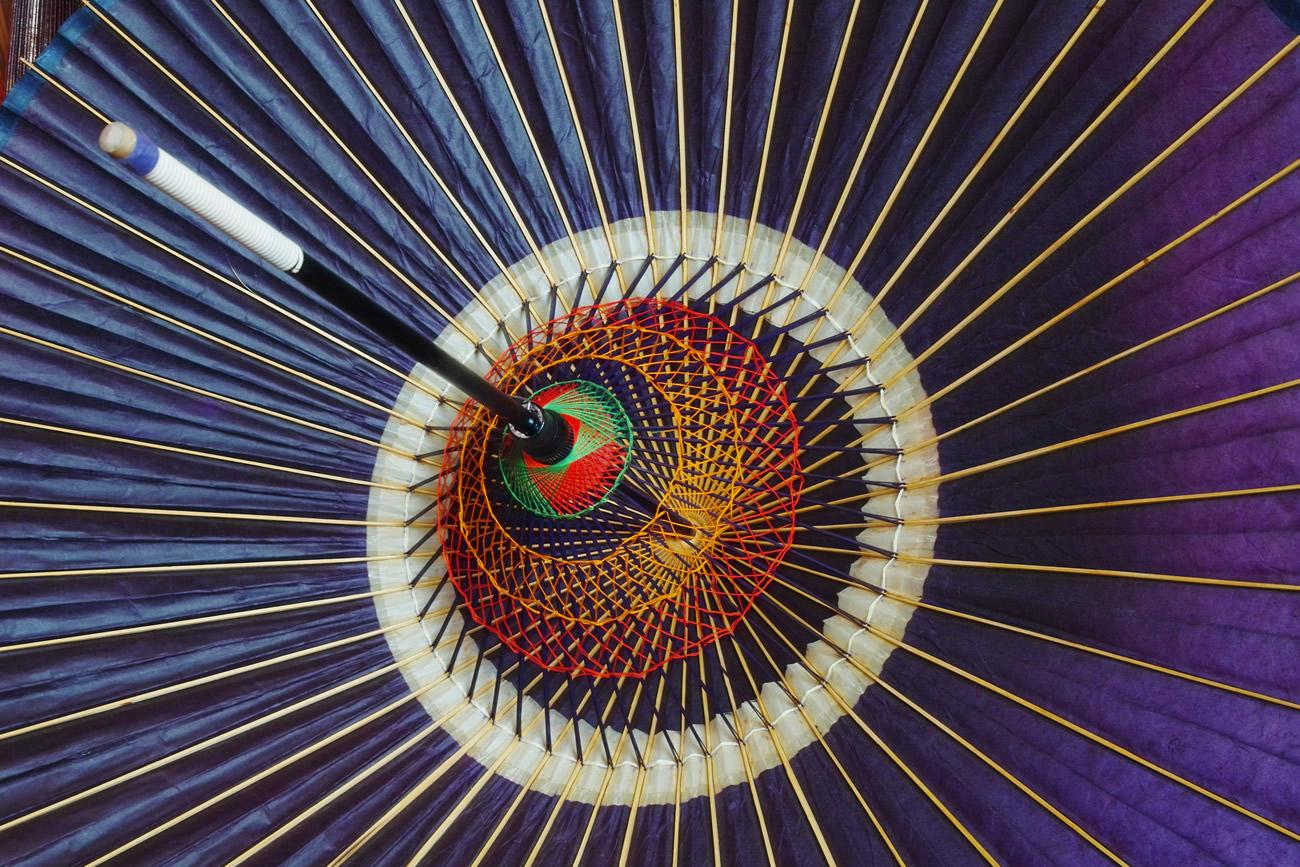
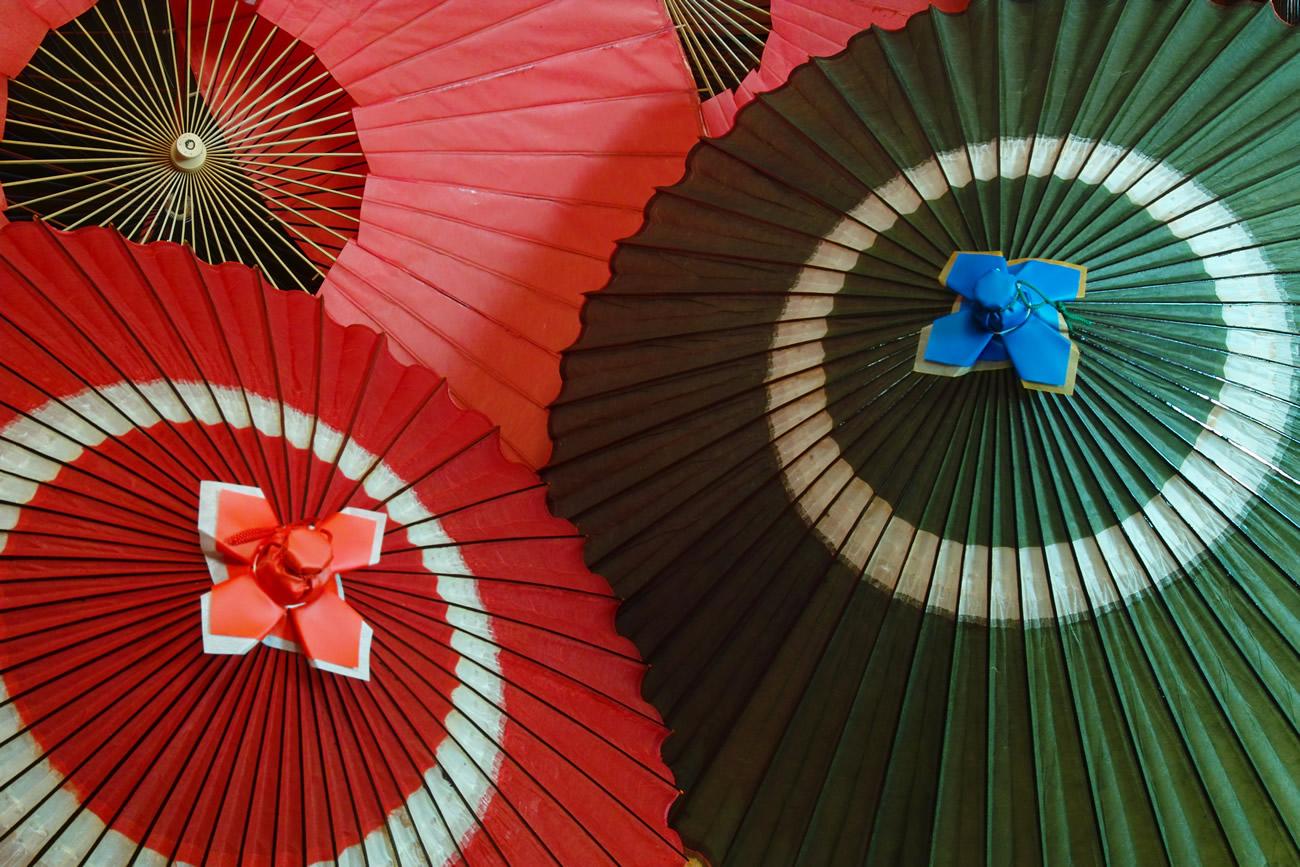
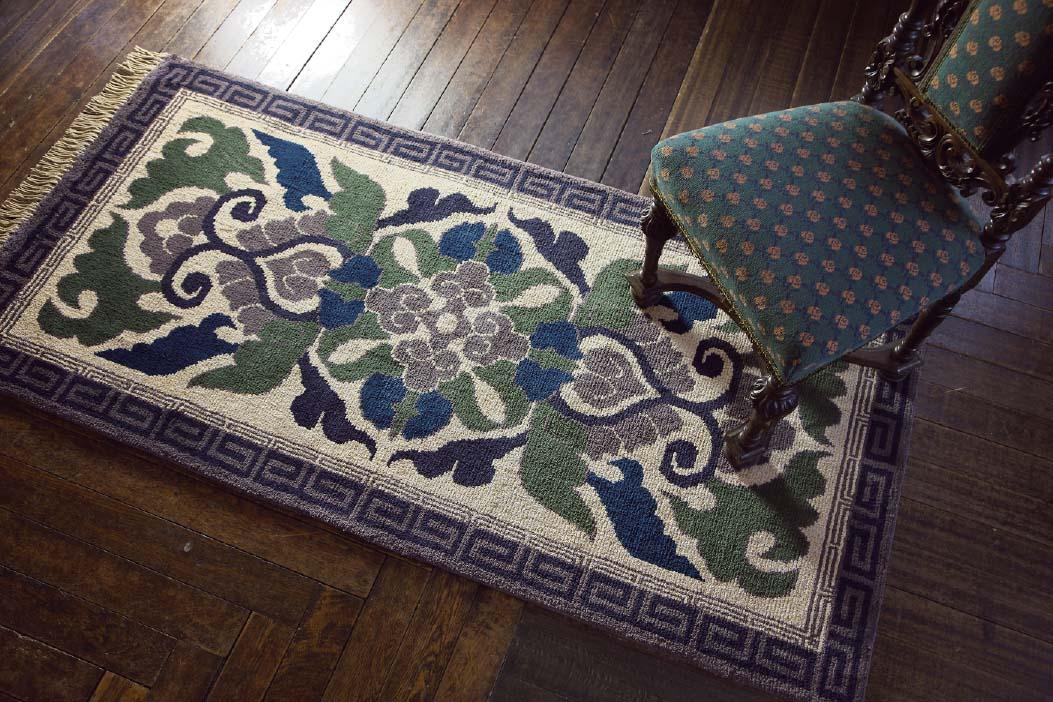
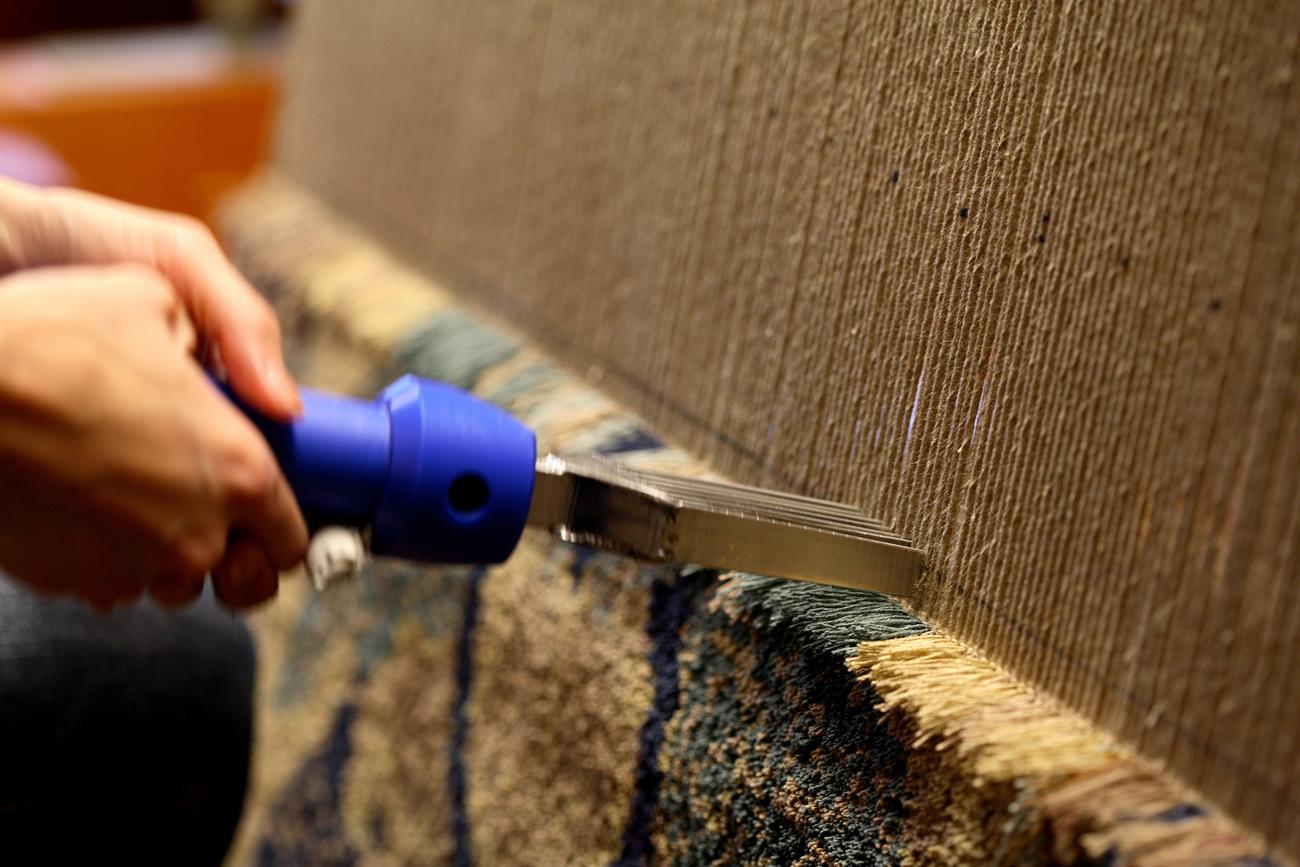
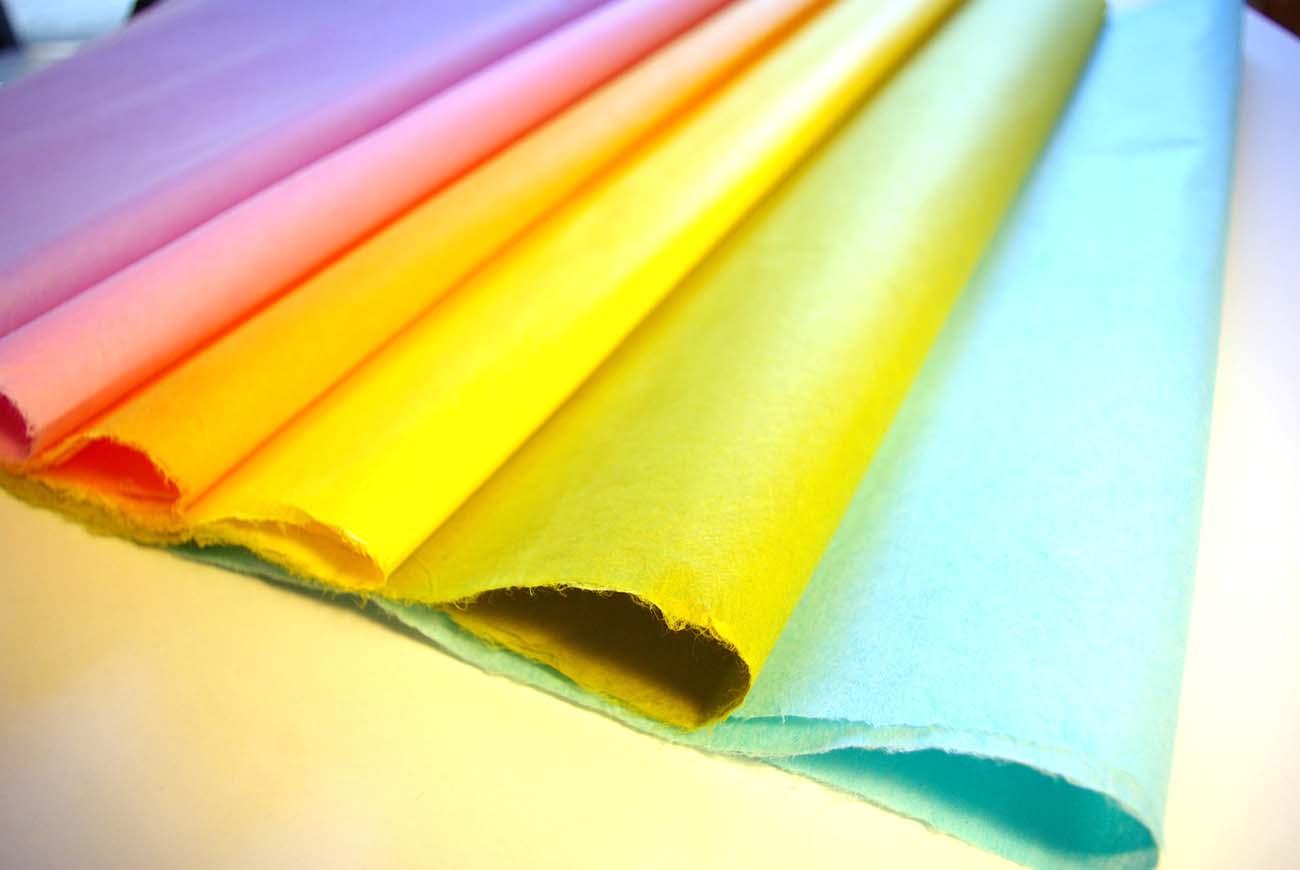
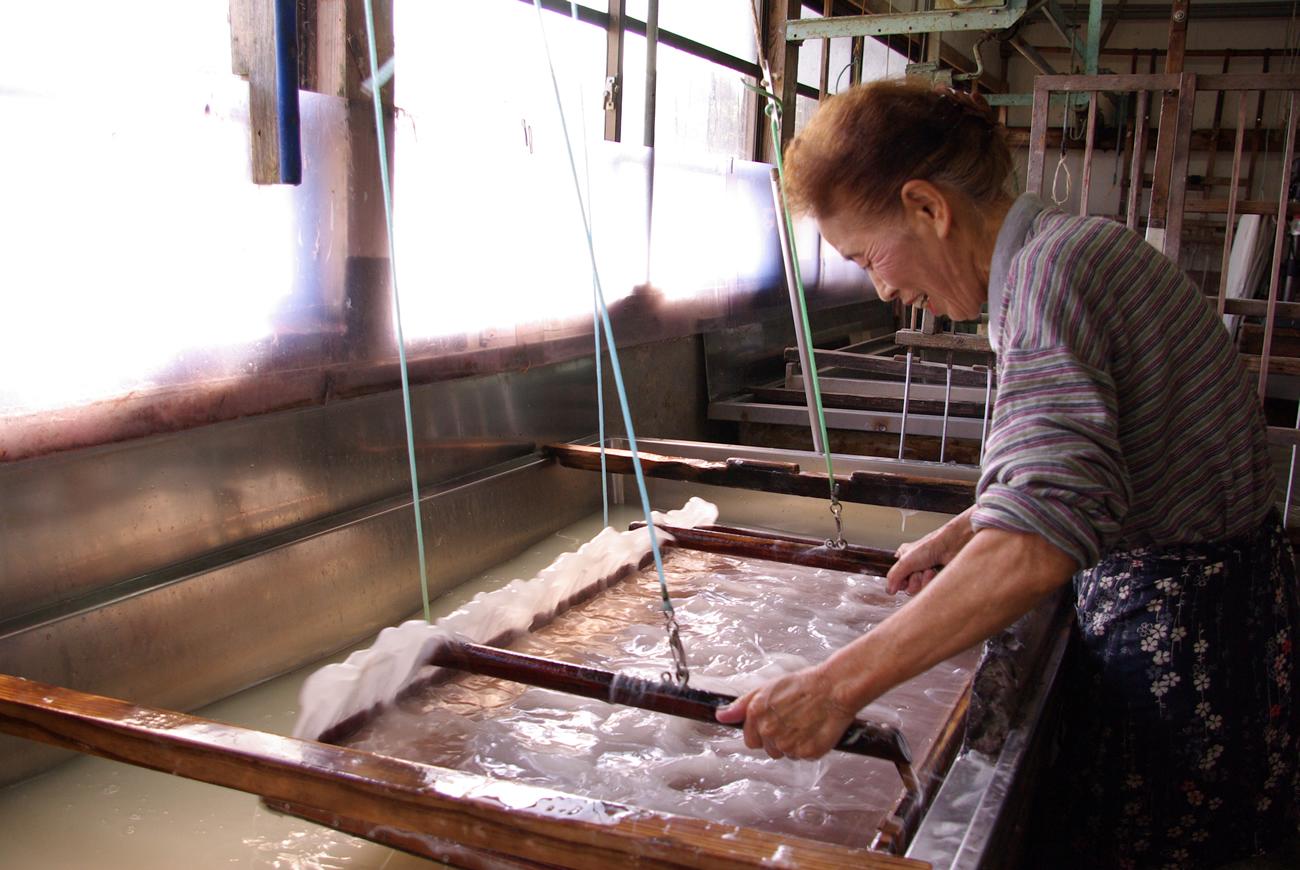
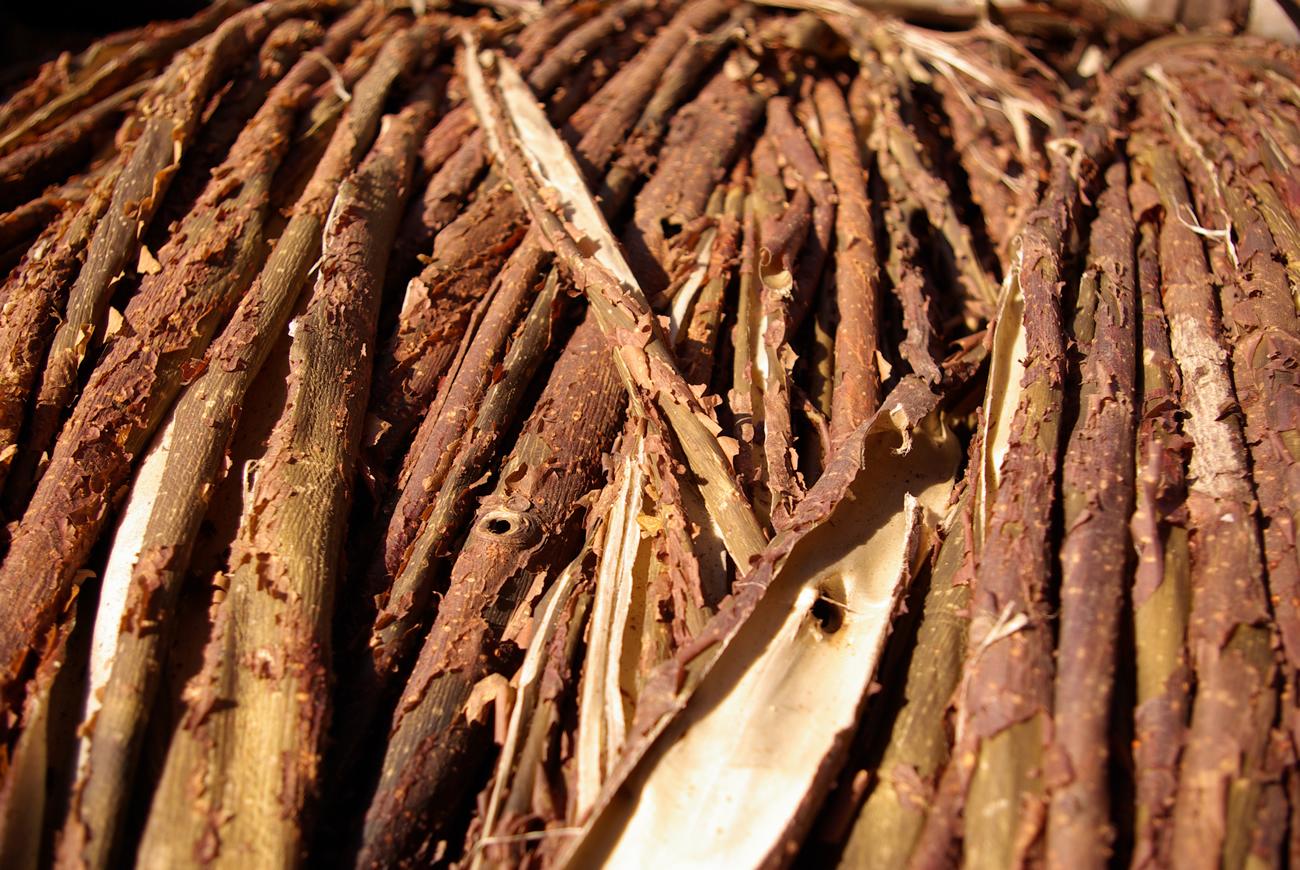
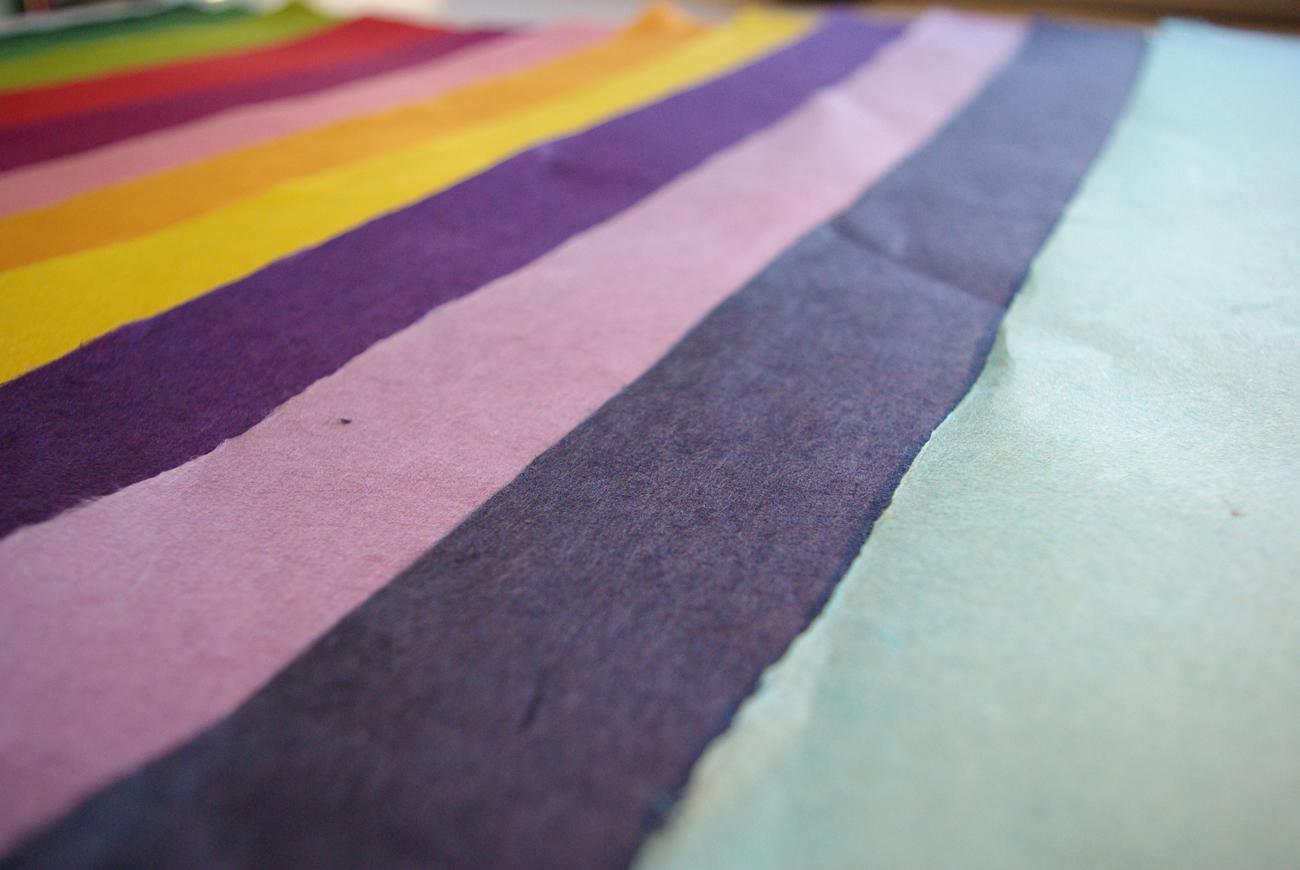
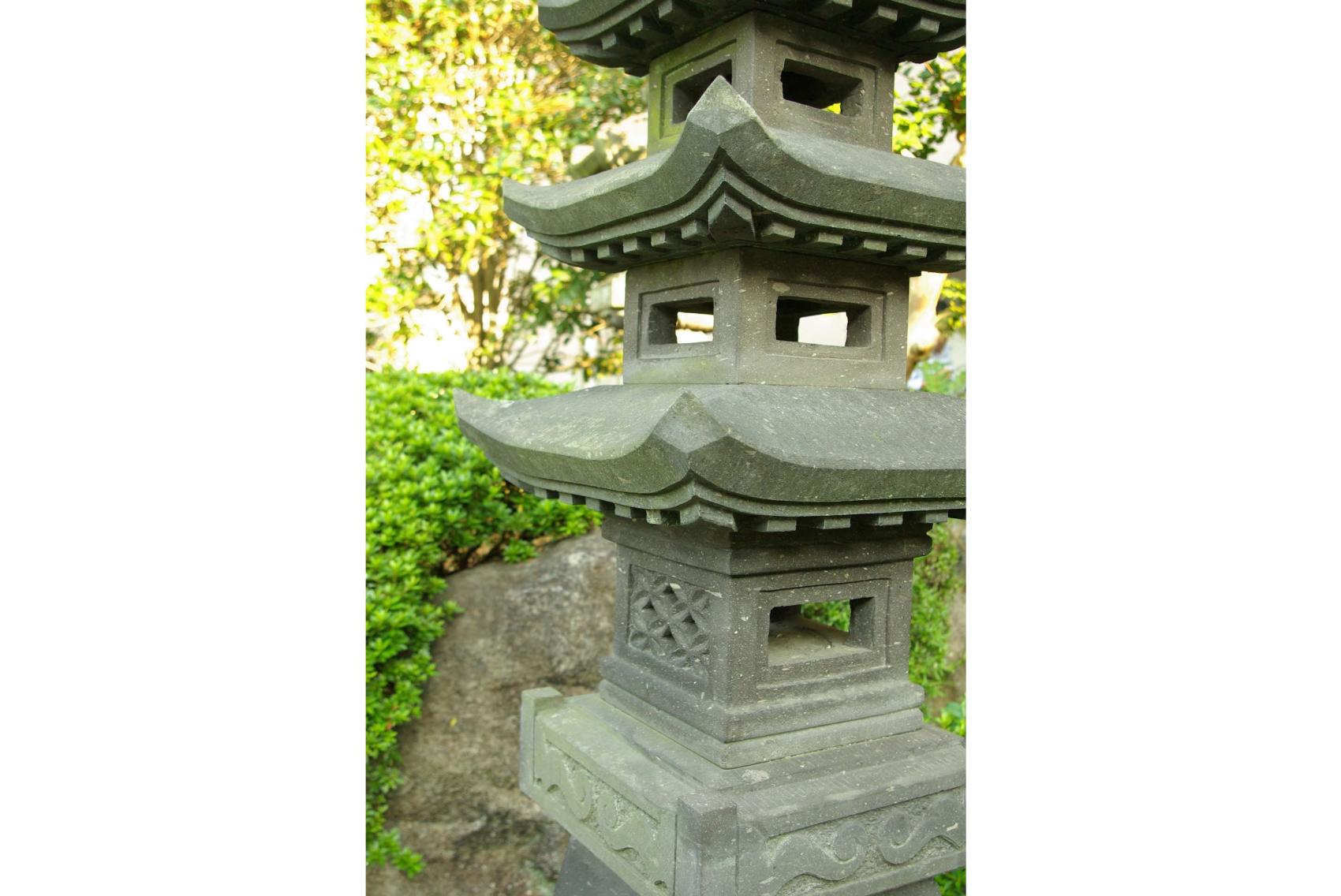
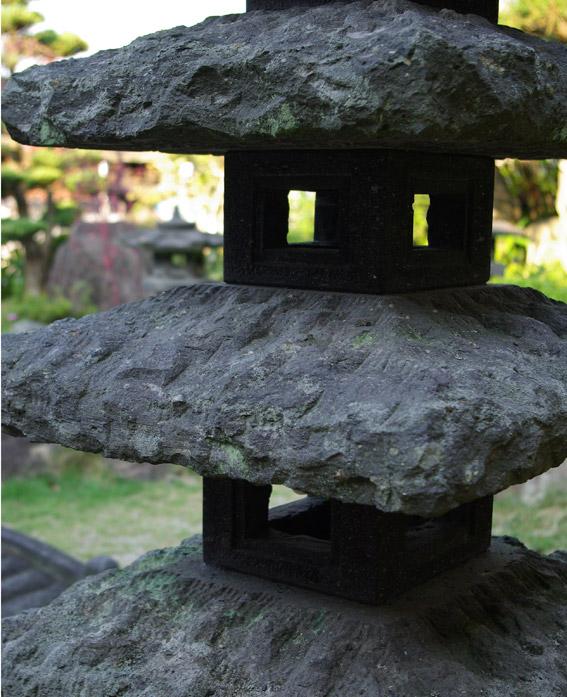
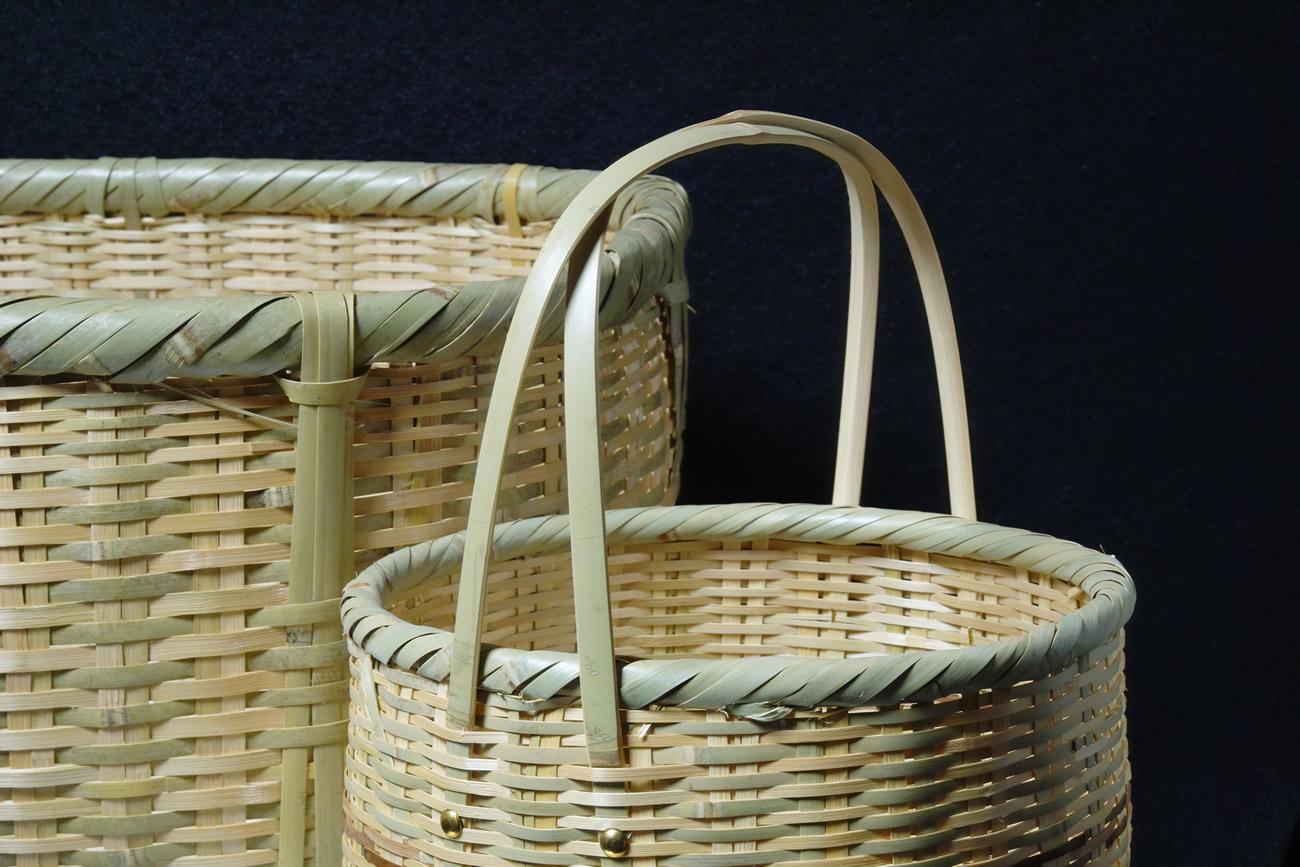
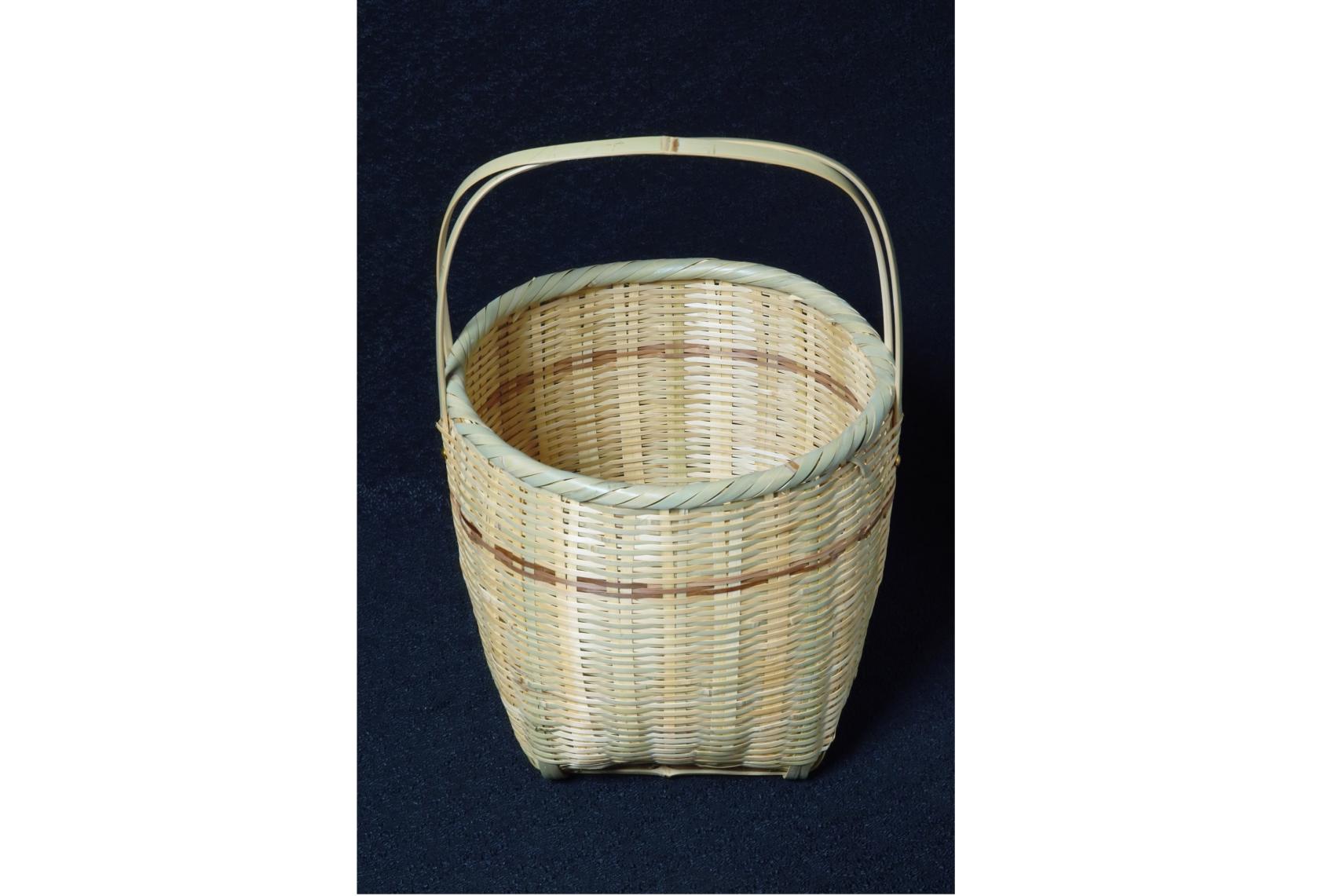
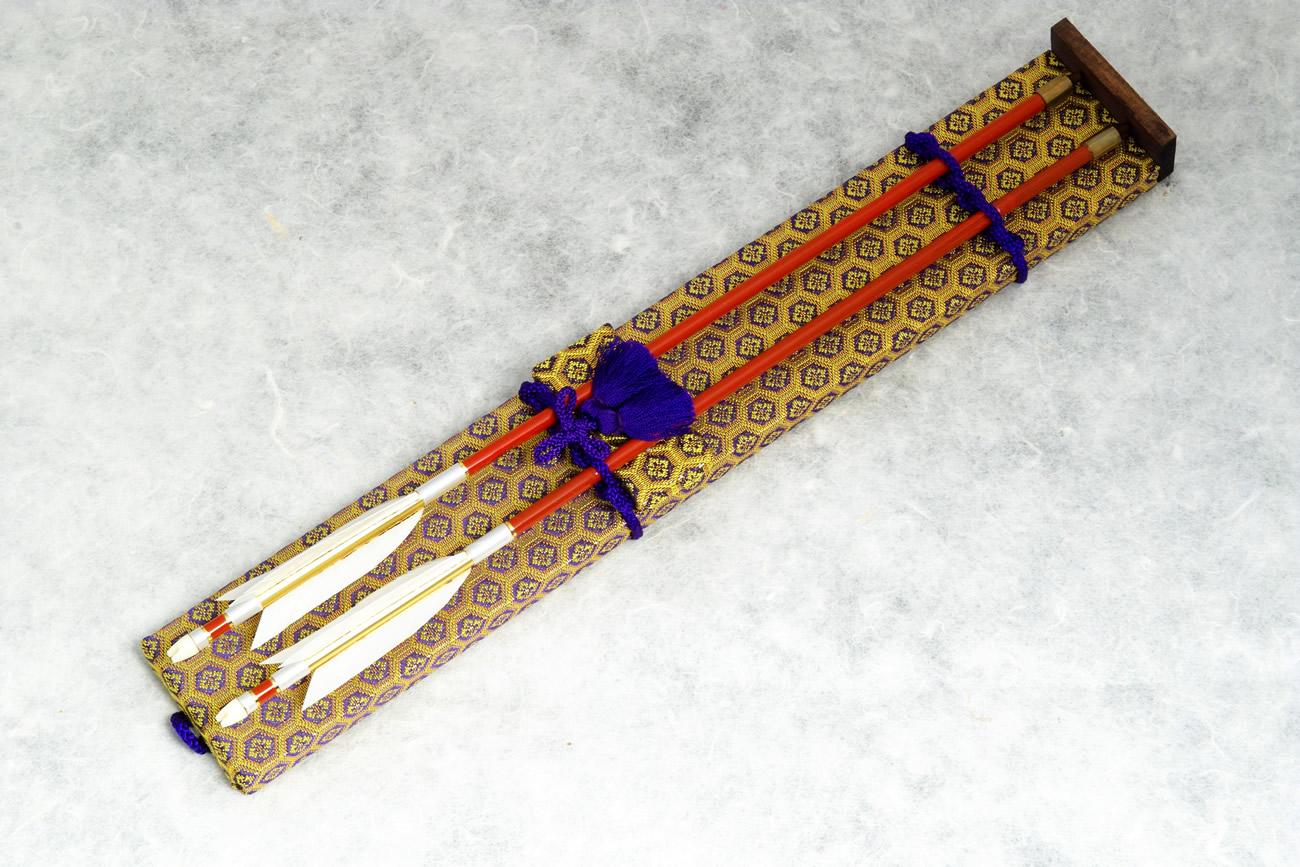
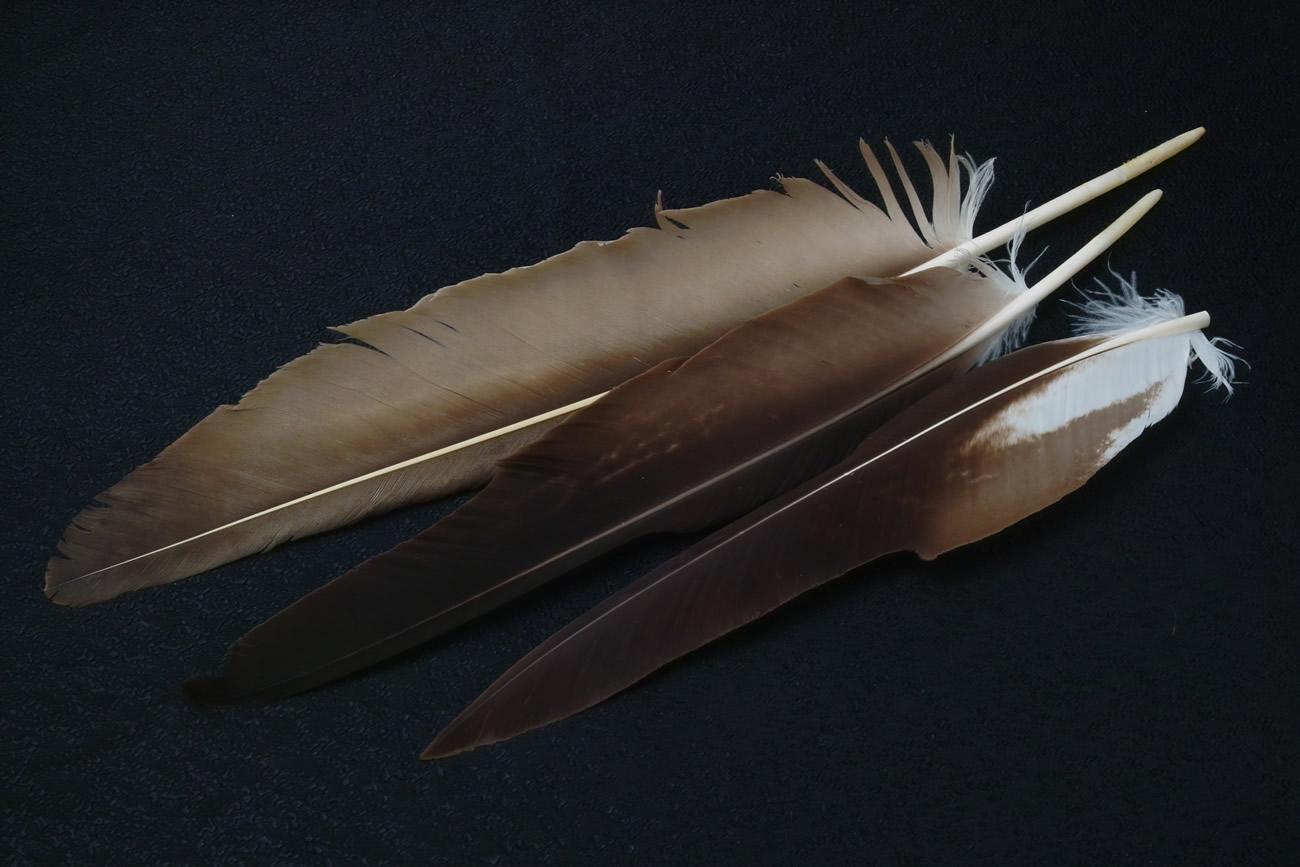
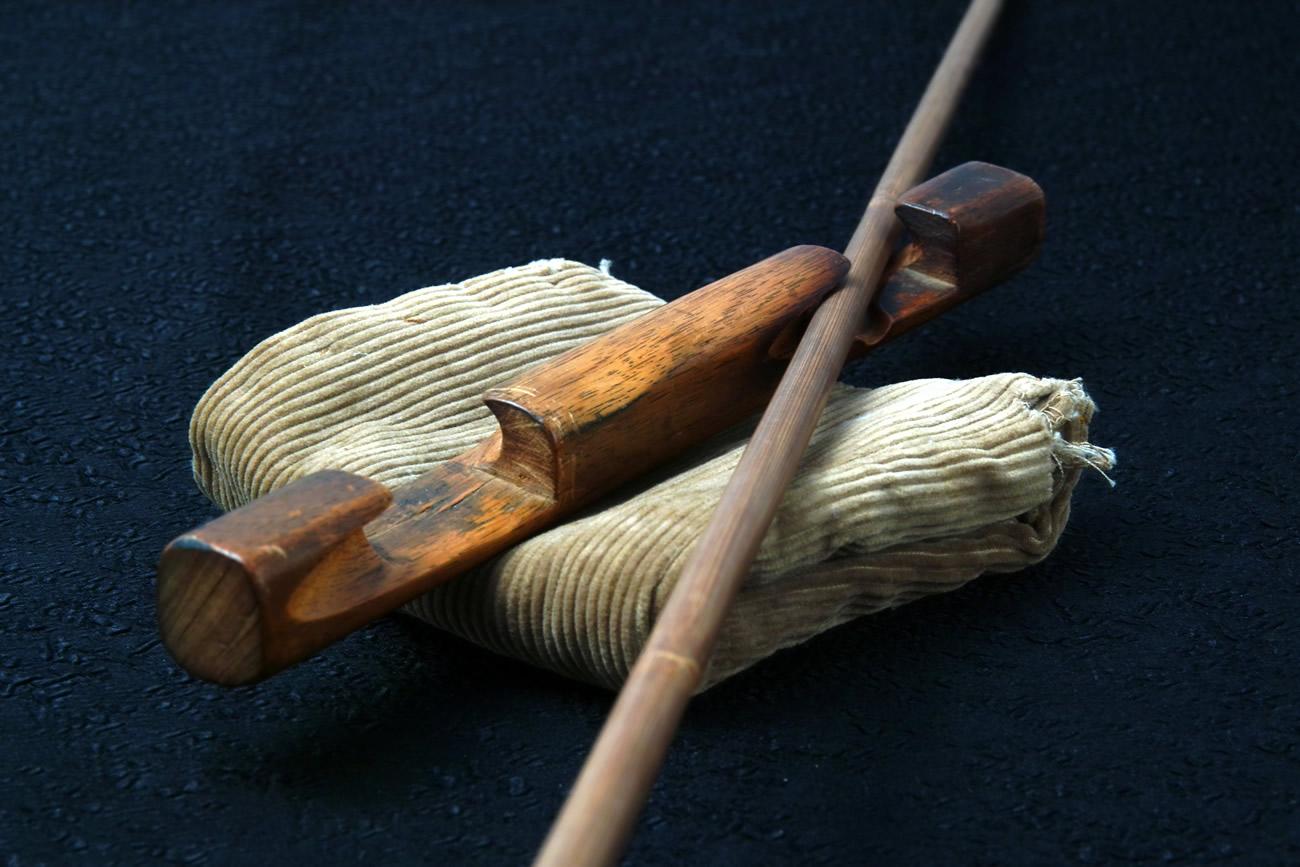
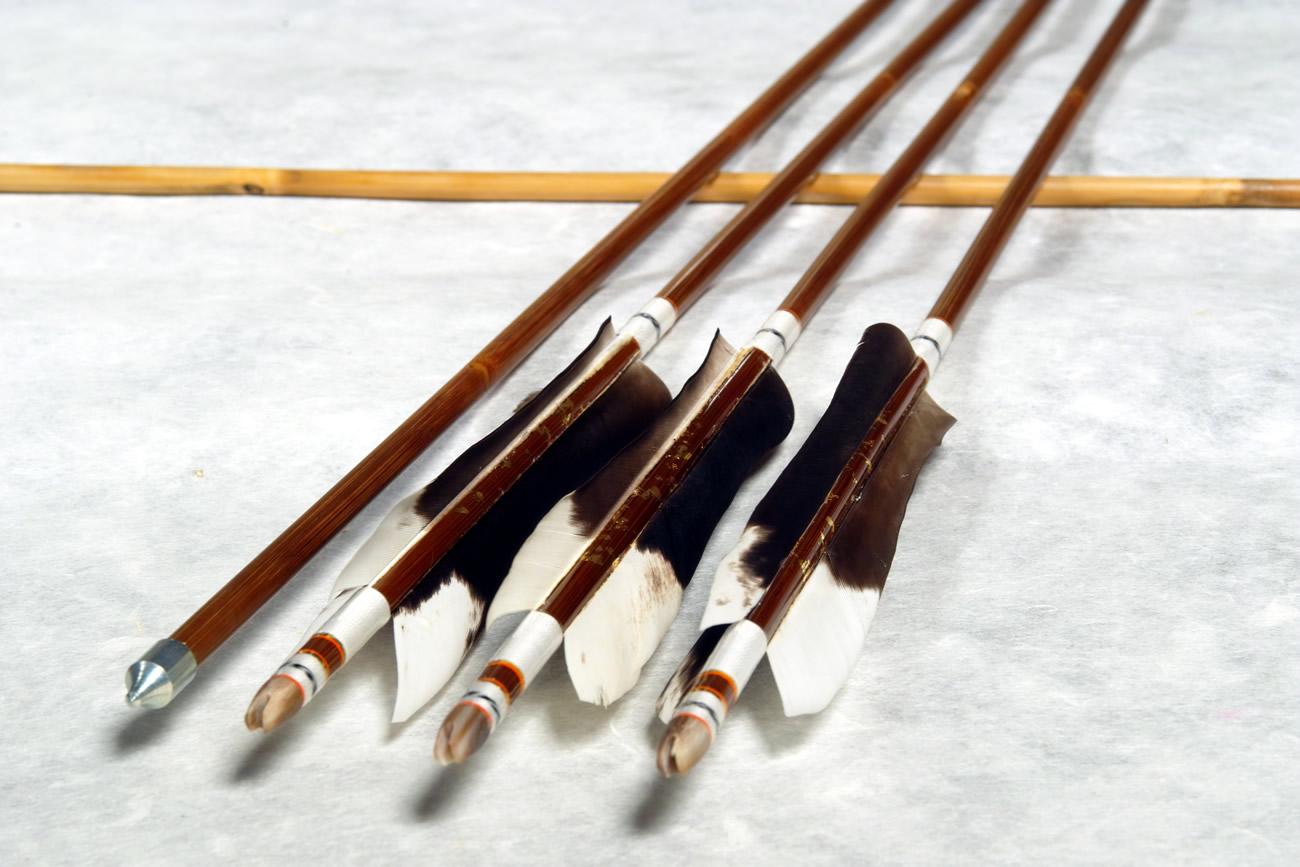
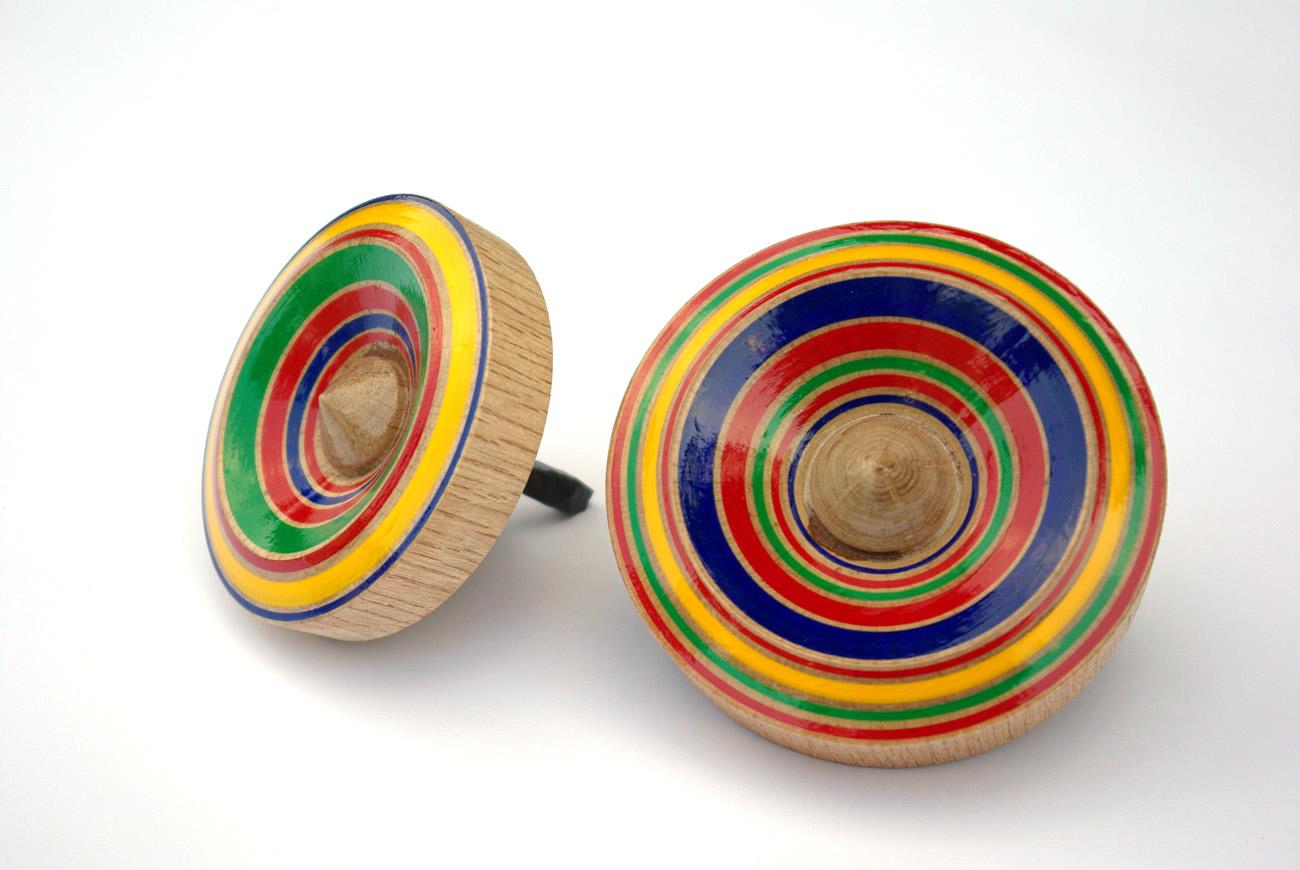
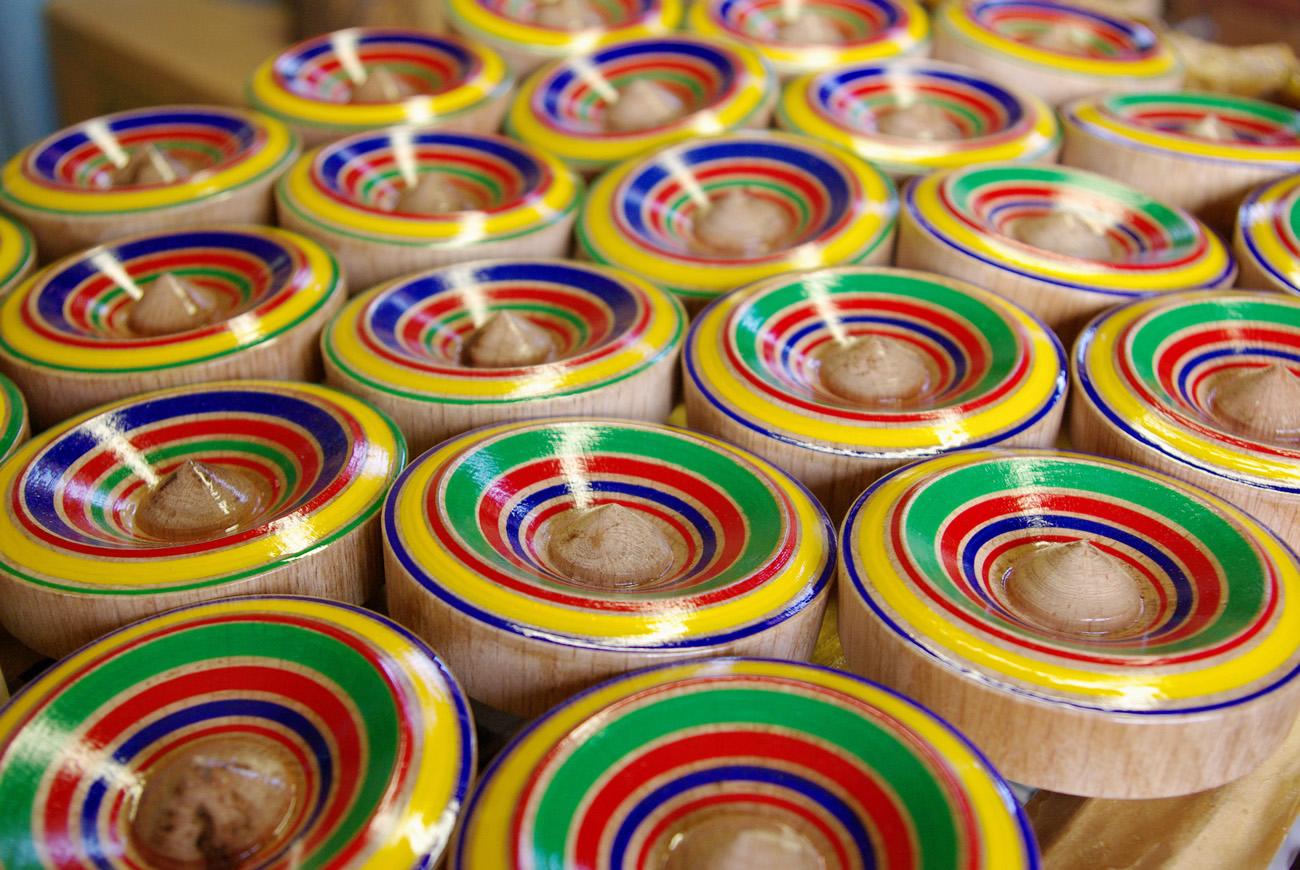
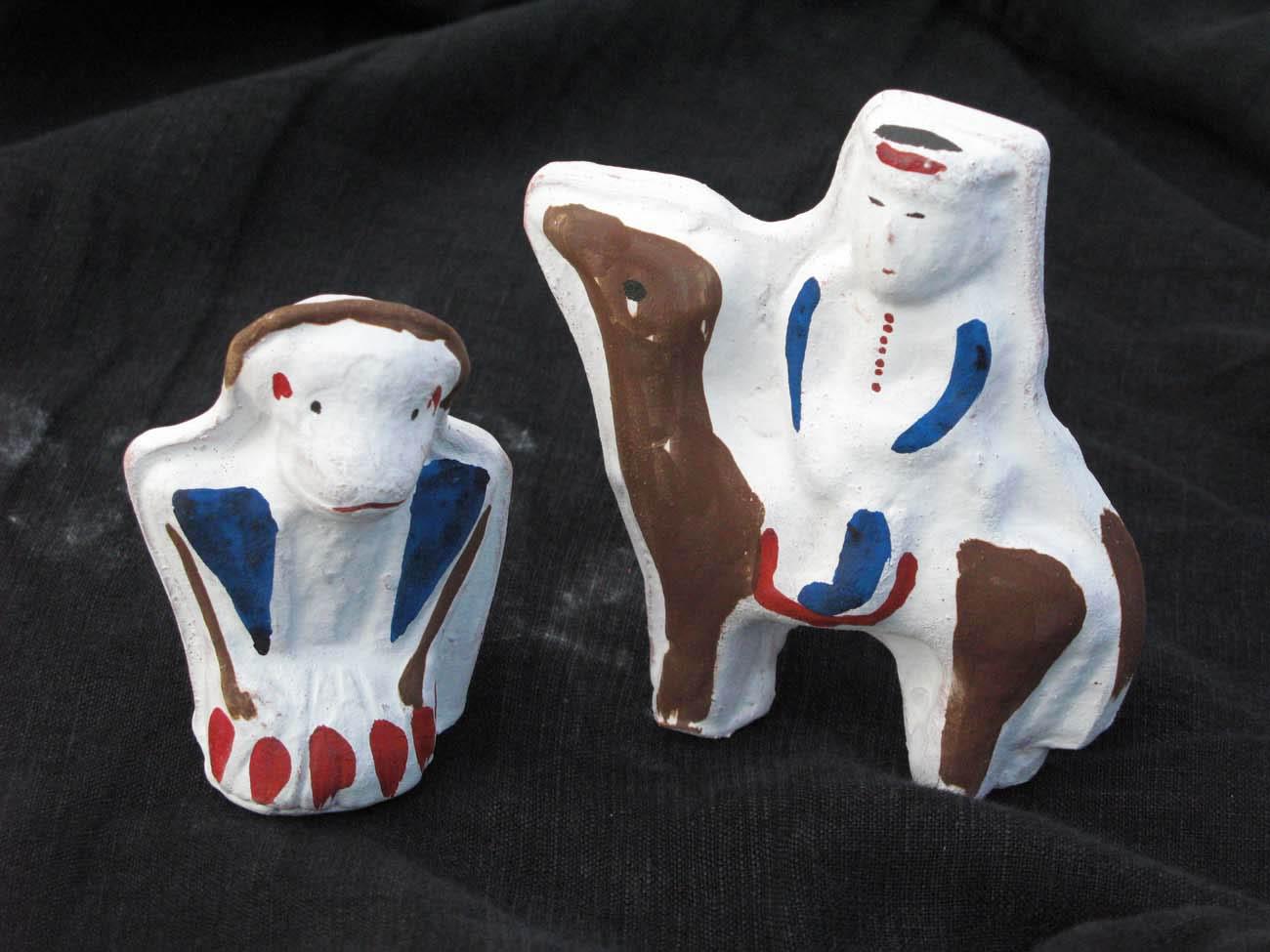
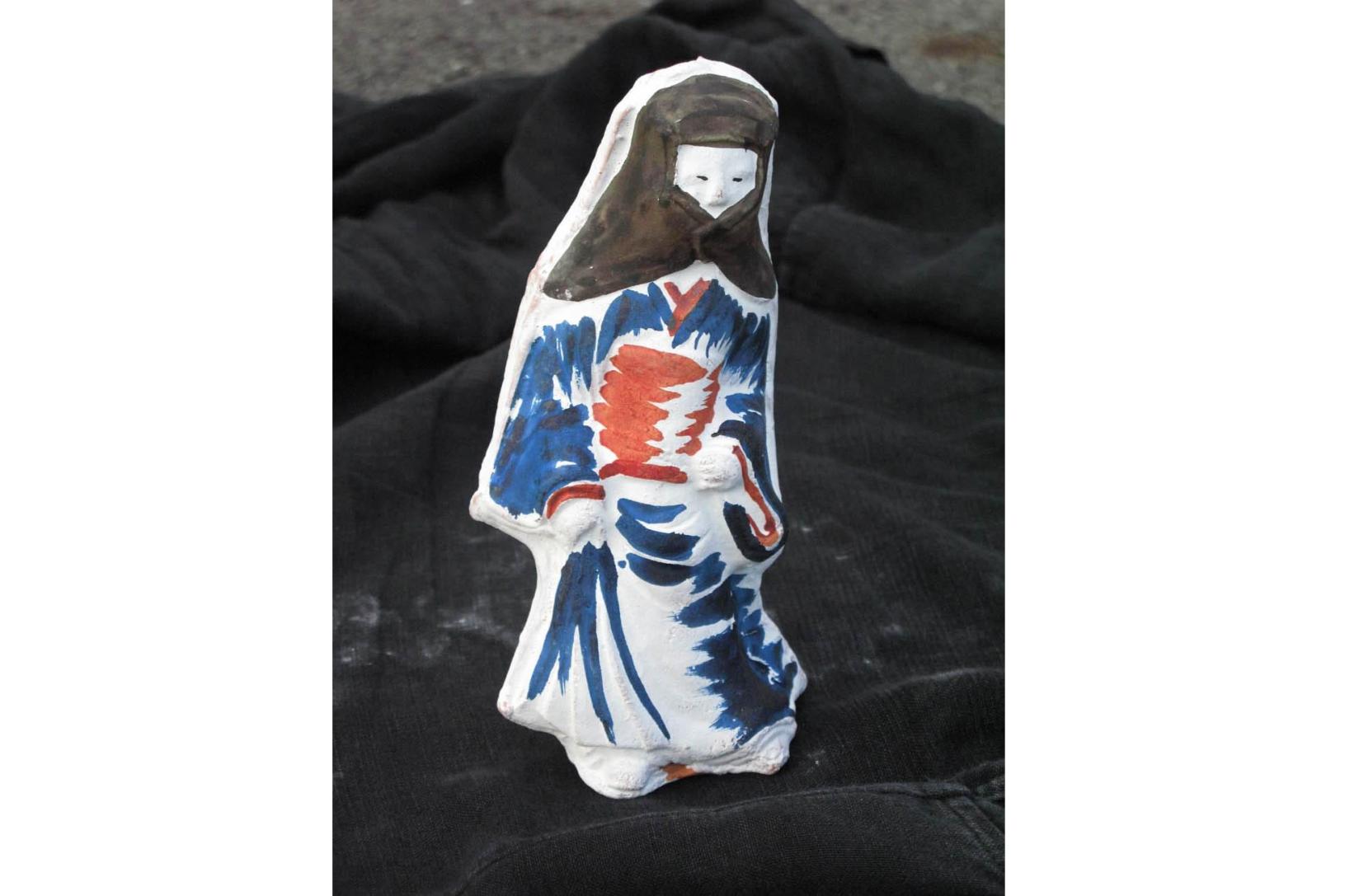
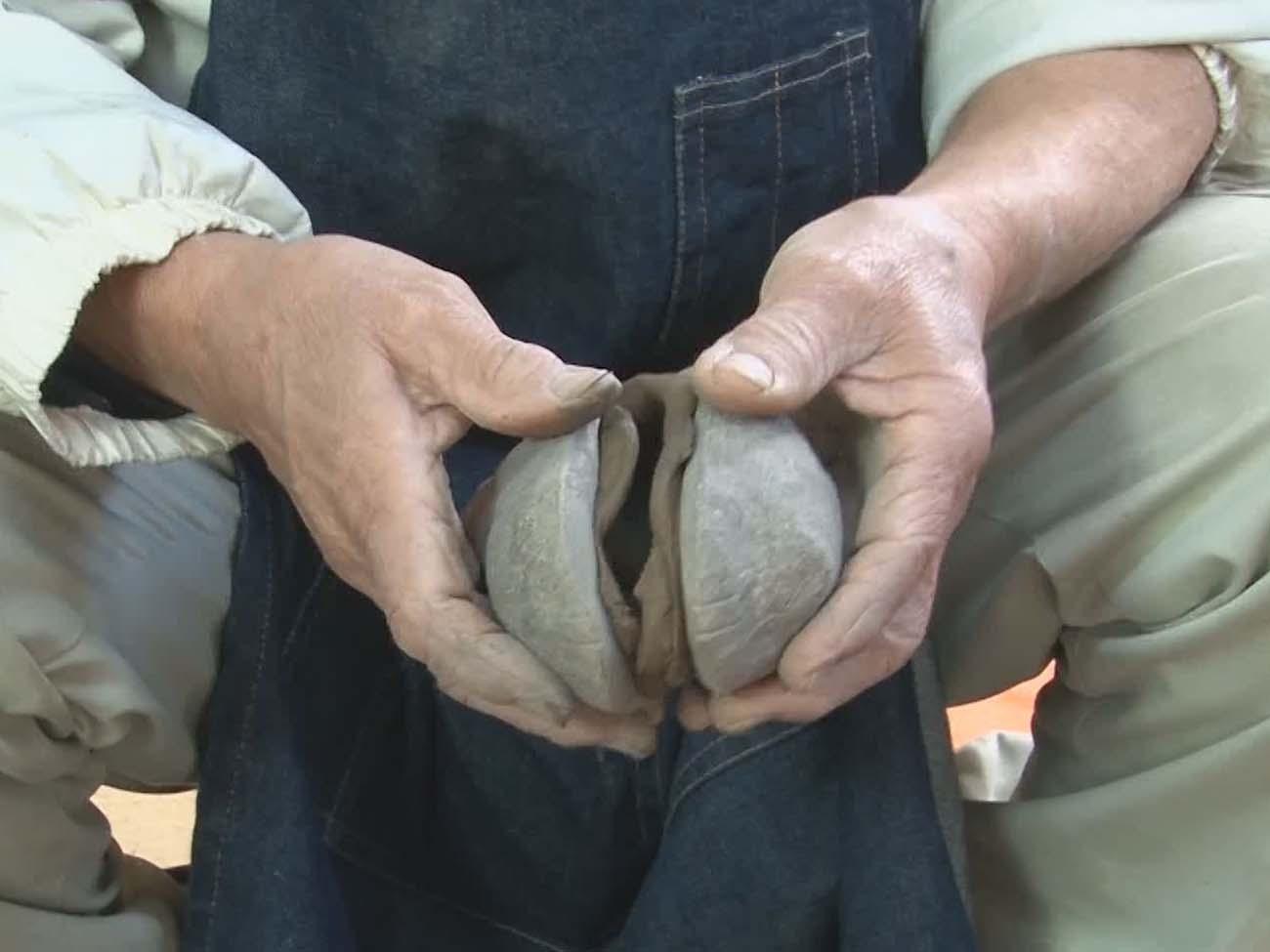
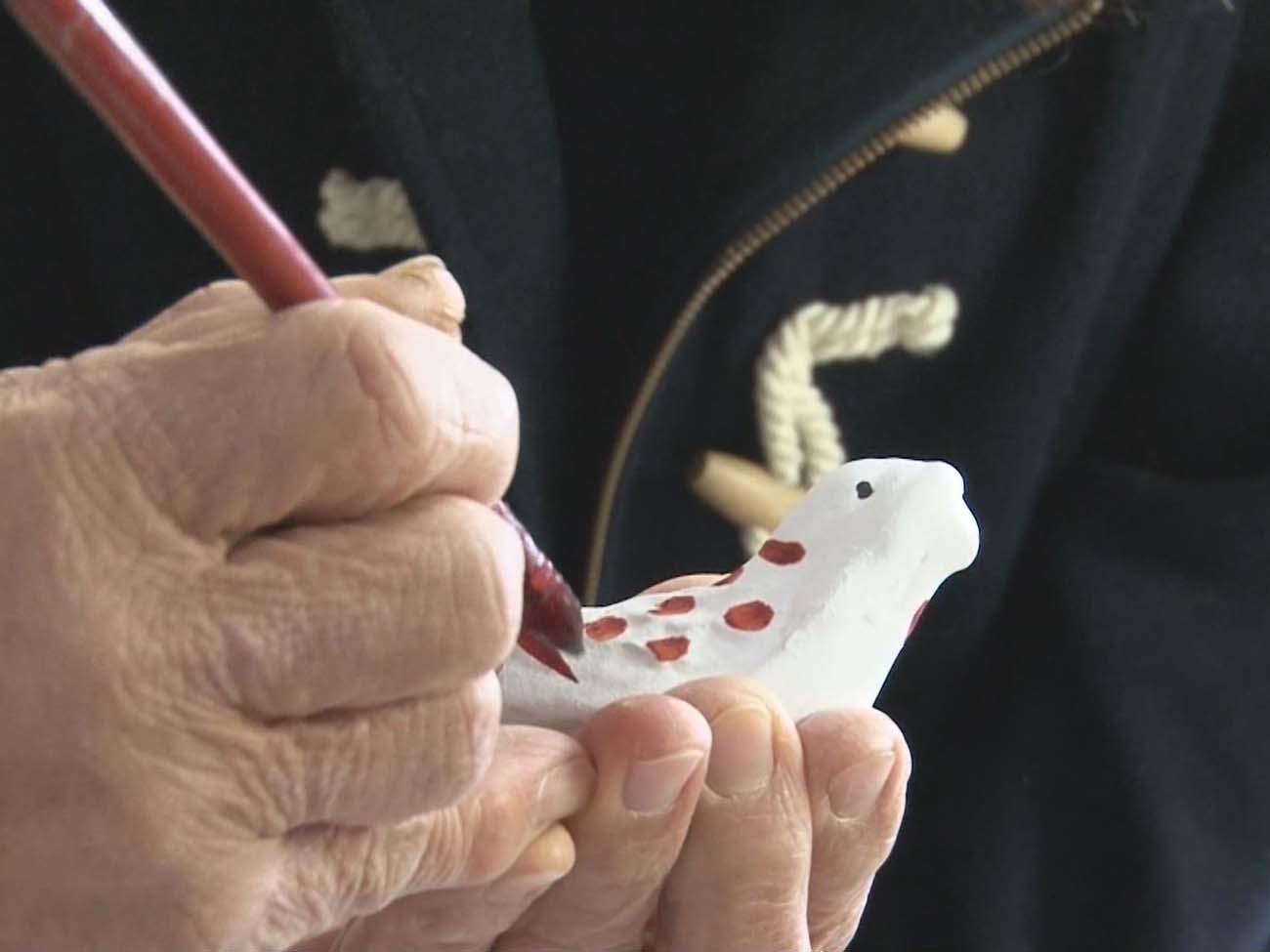
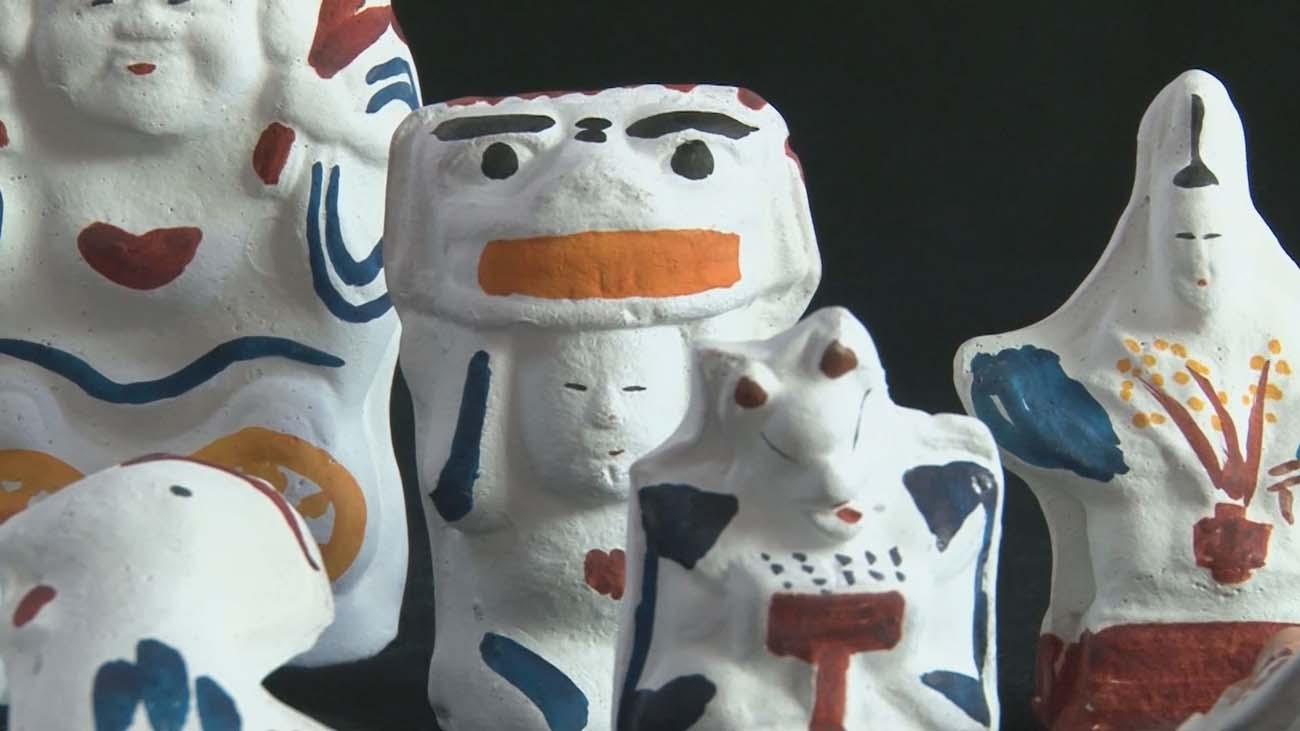
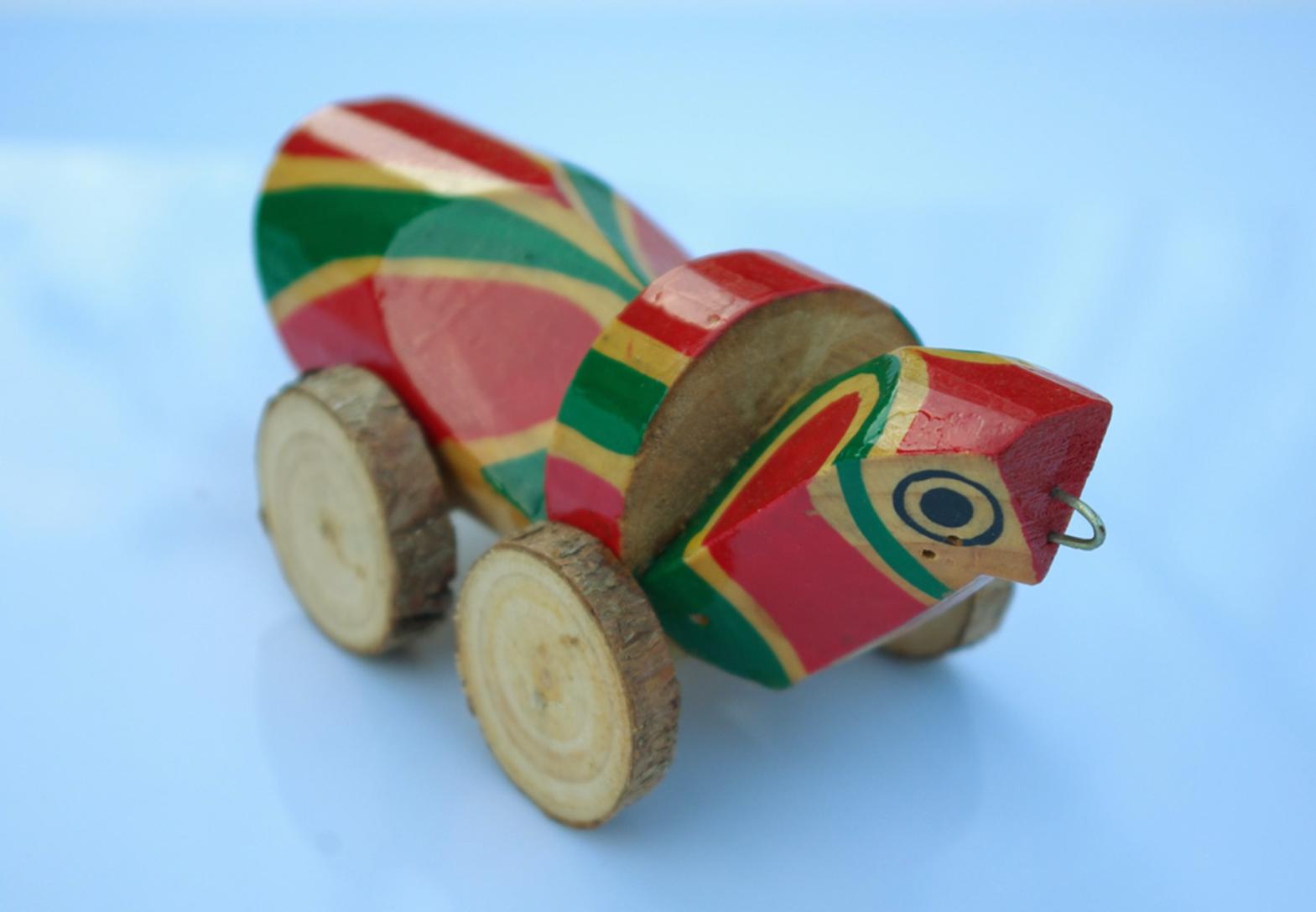
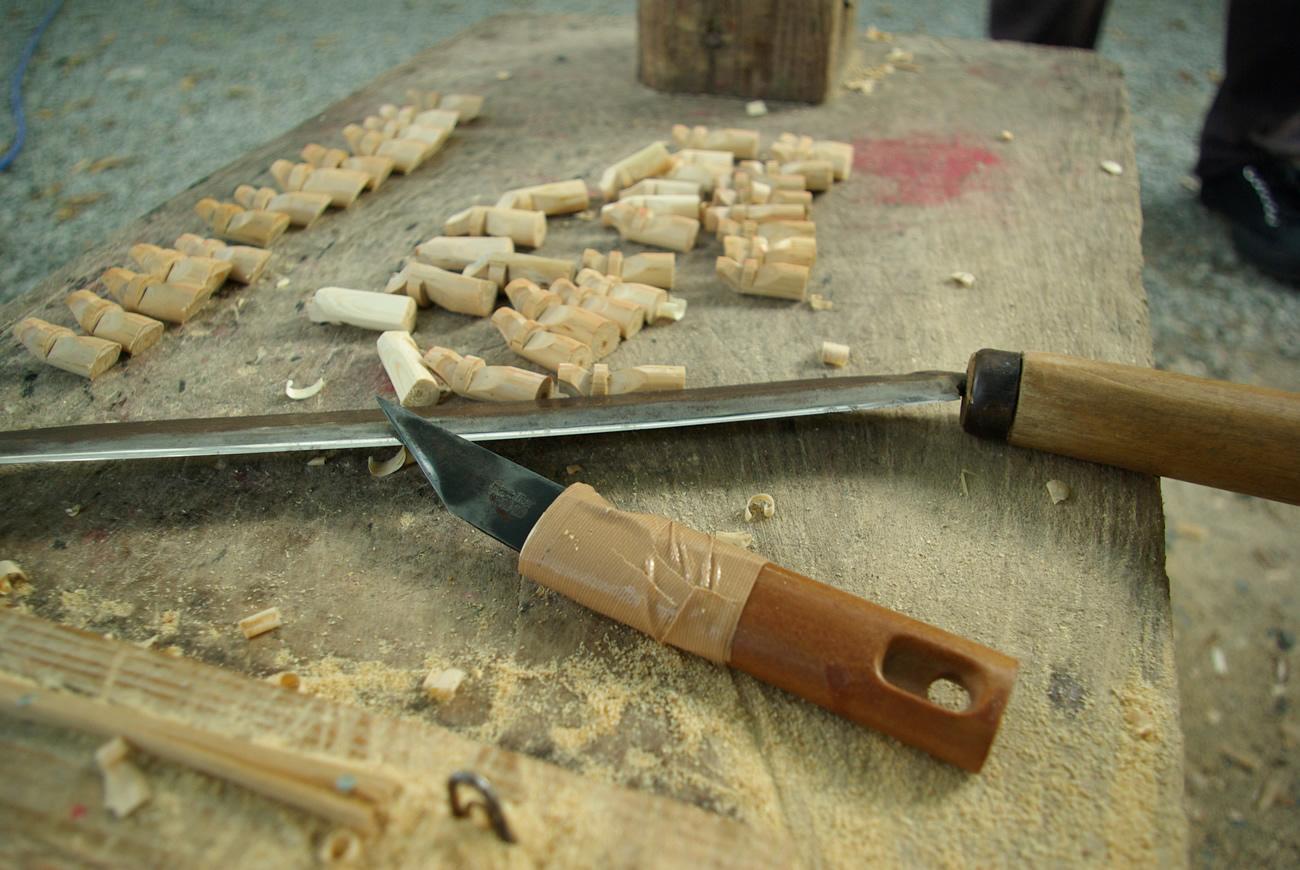
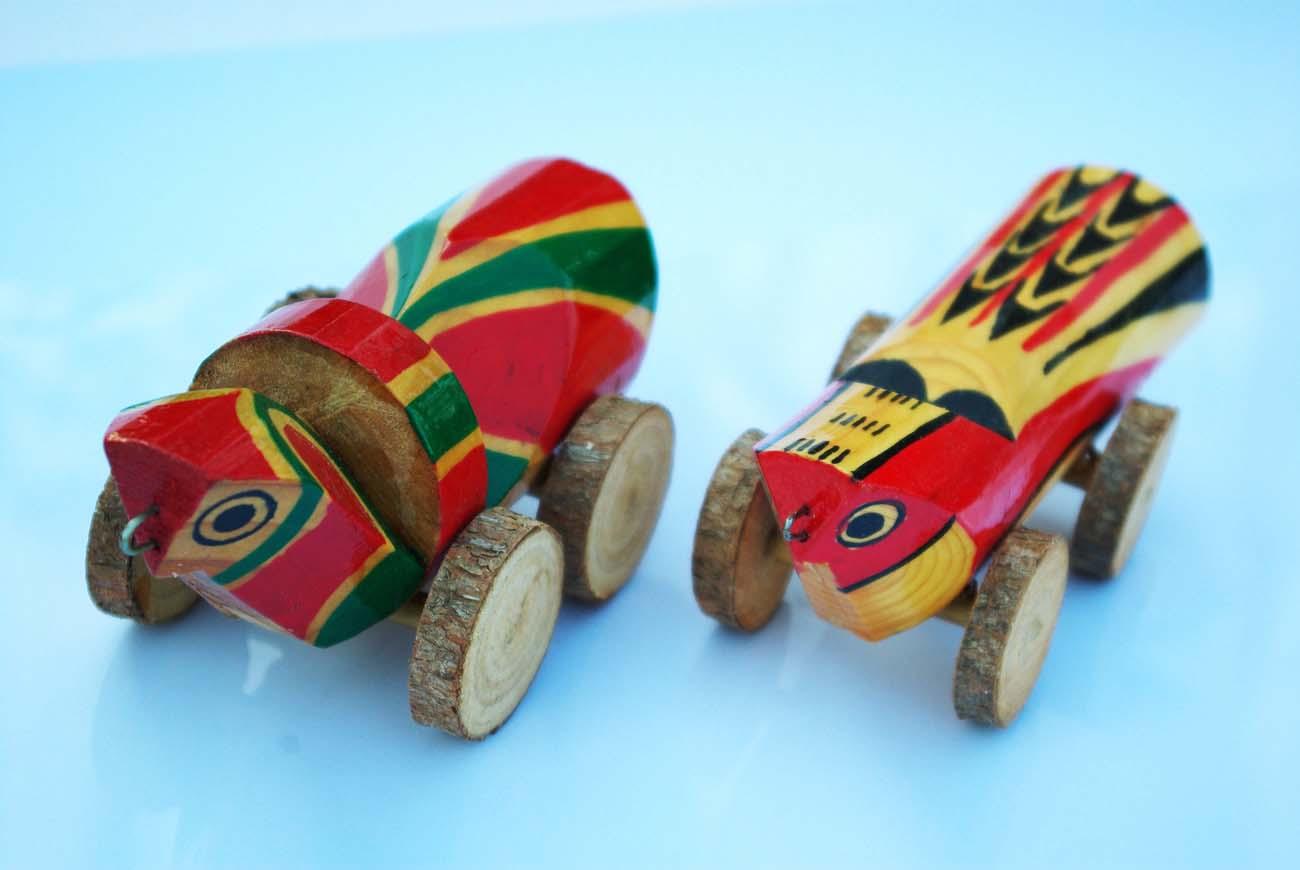
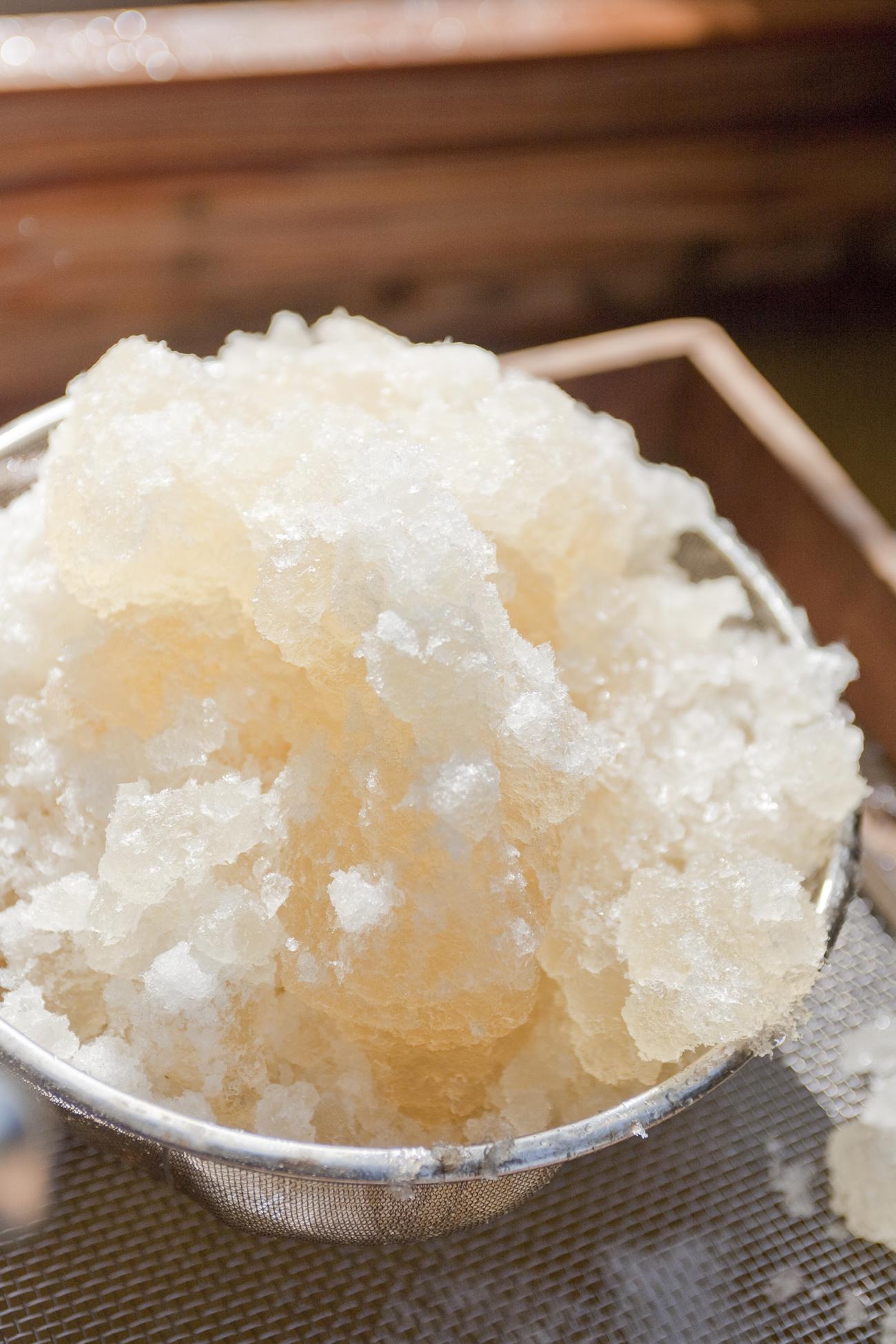
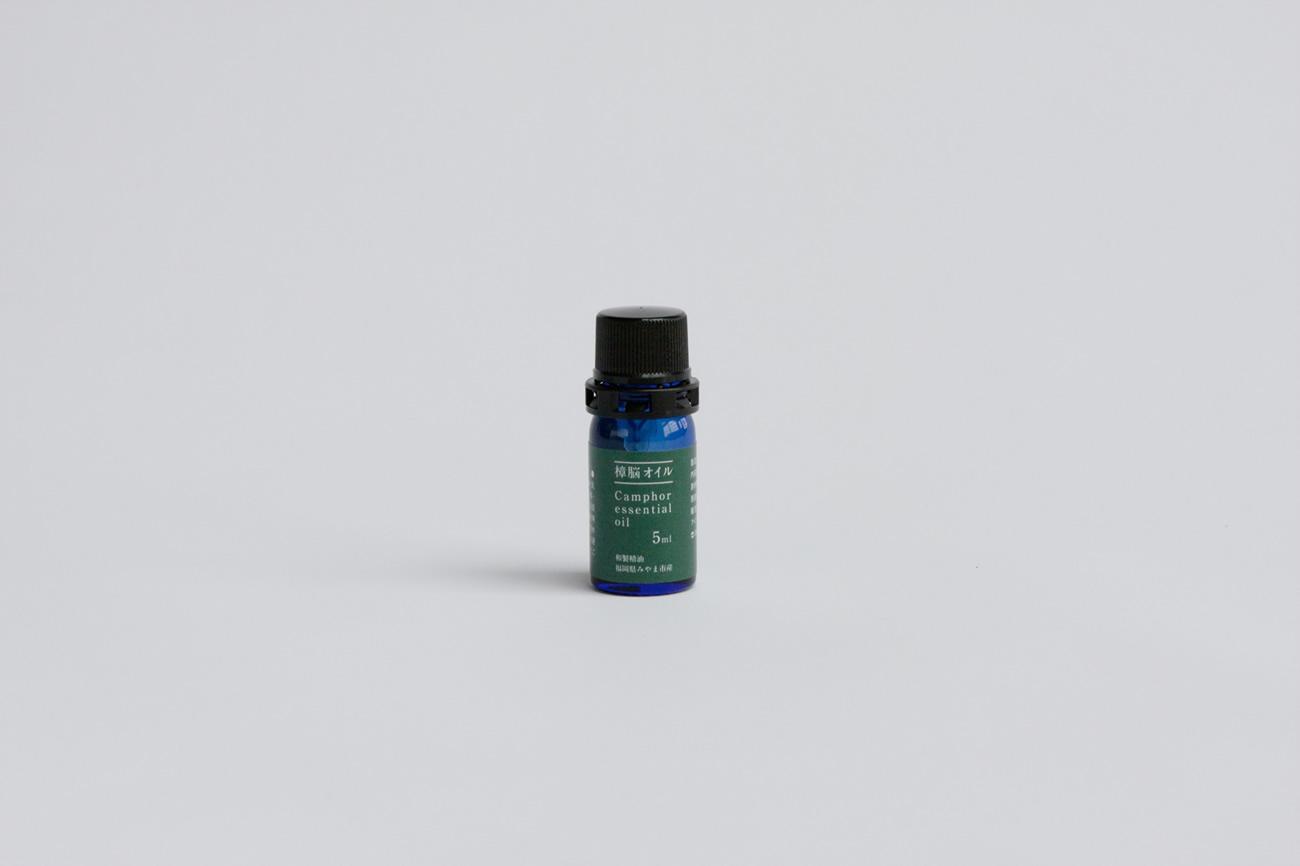
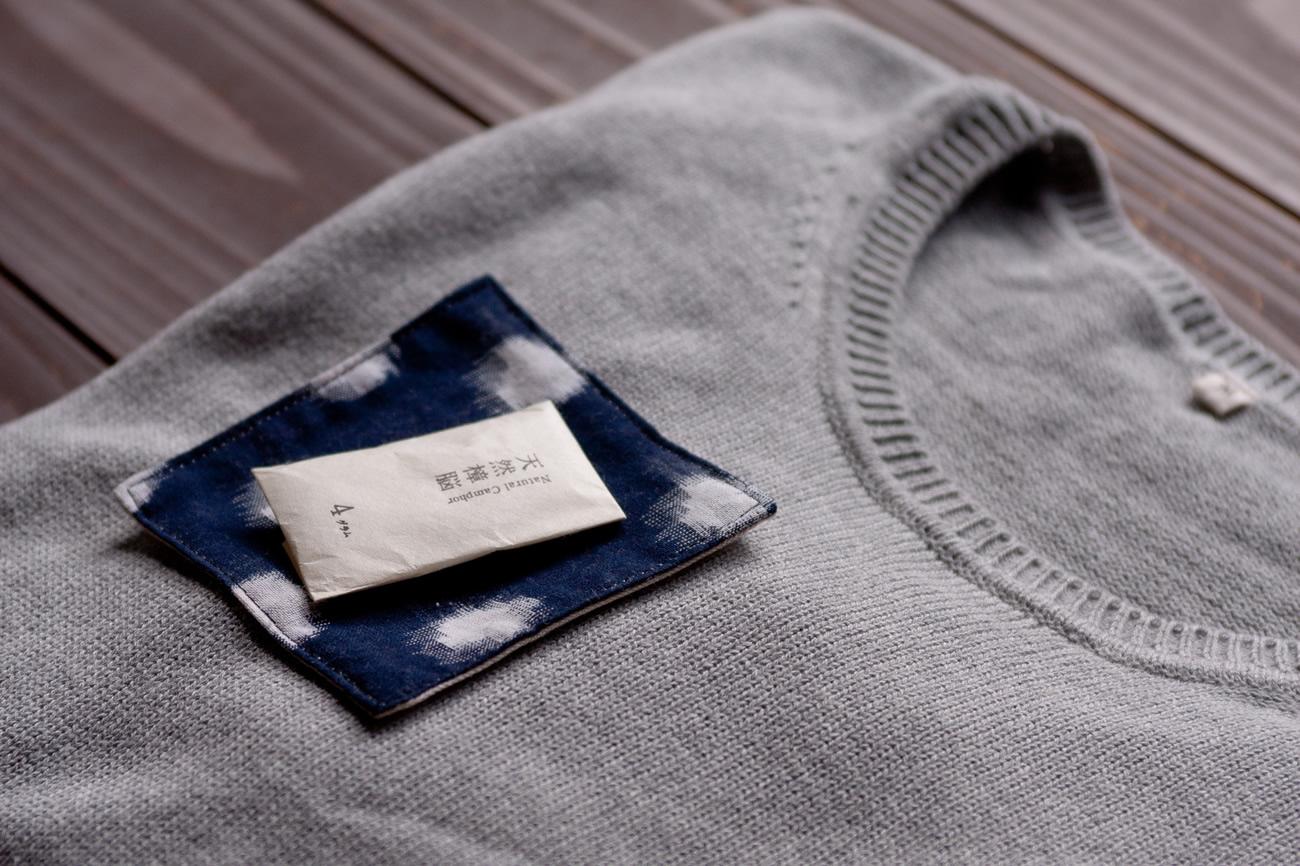
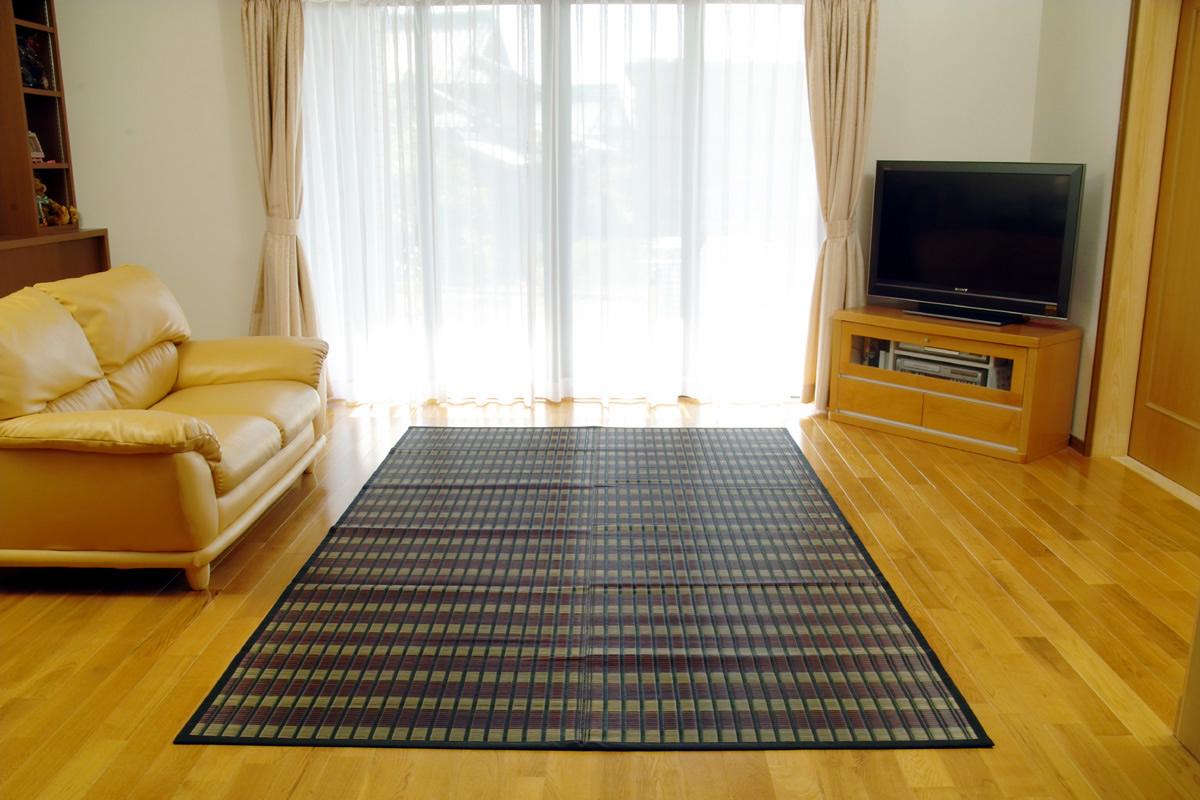
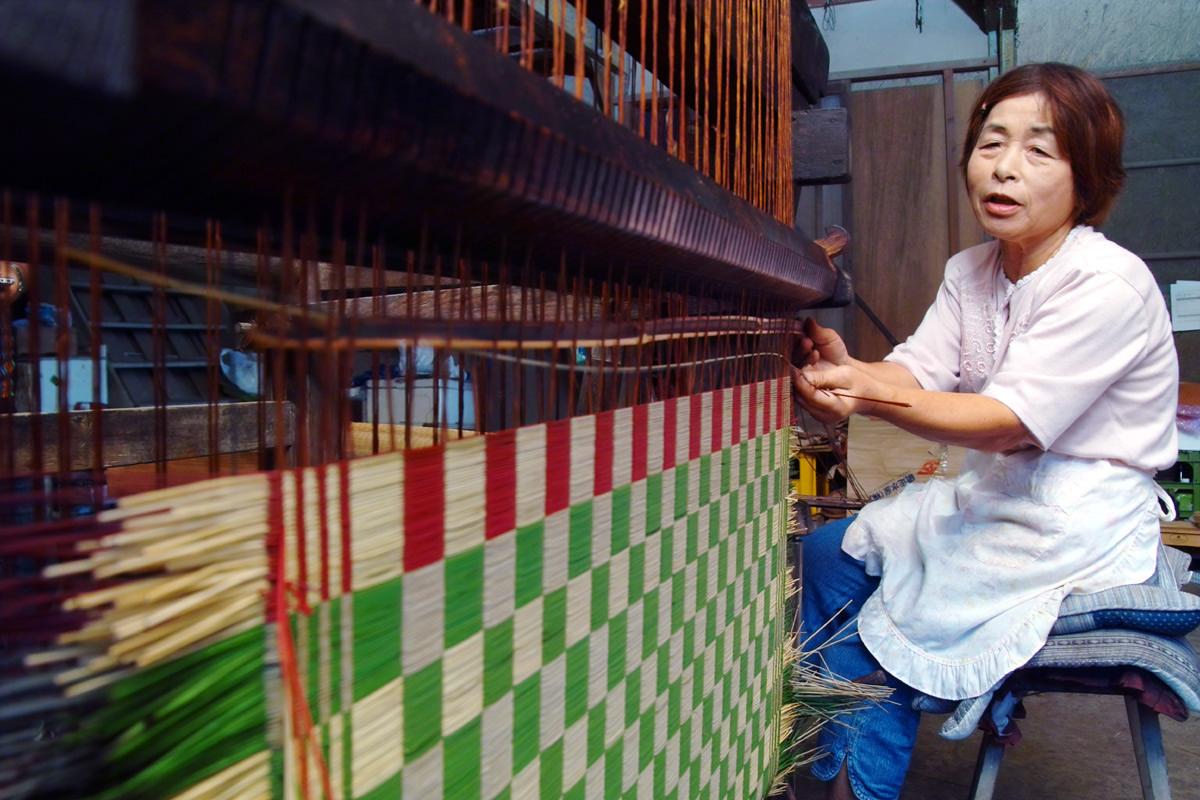
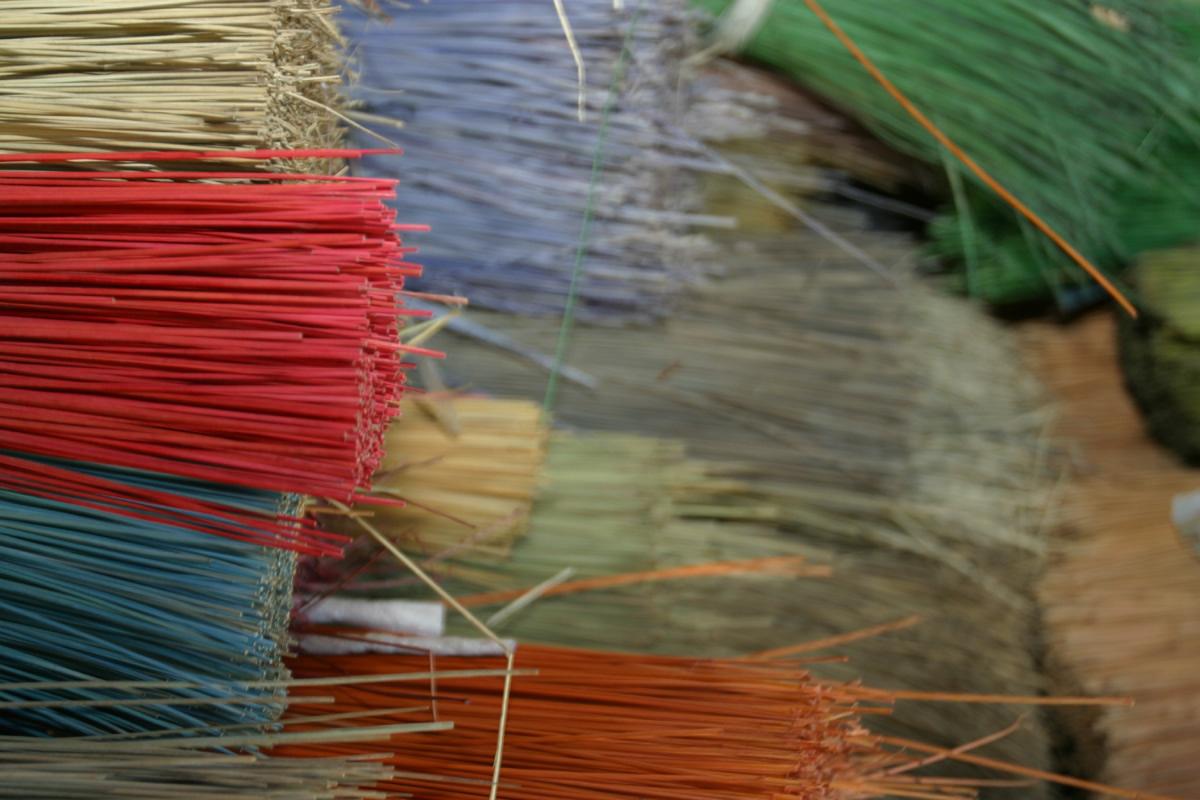
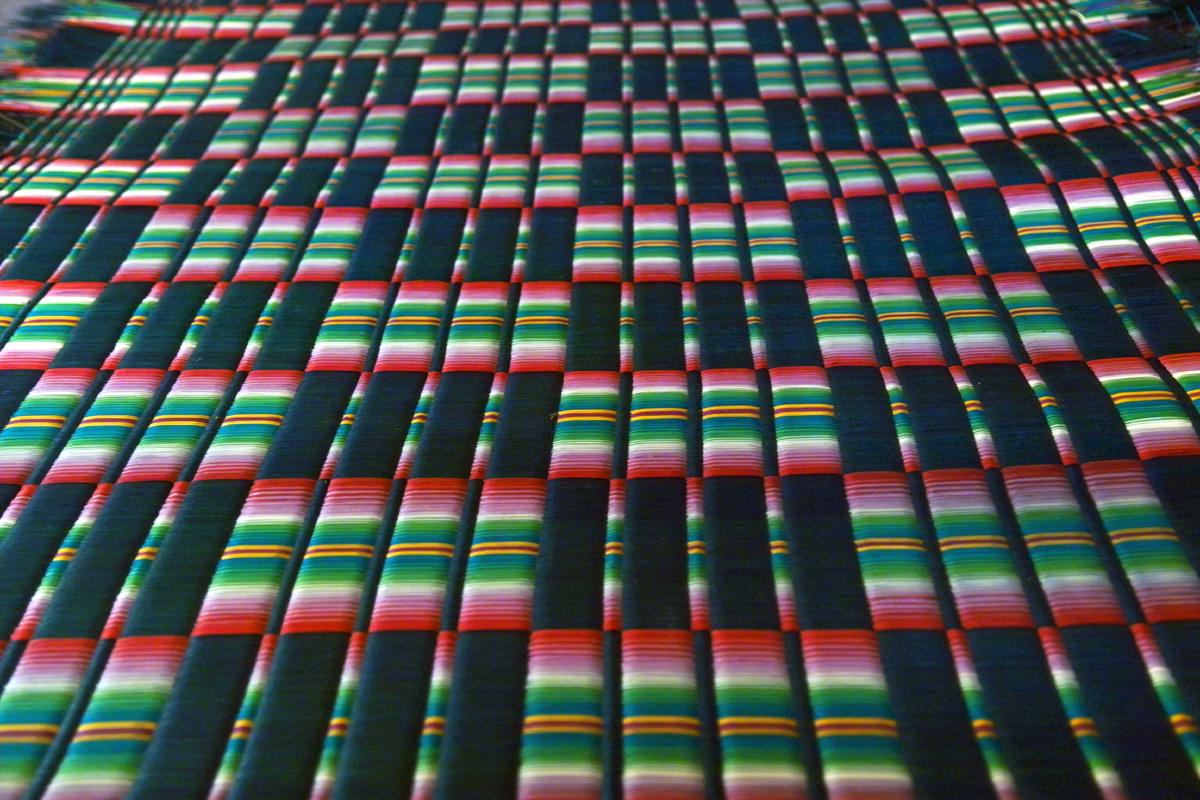
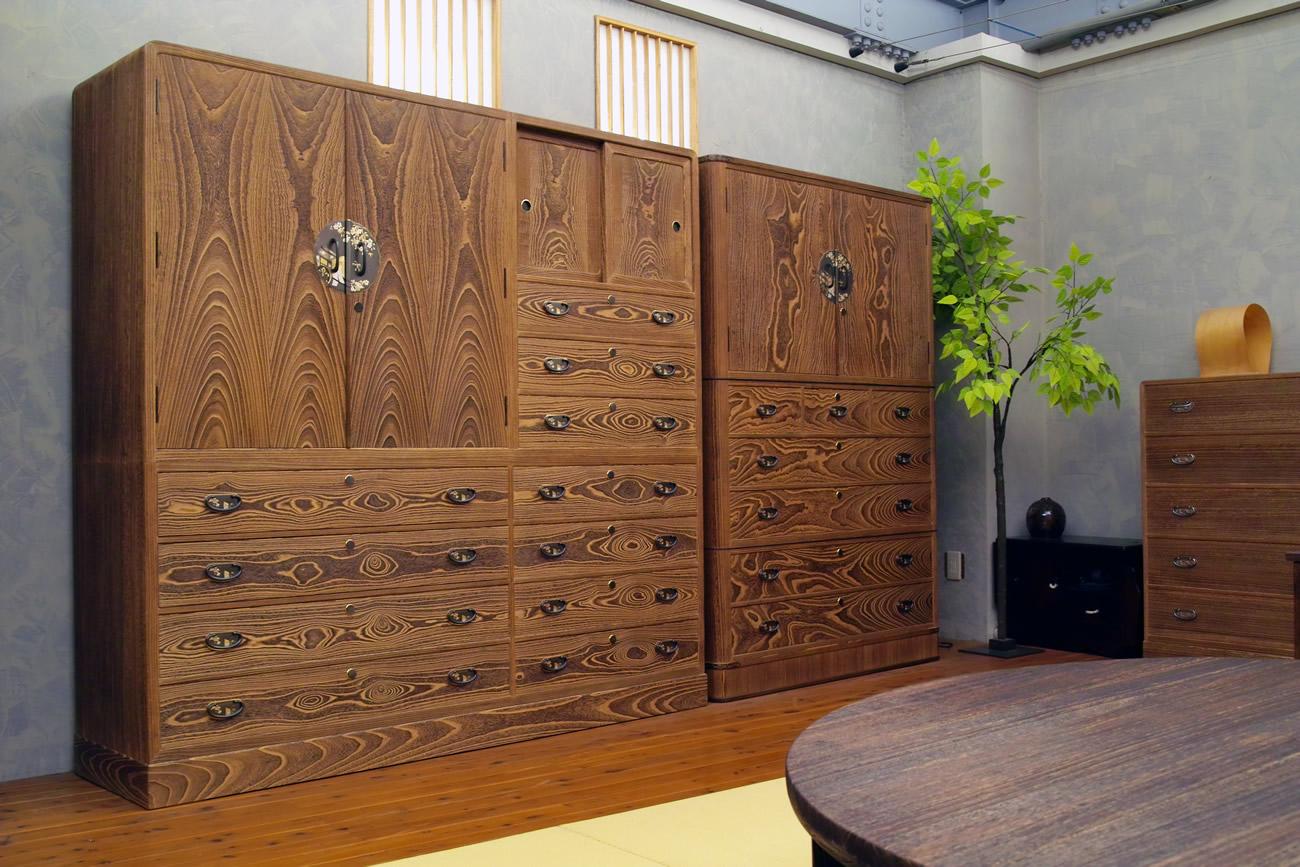
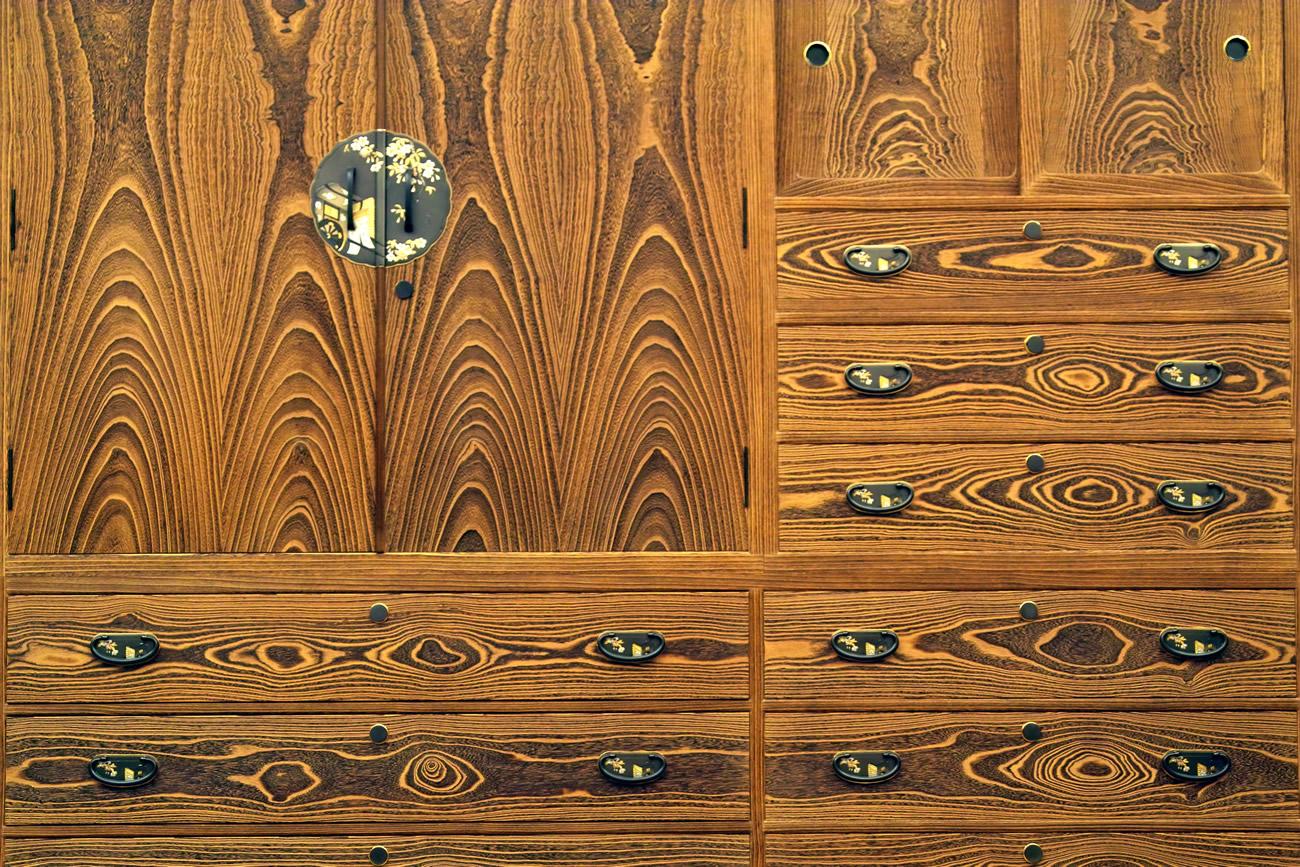
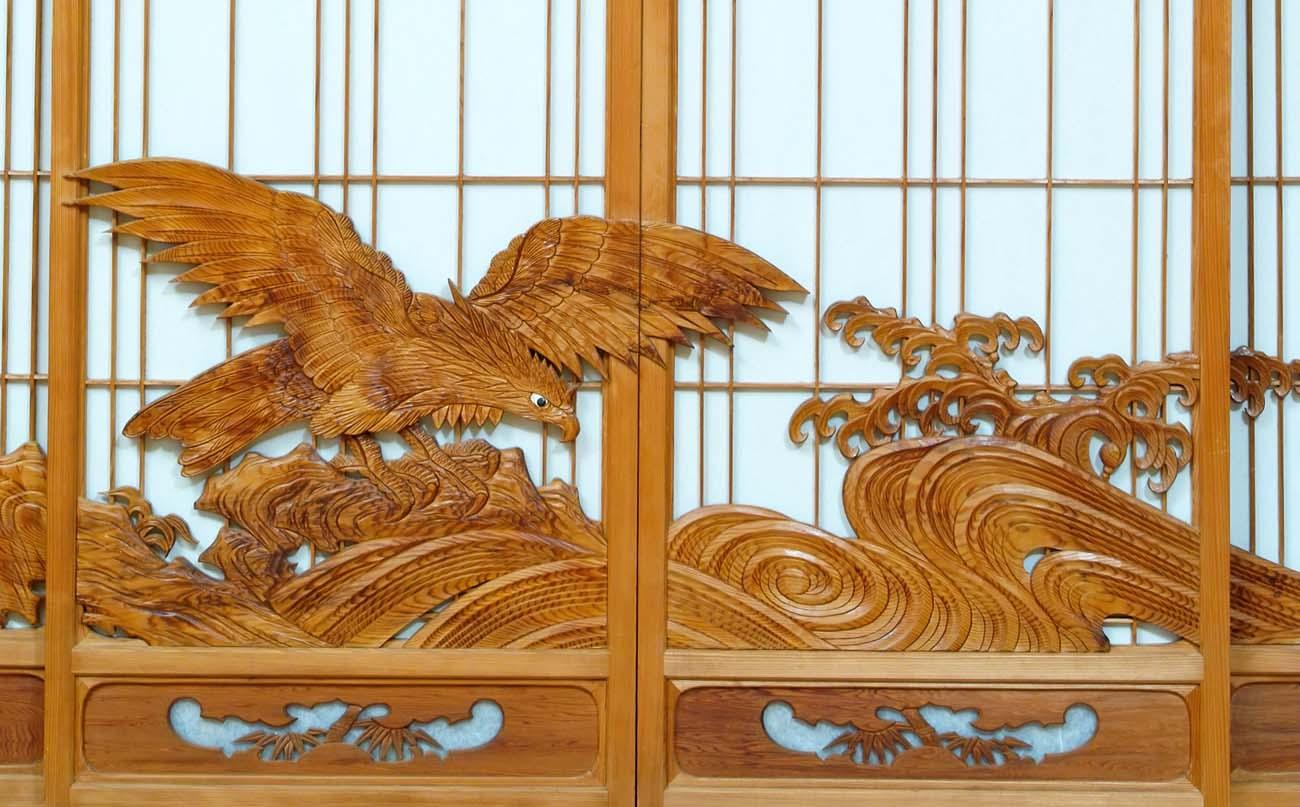
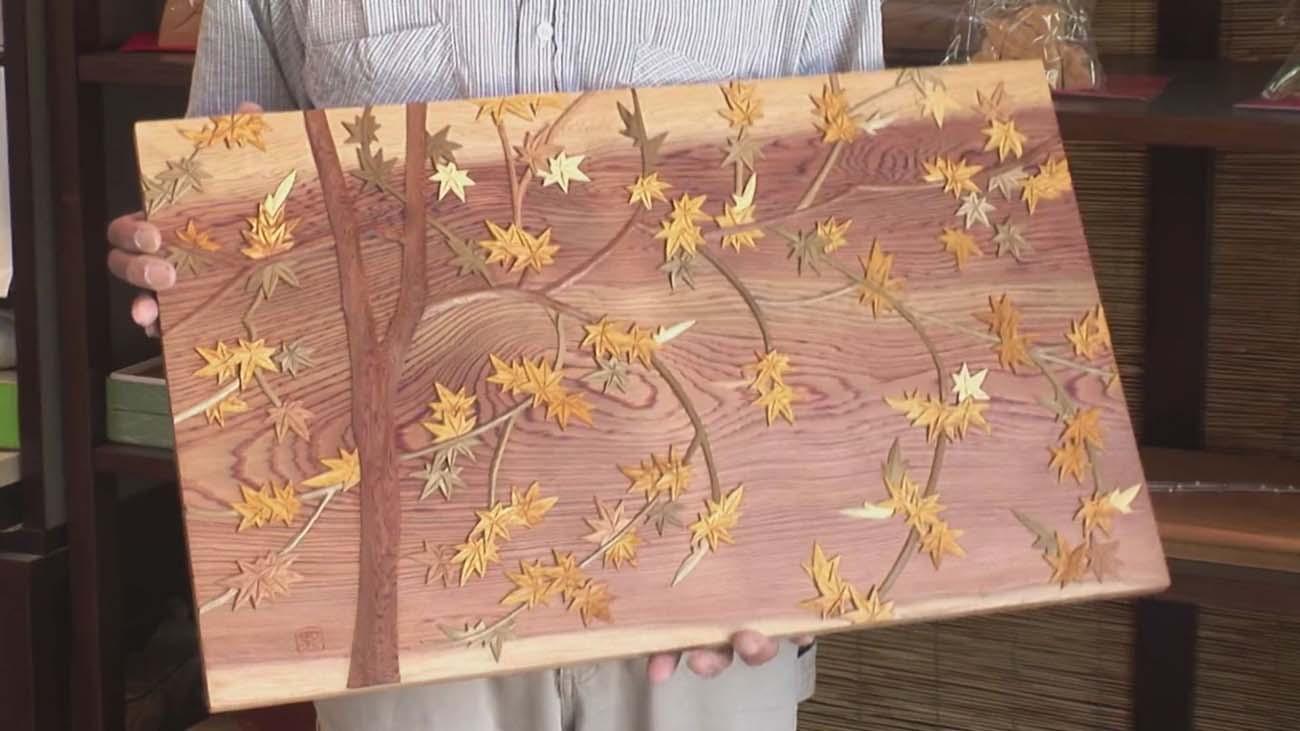
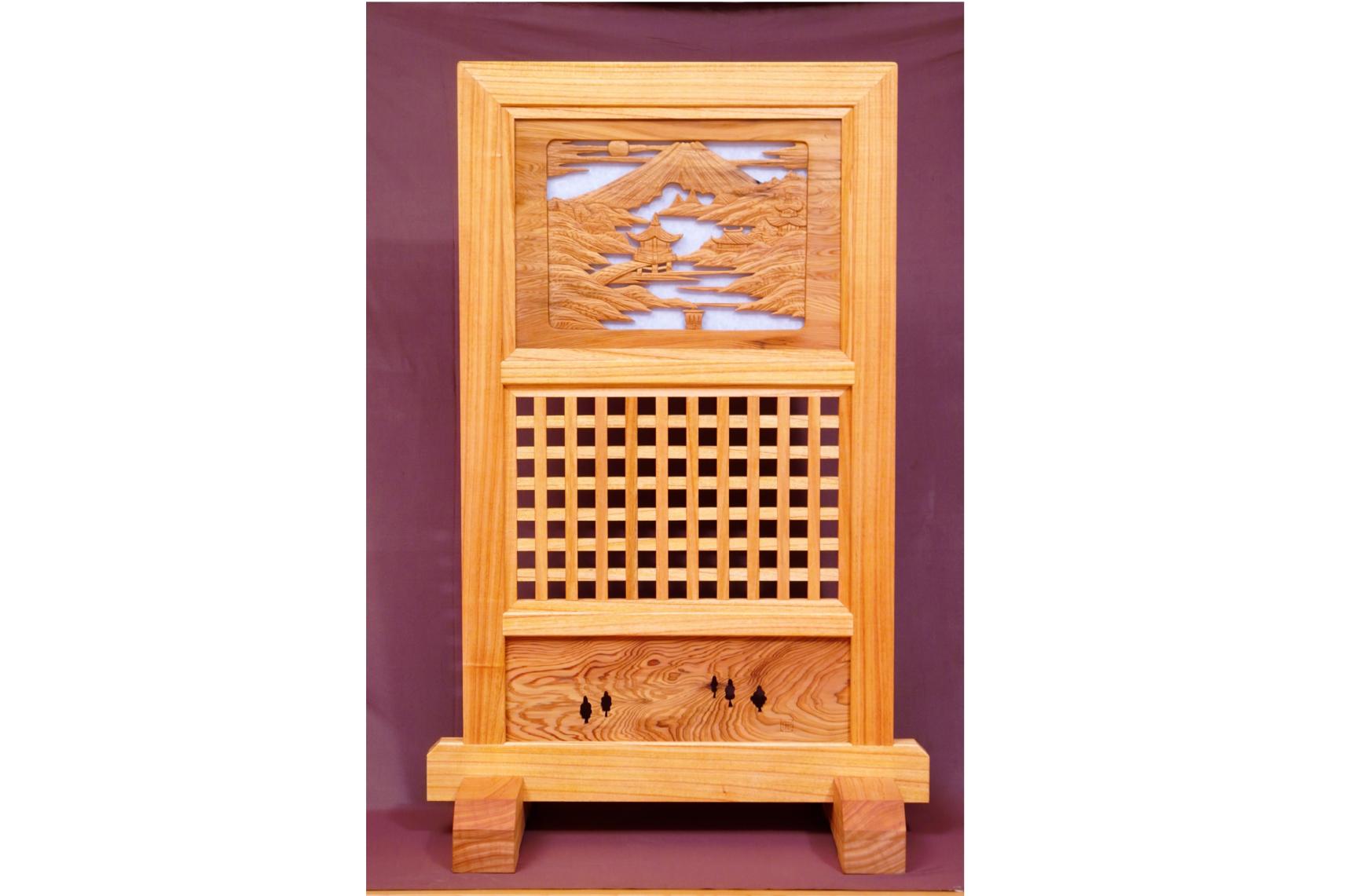
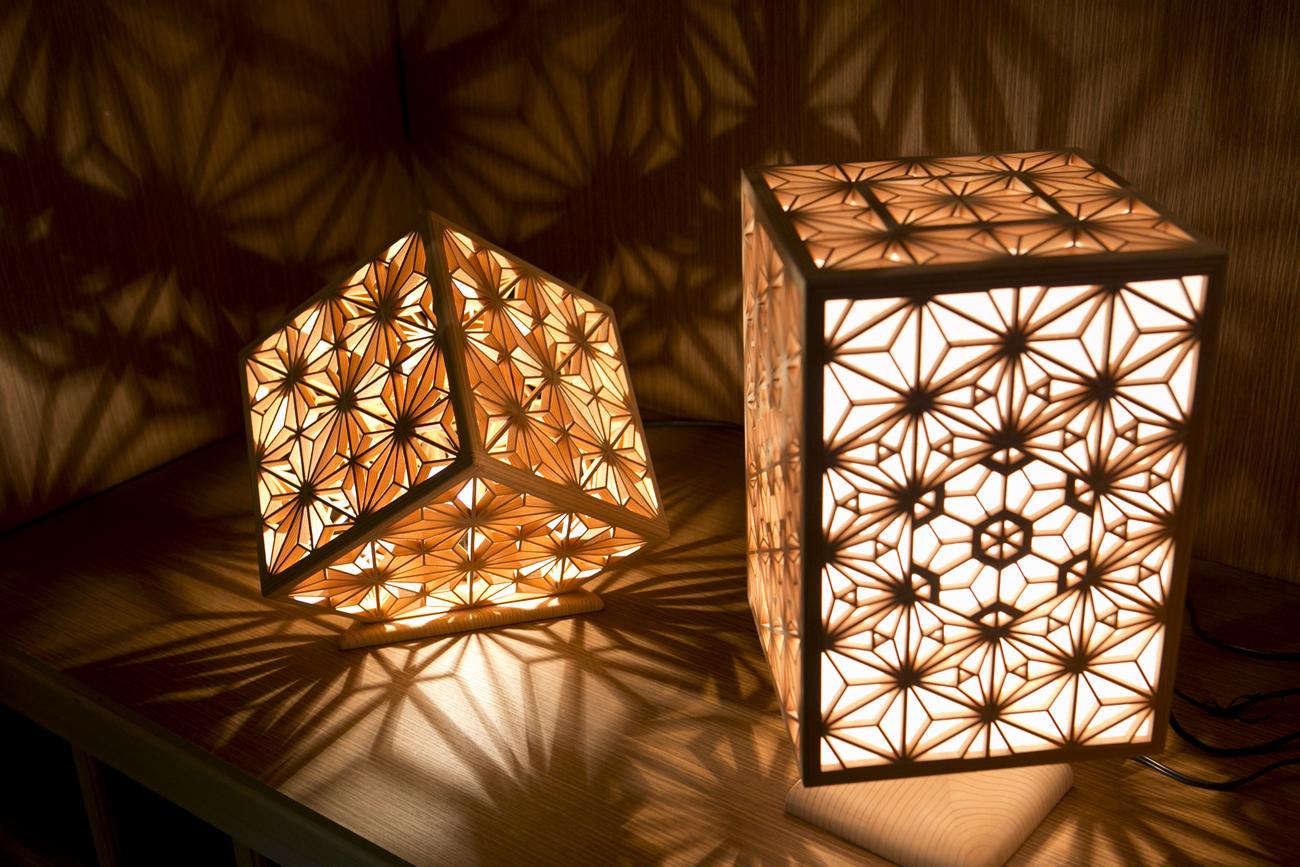
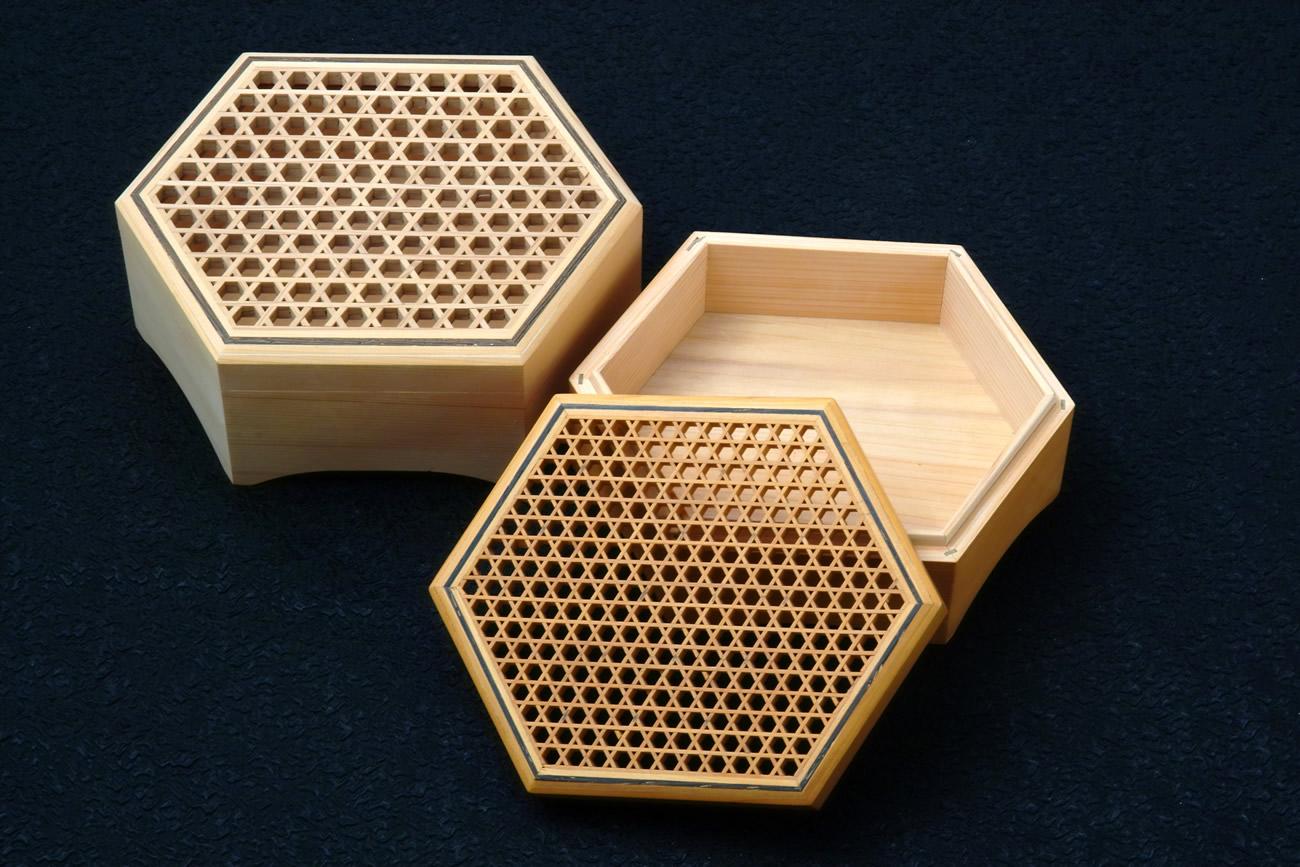
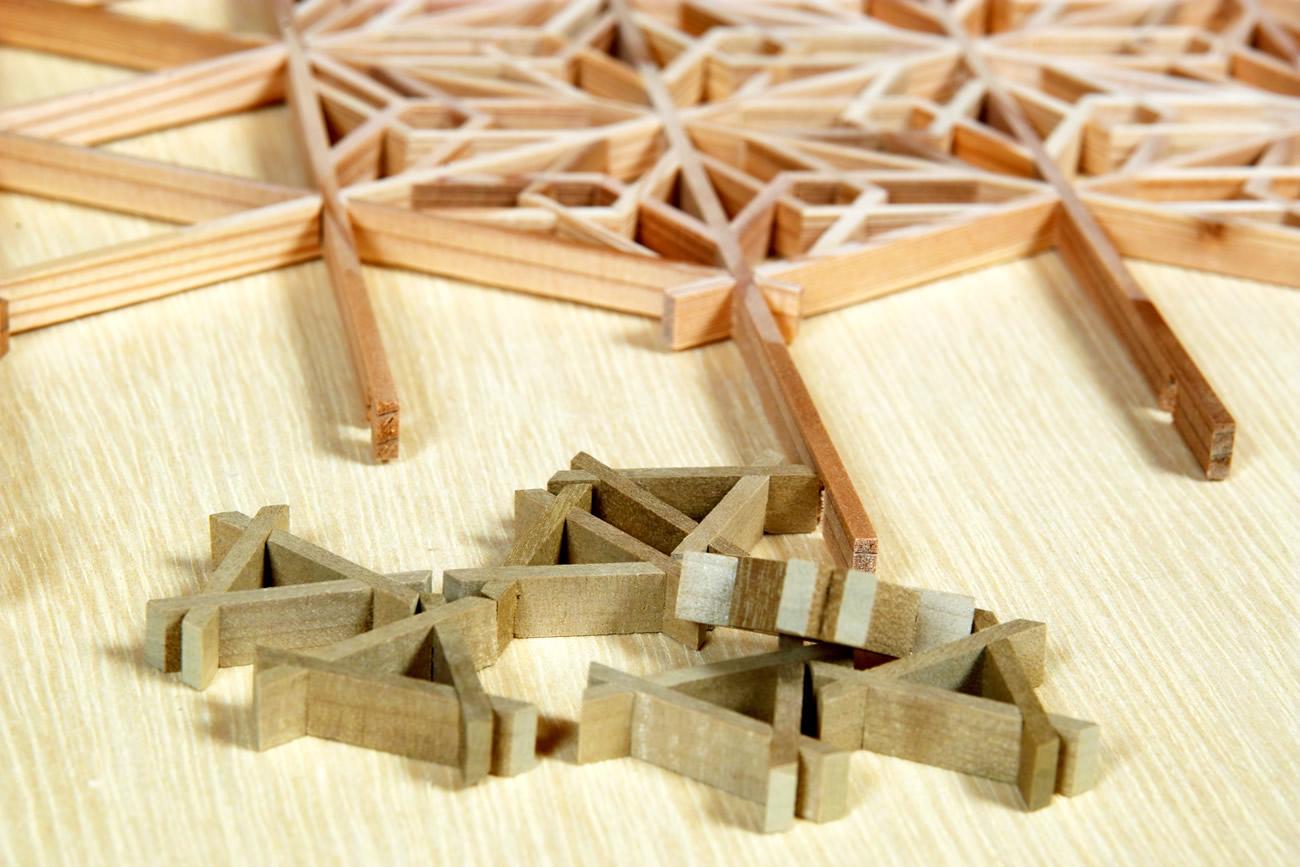
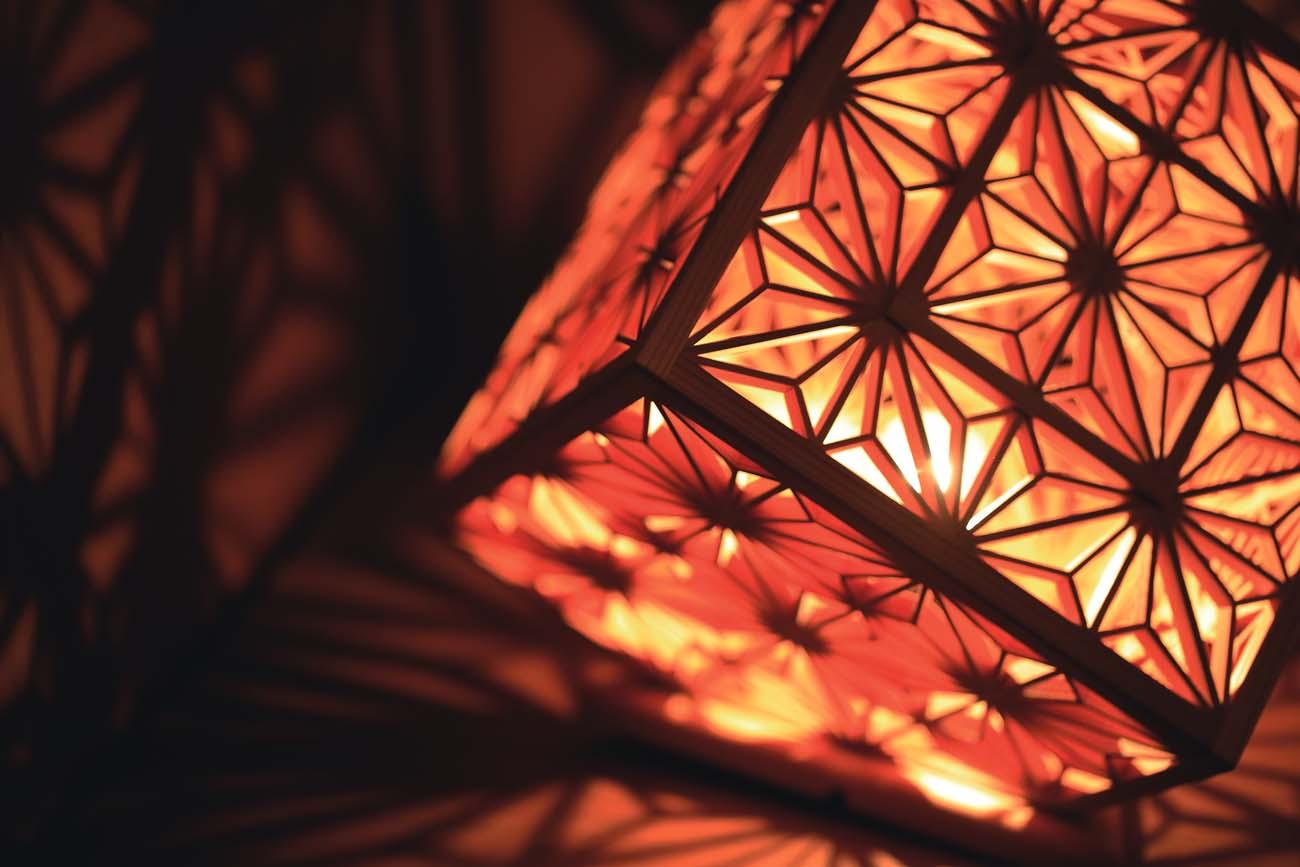
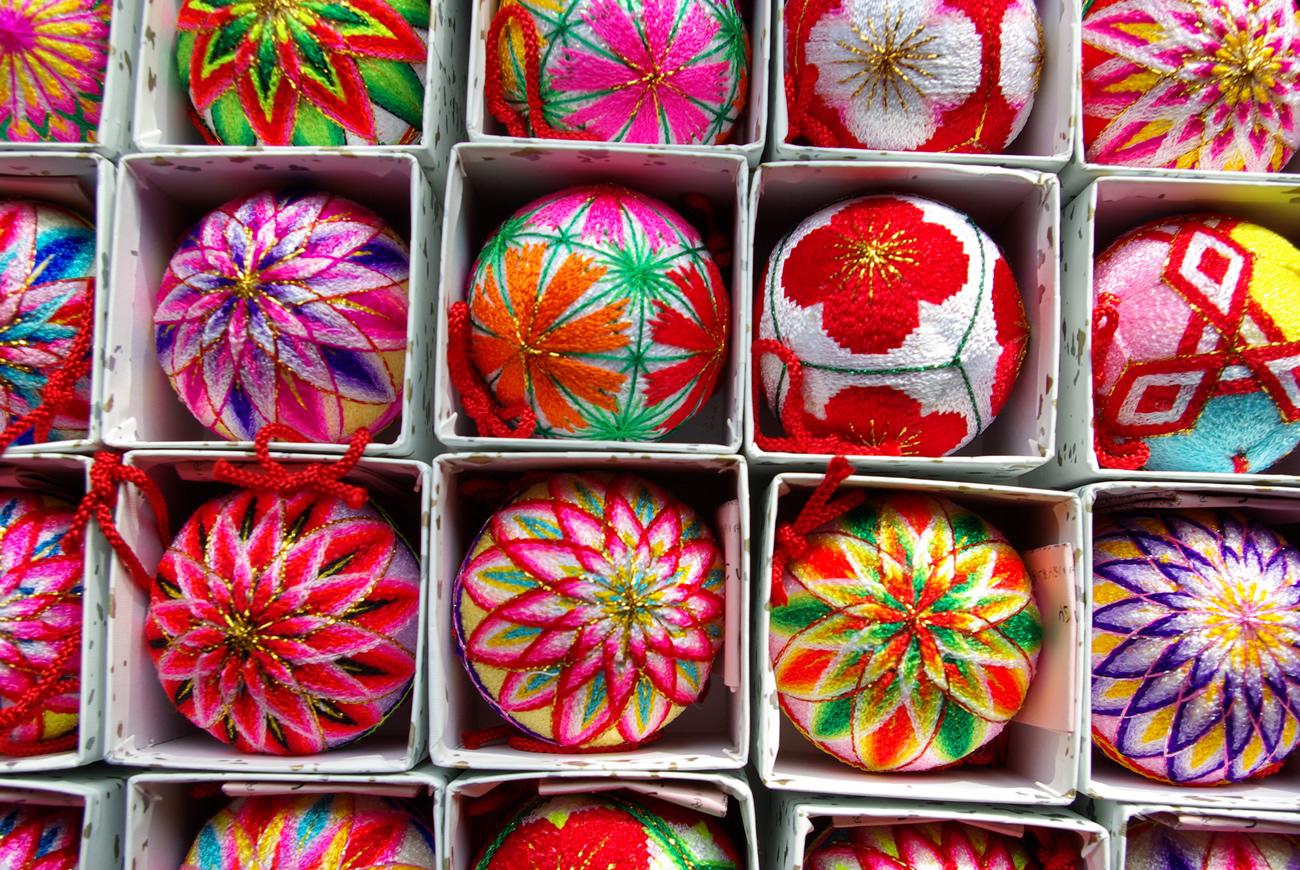
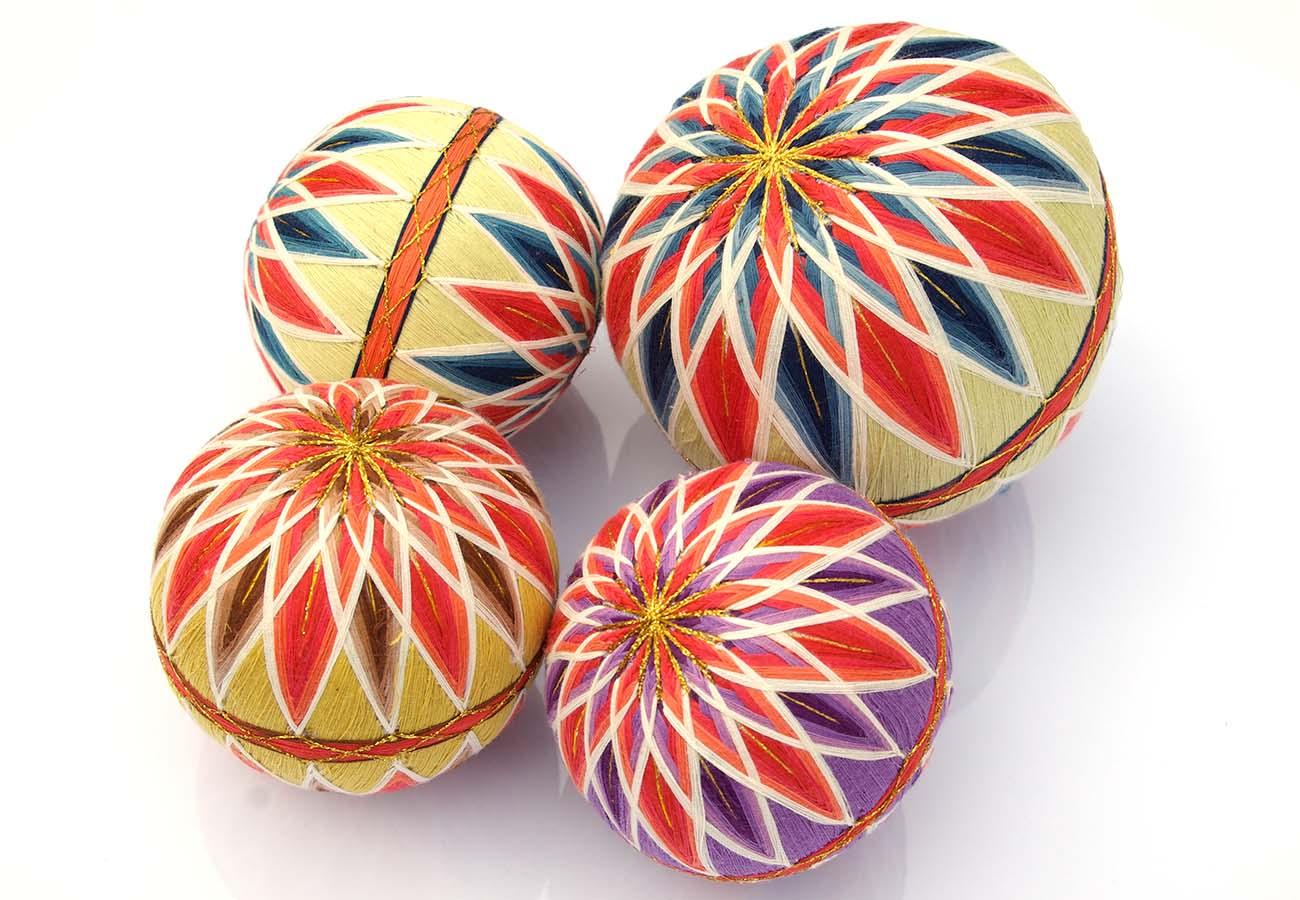
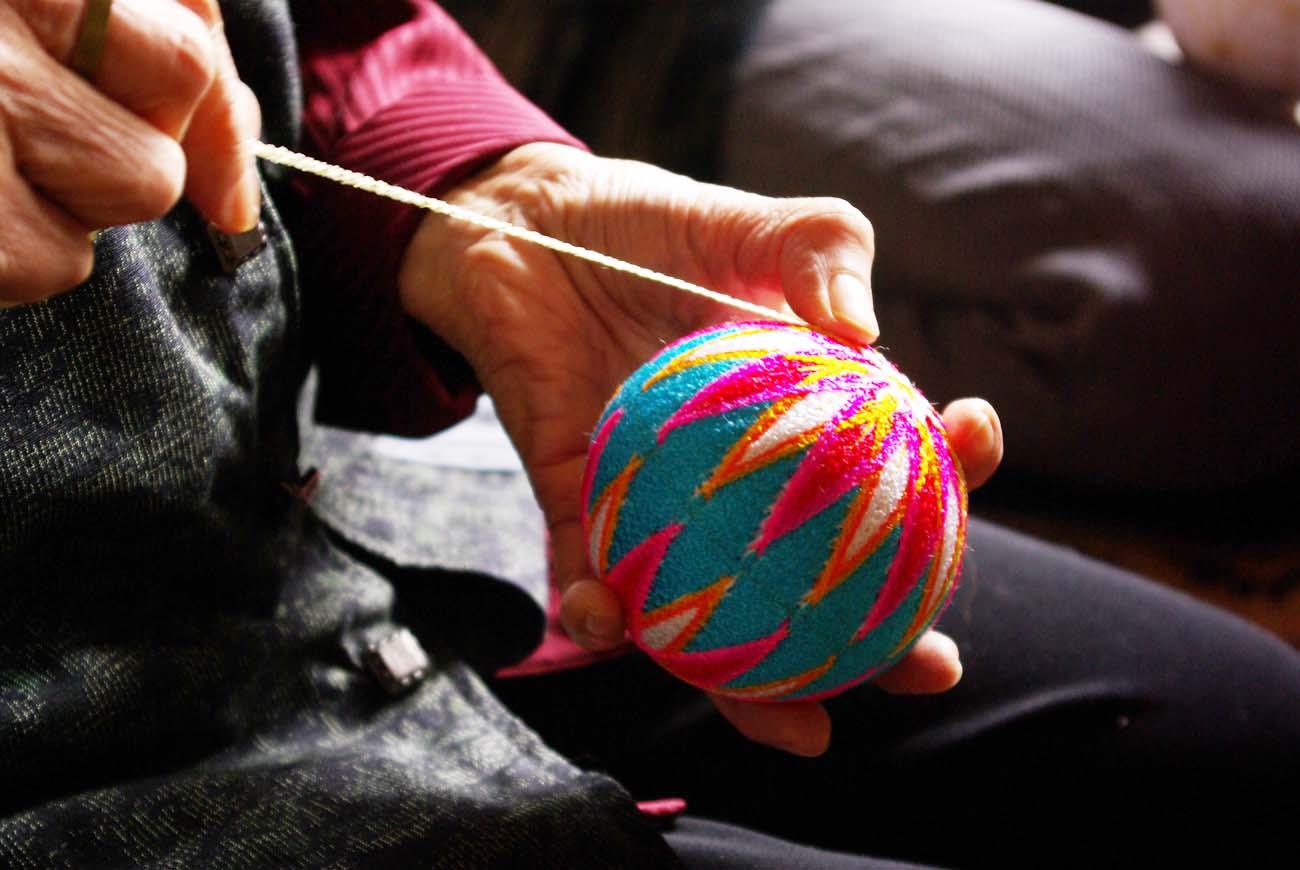
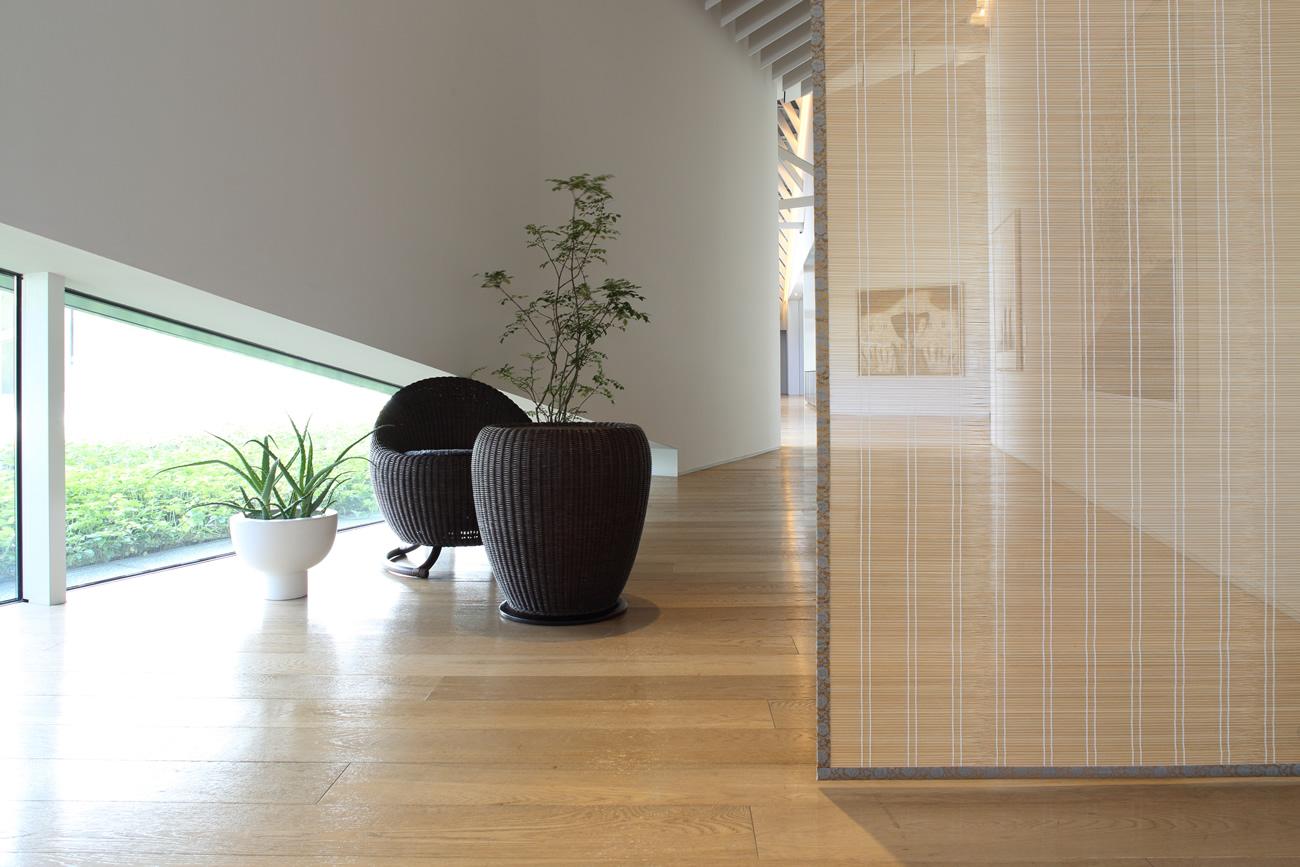
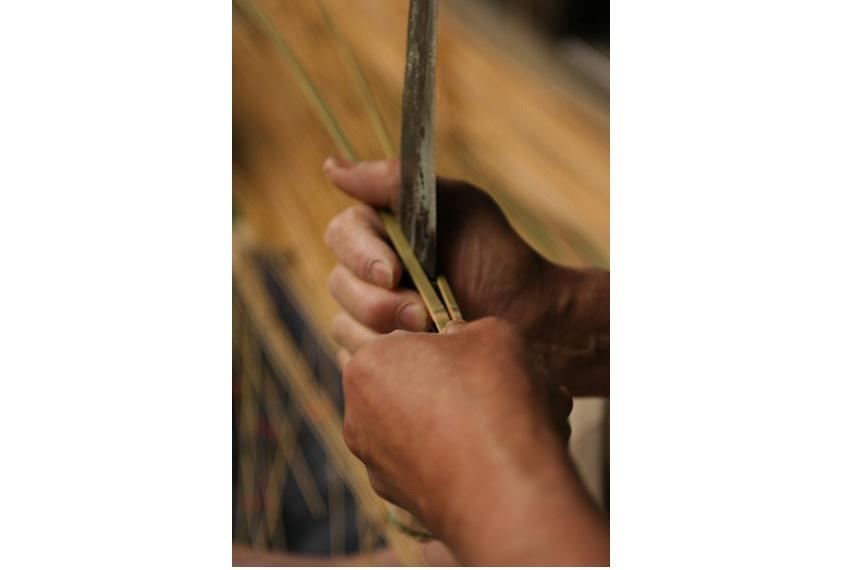

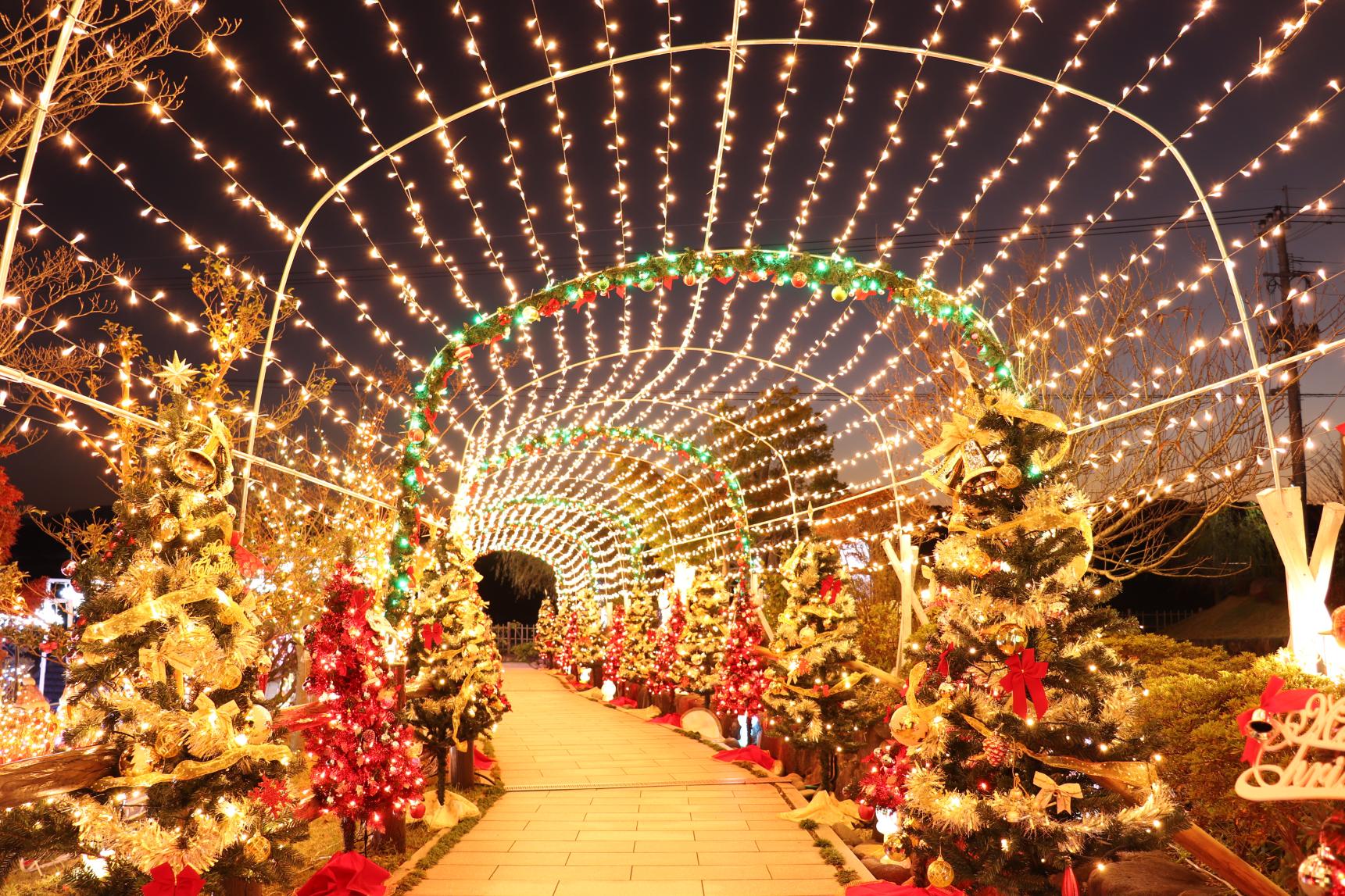
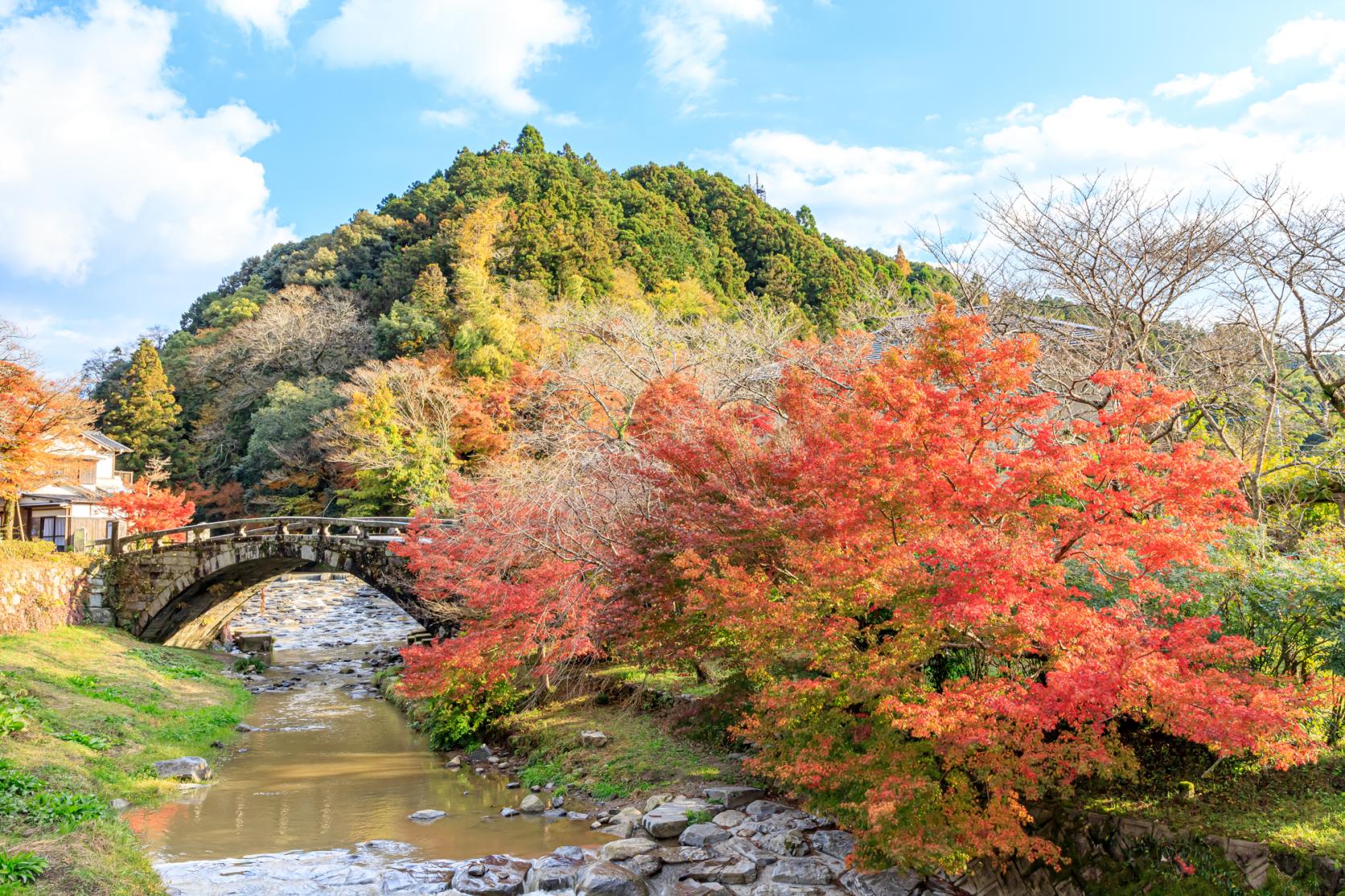
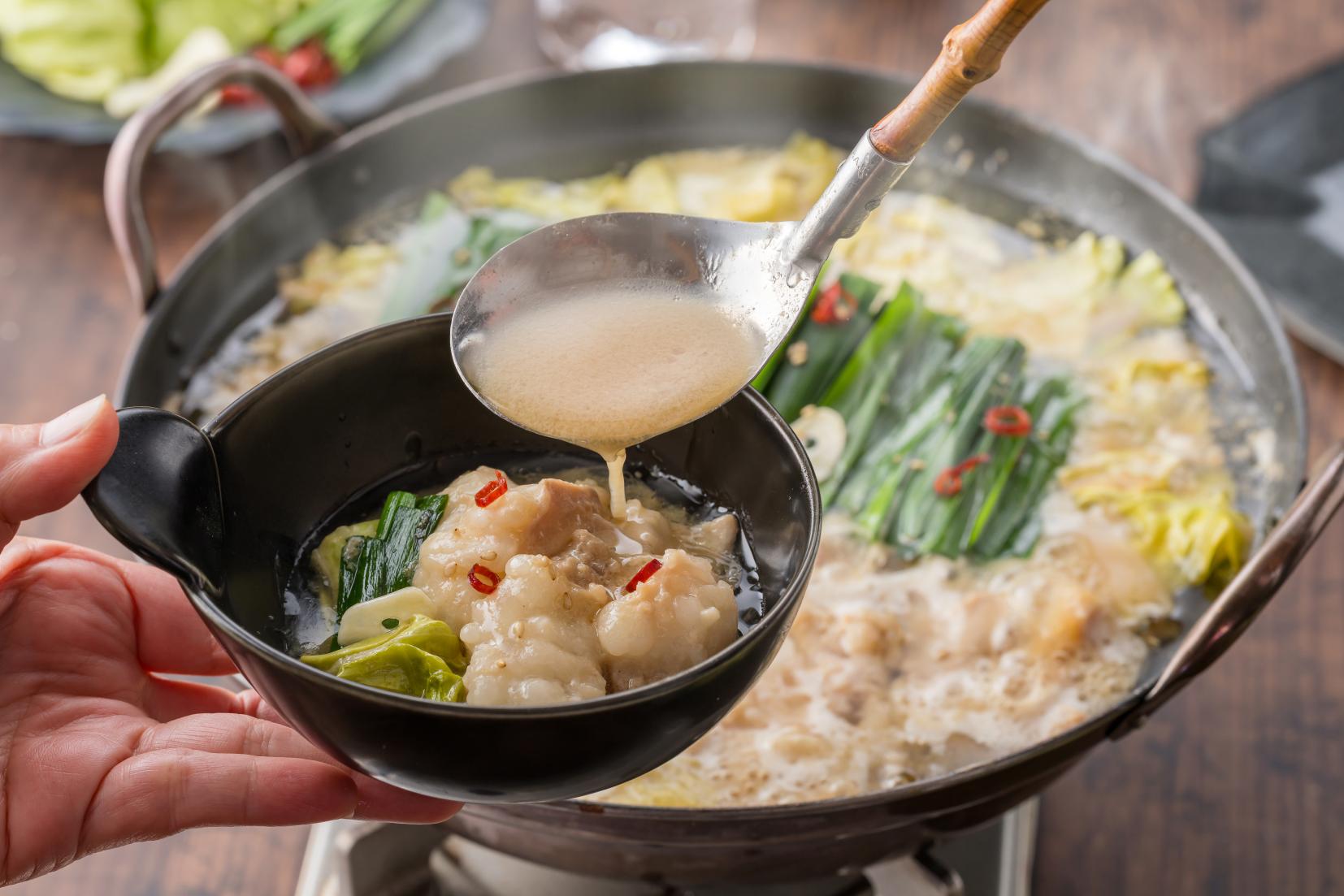
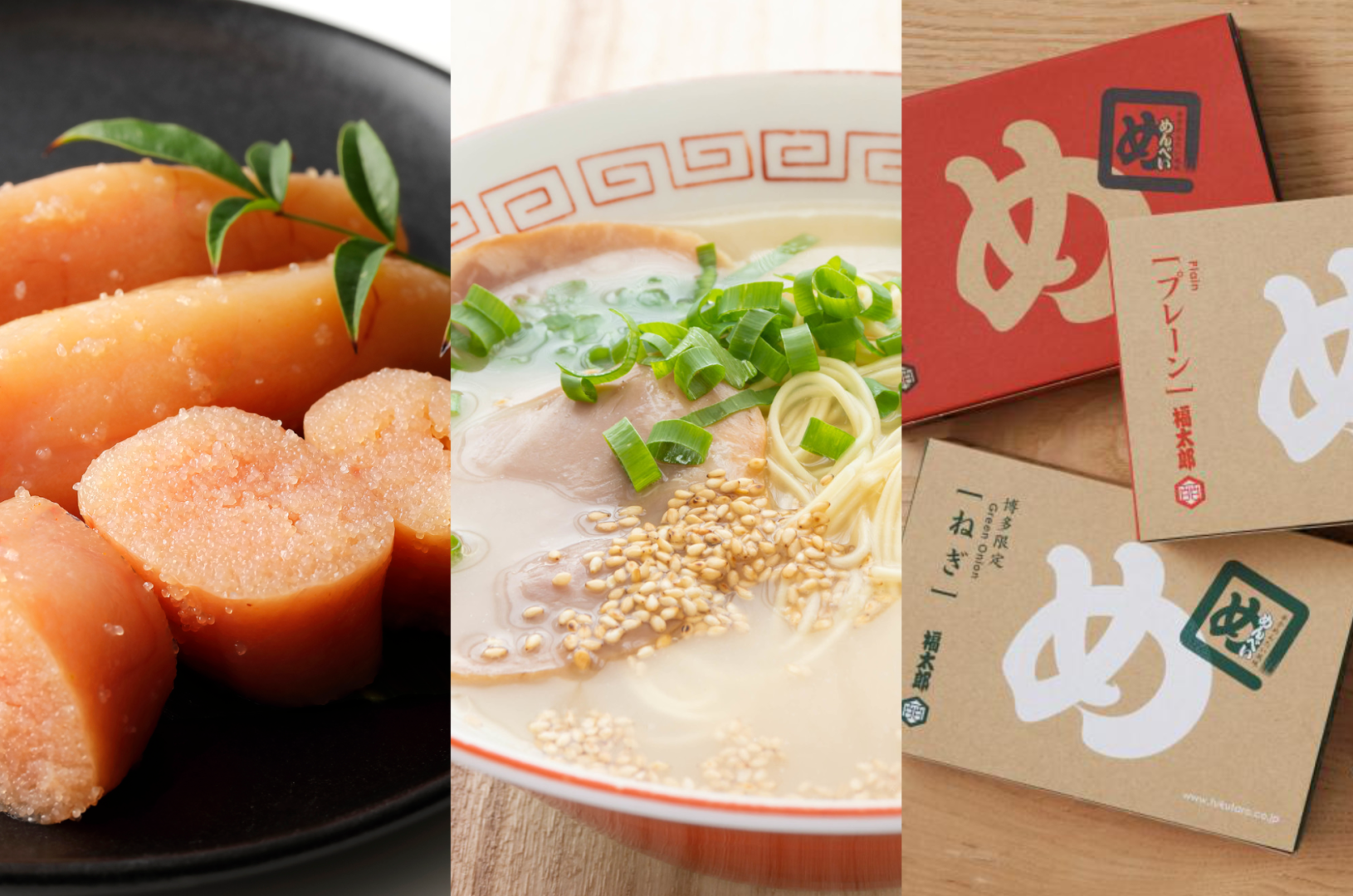

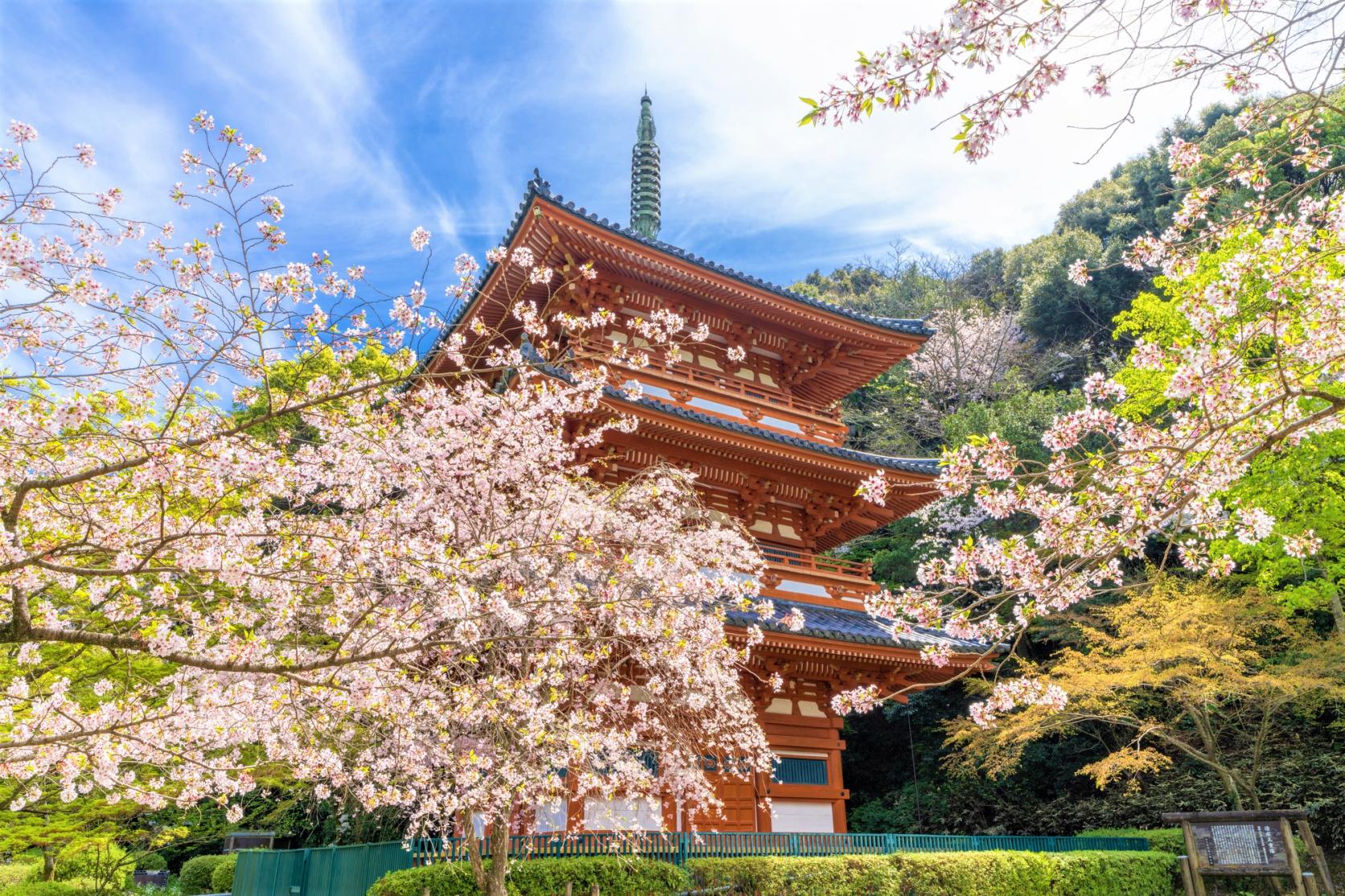
![[2025] Strawberry Picking Spots in Fukuoka-1](https://www.crossroadfukuoka.jp/storage/special_features/49/responsive_images/9ZHgrqvQdpH8tM4IRF54DXu0aPBF3YGGkj5WOTGc__1673_1115.jpg)

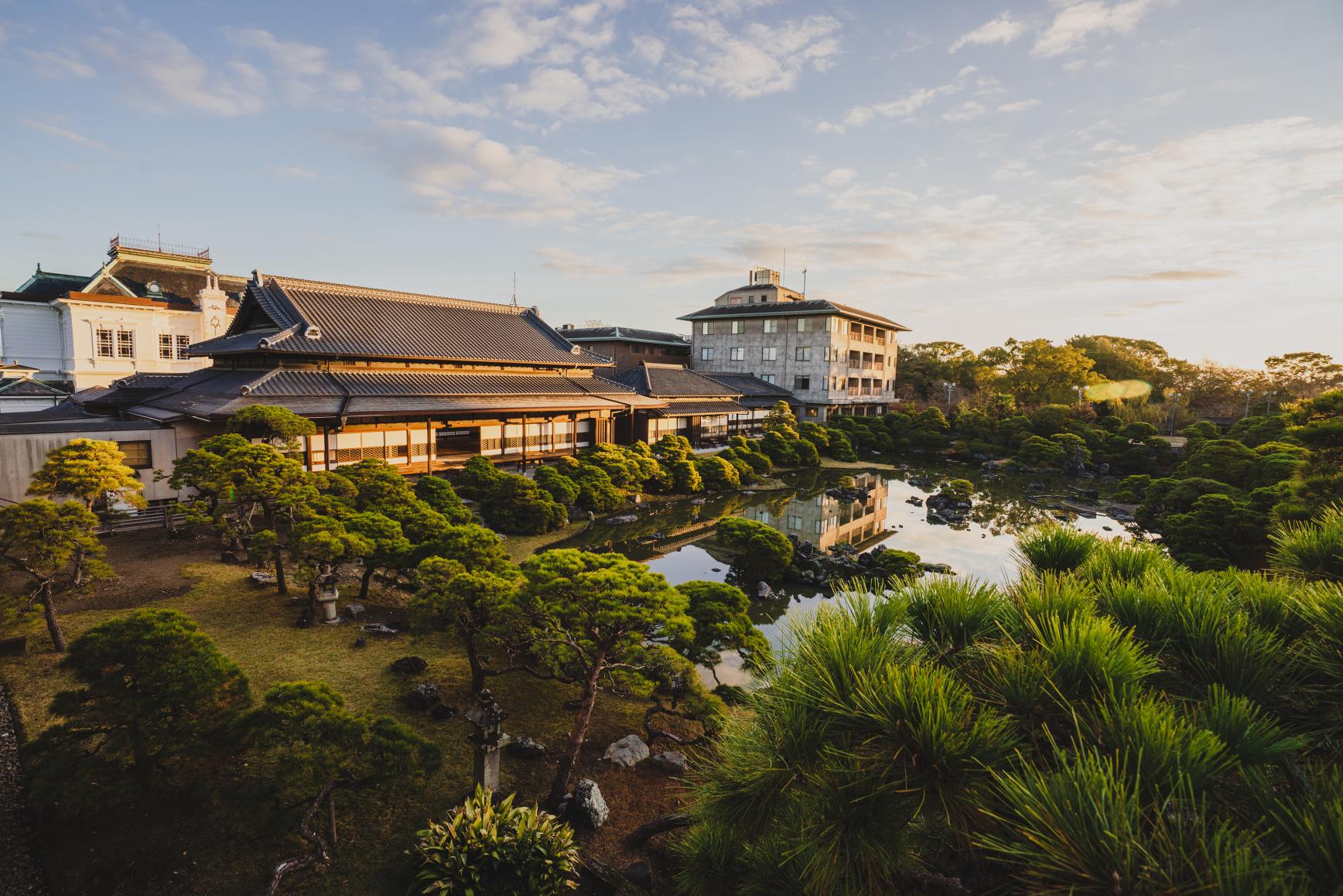
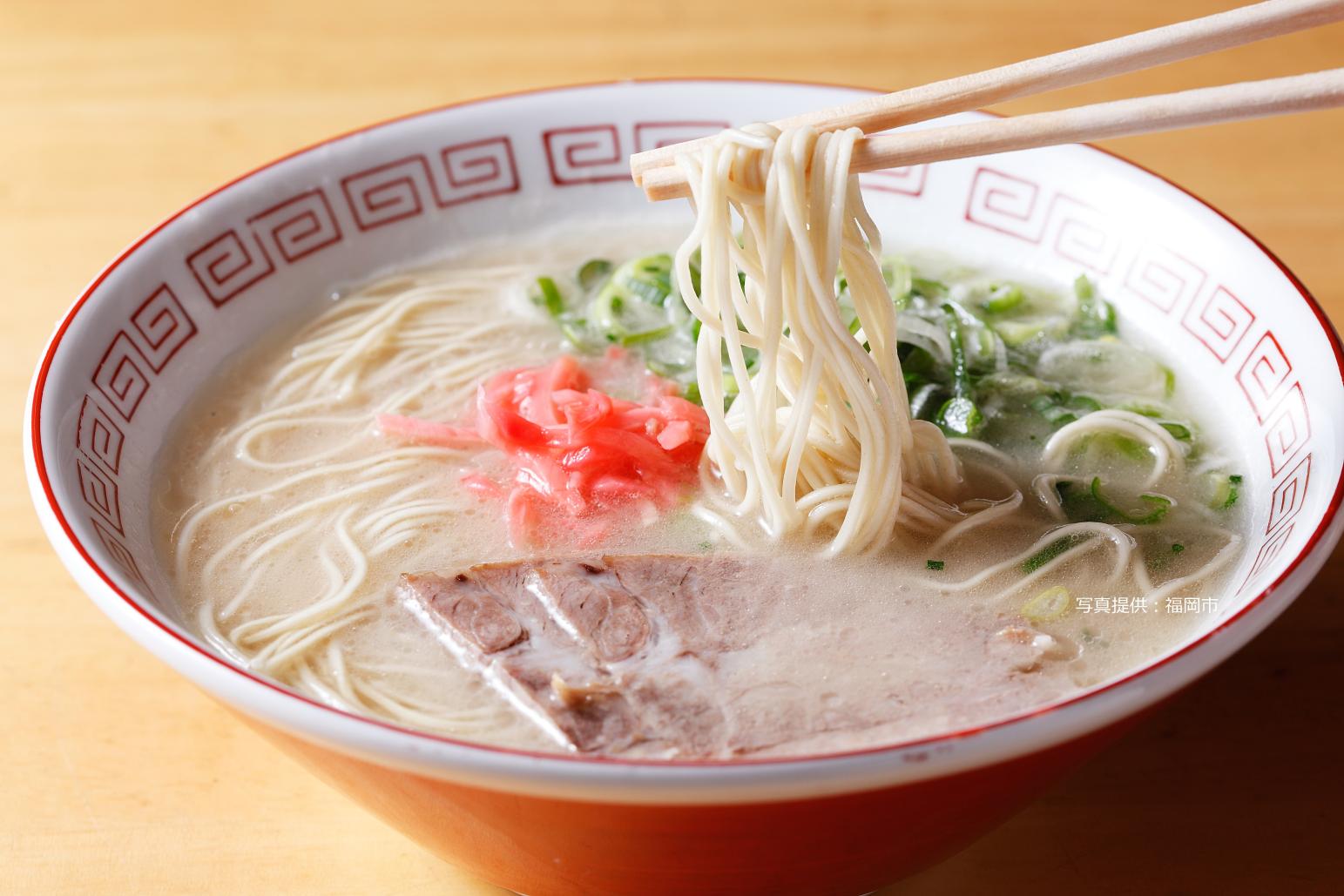
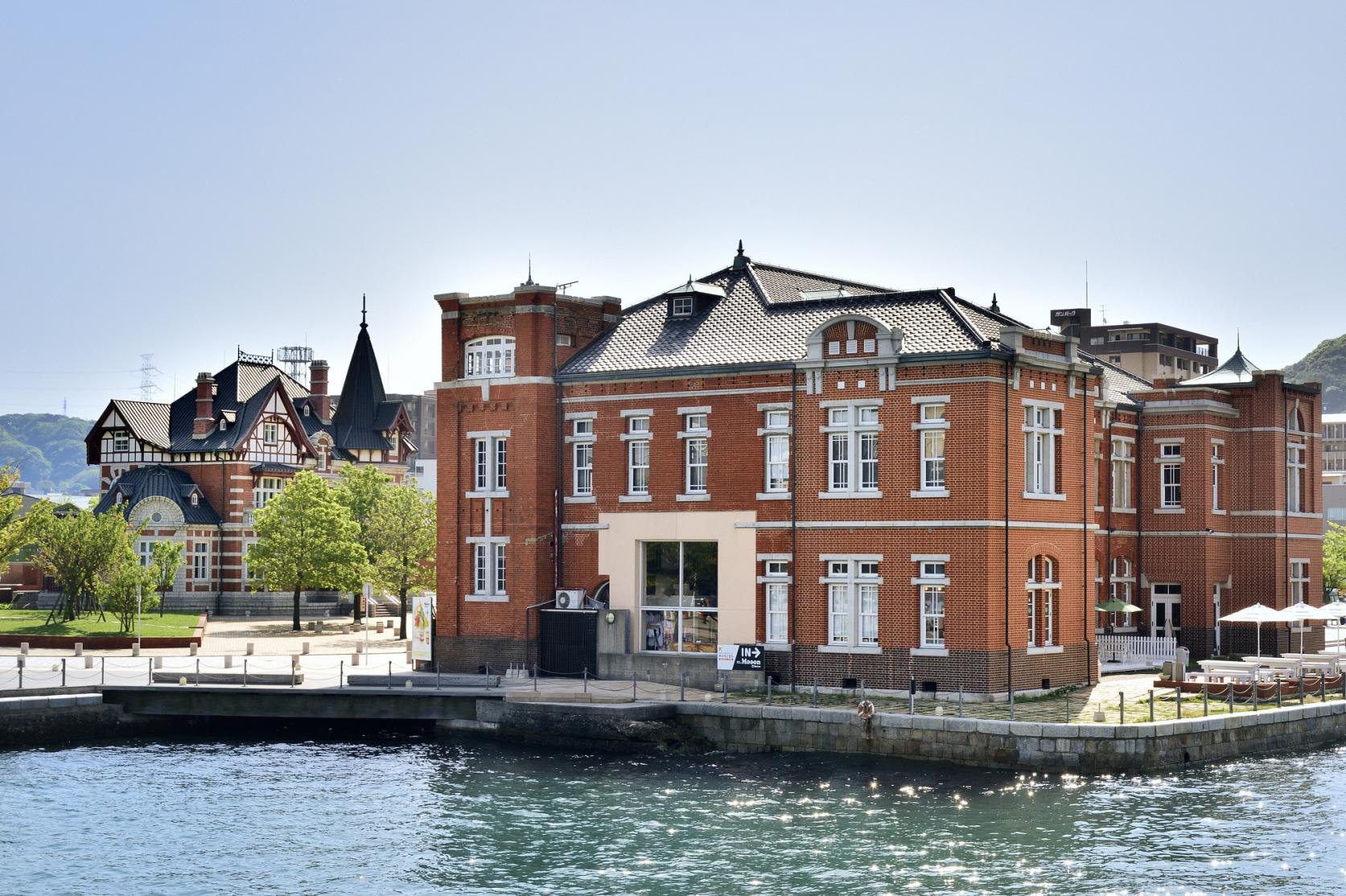
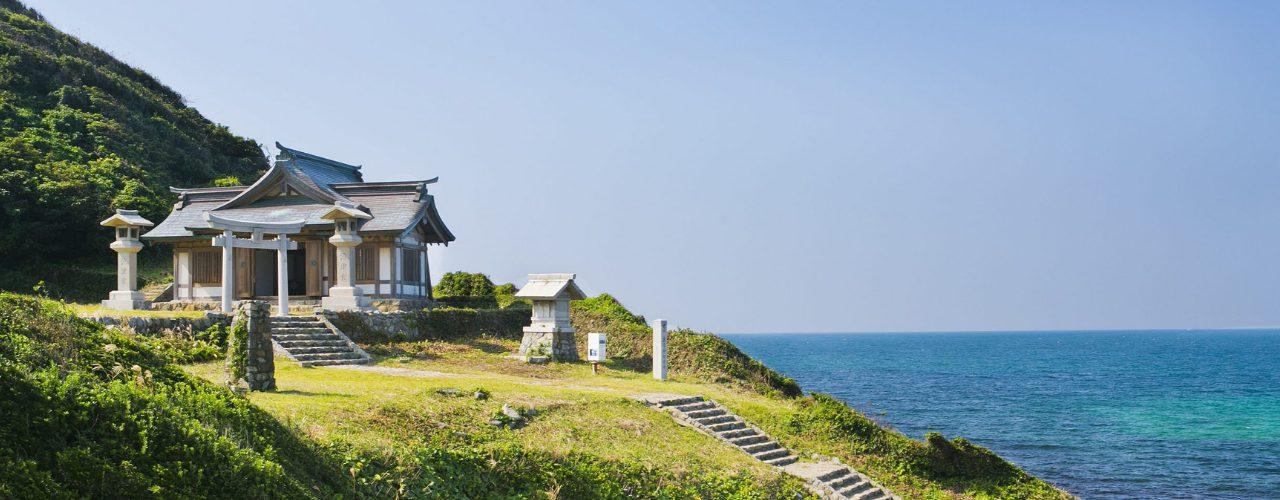
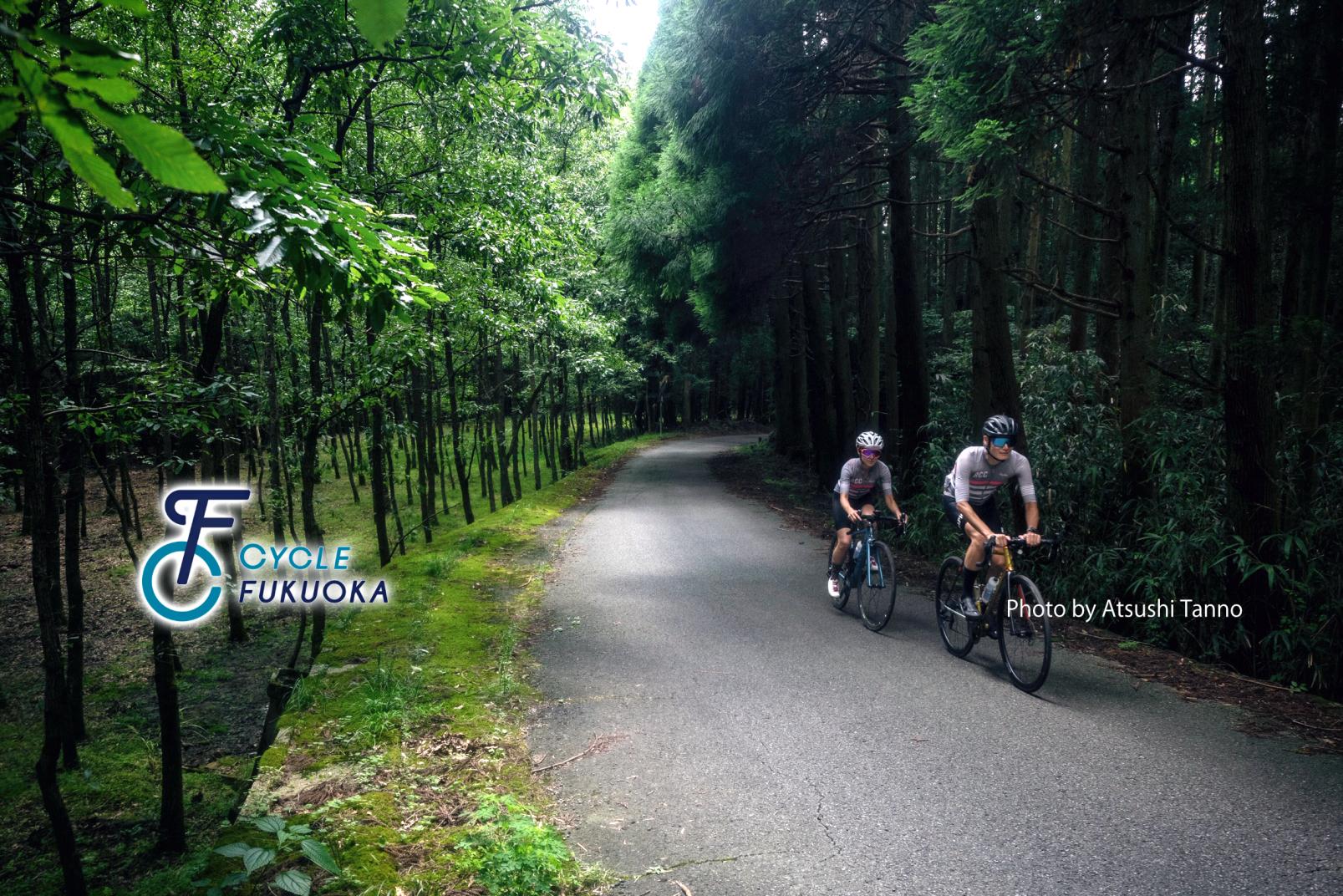
![[2024 Edition] Filled with blessings! The ultimate Fukuoka power spots to bring you happiness.-1](https://www.crossroadfukuoka.jp/storage/special_features/320/responsive_images/6SsCvBDXBhlZoAGUgarTOpZpEaEwsIqsWzSxW8cw__1289_856.png)
